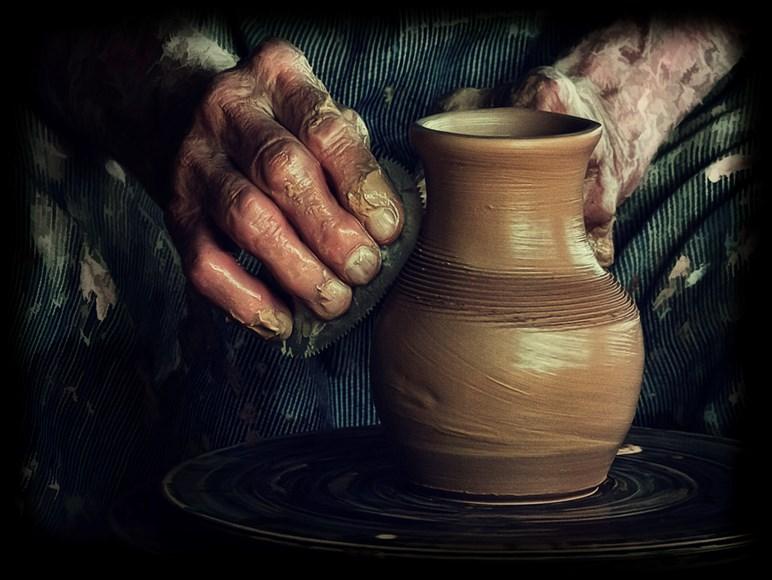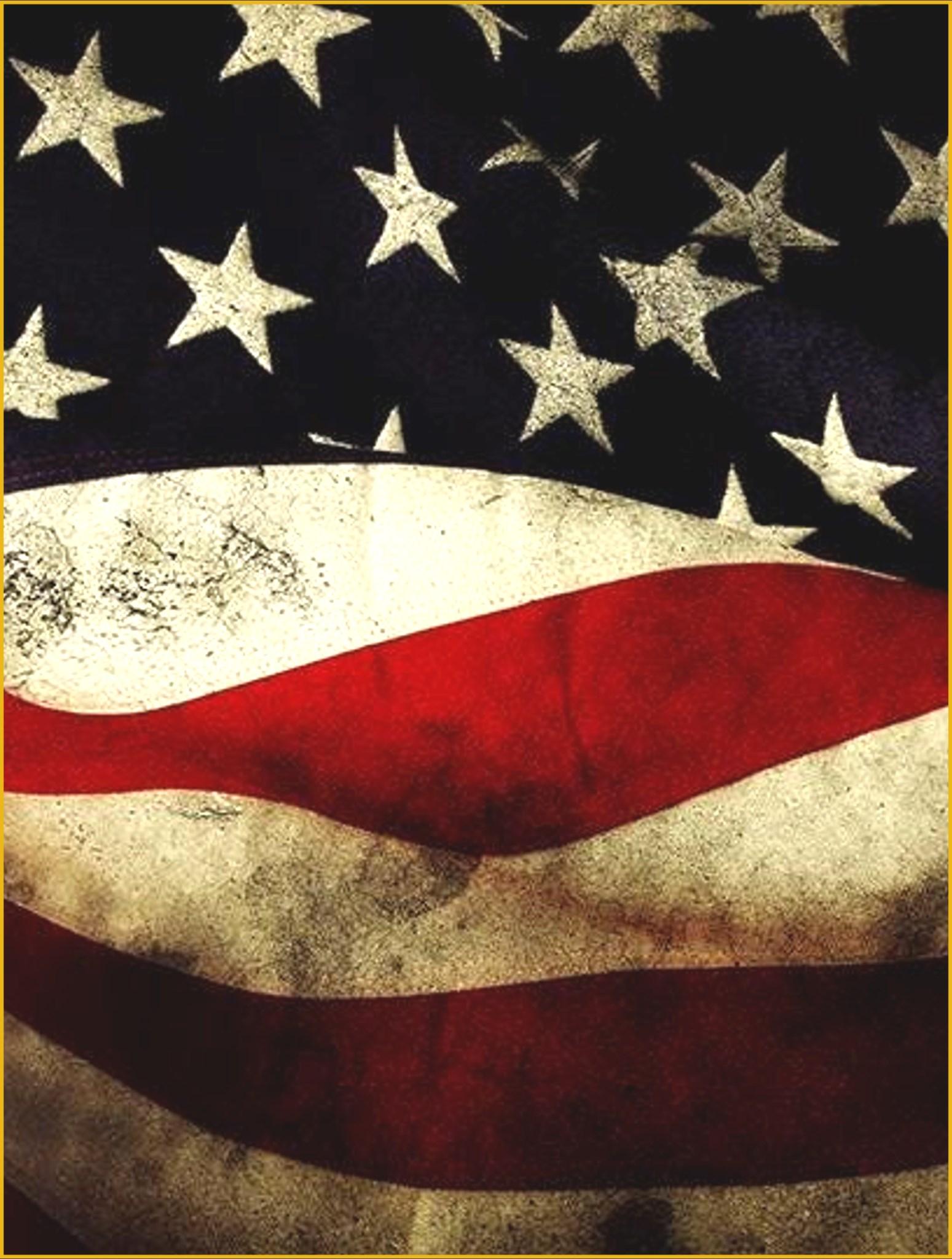

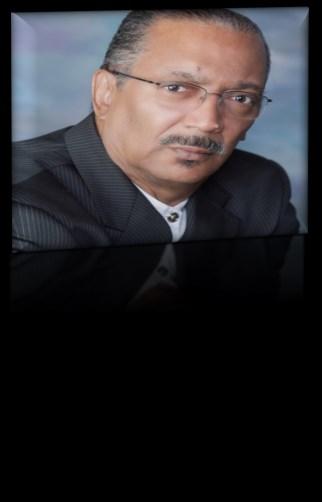





















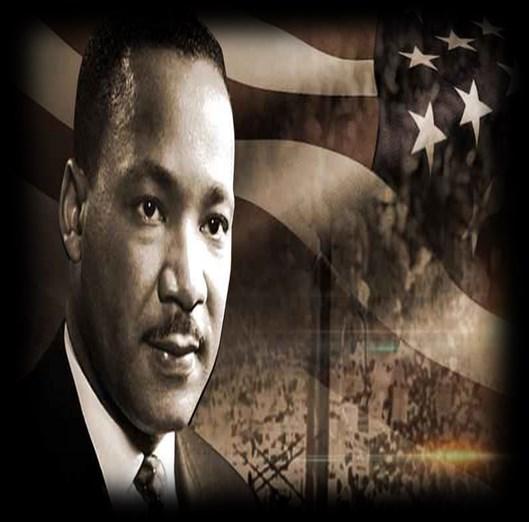
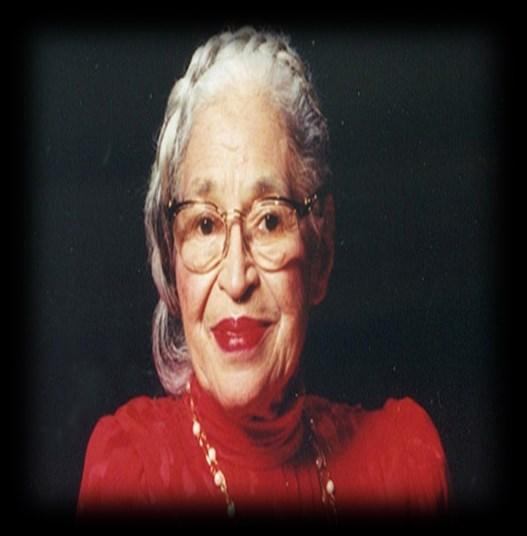

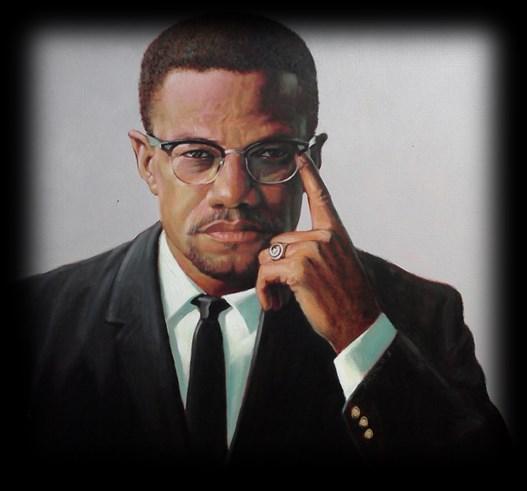


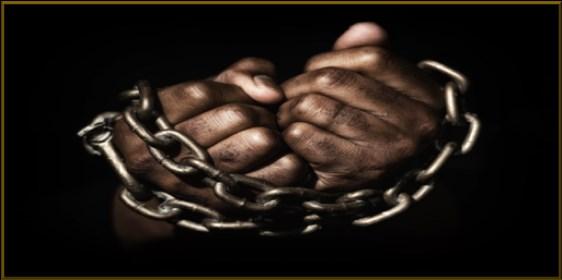



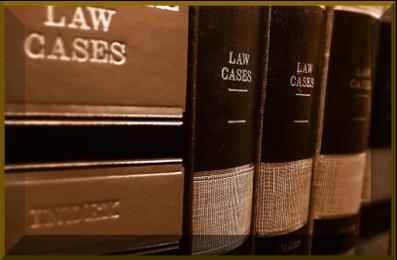


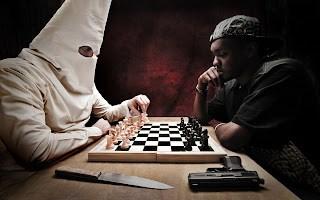
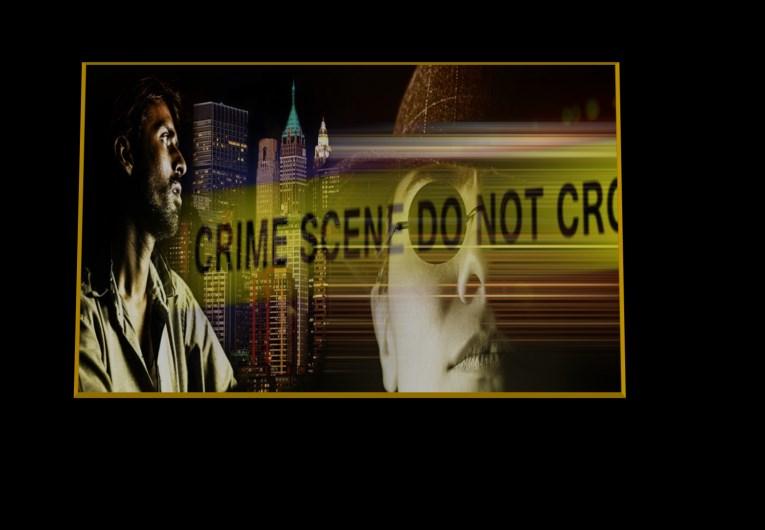

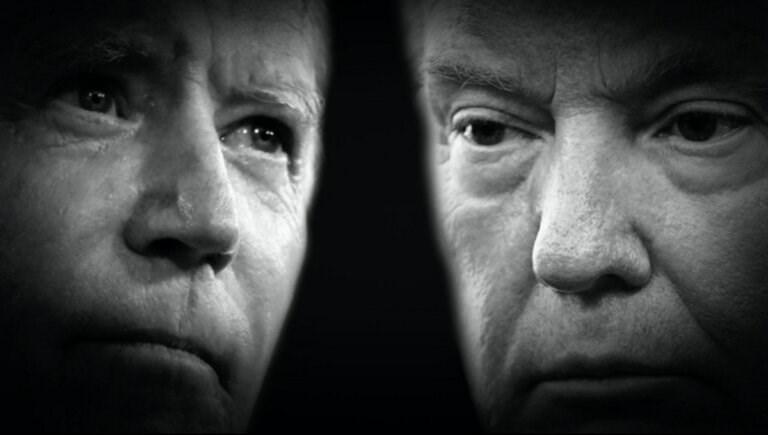



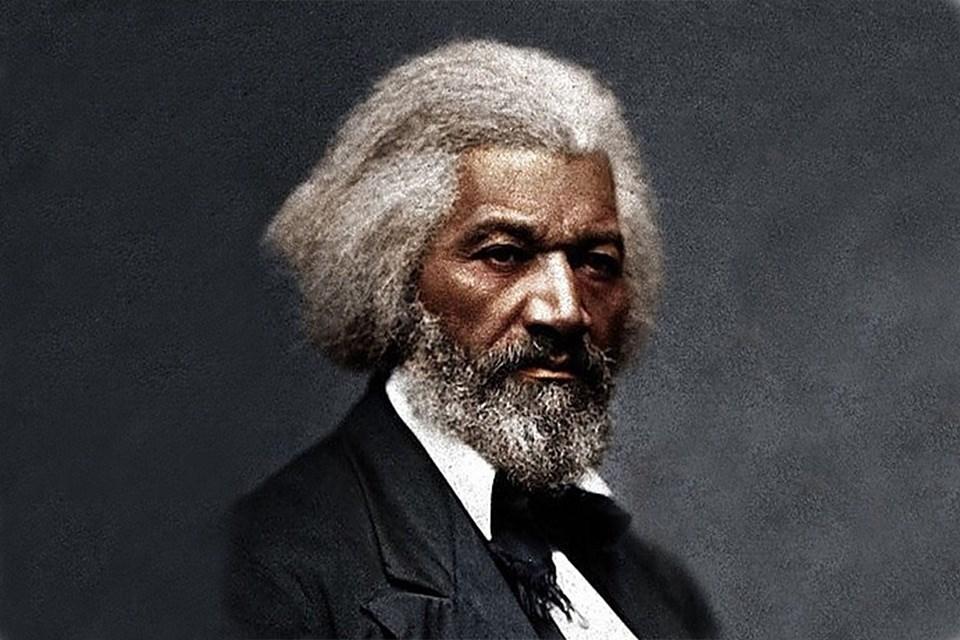
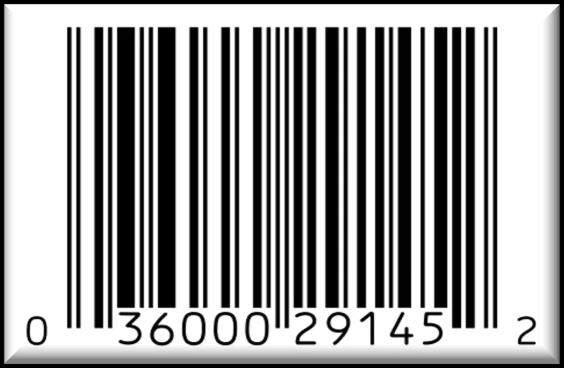




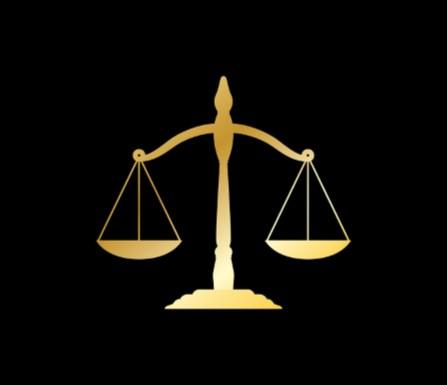

 By Chinta Strausberg
By Chinta Strausberg


he Tuesday, November 5, 2024, presidential general election is not too far away, and the question is willing the Black vote once again deliver the winning votes, or will it be a repeat of the embarrassing March 19, 2024, primary where the Black voter turnout was 20 percent of registered voters in Chicago.
Normally, it has been the Black vote that pulled the Democratic presidential election and other candidates over the finish line. However, the March 19th Black voter turnout was the second lowest for a presidential primary in Chicago in the last 80 years.
As important as the Cook County State’s Attorney’s race was to the Black community given the number of police abuse cases against African Americans, you would think that African Americans would come out in droves to the polls, but that was not the case on March 19th.
The sleeping Black giant that helped to elect Barack Obama in 2008 and 2012 and Mayor Harold Washington in 1983 and 1987, was clearly asleep at the wheel.
On March 19, 2024, Black voters failed to elect one of their own, Attorney Clayton Harris, III, a Democrat, who lost by less than 1,600 votes to a relatively unknown white candidate, Eileen O’Neill Burke, also a Democrat who received 50.1 percent, or 259,445, votes to Harris’ 49.9 percent, or 257,430.
Equally embarrassing was the 26 percent of registered voters casting their votes in the presidential March 19th primary. The suburban Cook County voters was even worse voting just less than 18 percent. People in Illinois voted a shocking 19 percent, according to election officials.
So, what happened to the Sleeping Black Giant on election day? Were they
tired of the predictions that once again it will be a Donald Trump vs Joe Biden lineup come November 5th so why bother to vote? Was it the lack of competition in the various races that turned off Black voters?
And they did not come out to vote for a referendum that if passed could help



funding to end homeless in Chicago and the nation. They are responding, but will we see results before the DNC meets?
So, now we’re in the November 5th mode with a great deal at risk especially for the Black community which has been ignored and underfunded for decades. Will Black voters throw up their hands, roll over and go back to sleep and let Trump win the Oval Office again?
Are they tired of the numerous court battles, convictions and escapades of Trump that is playing out in several courts? Is this causing voter apathy among Black voters?



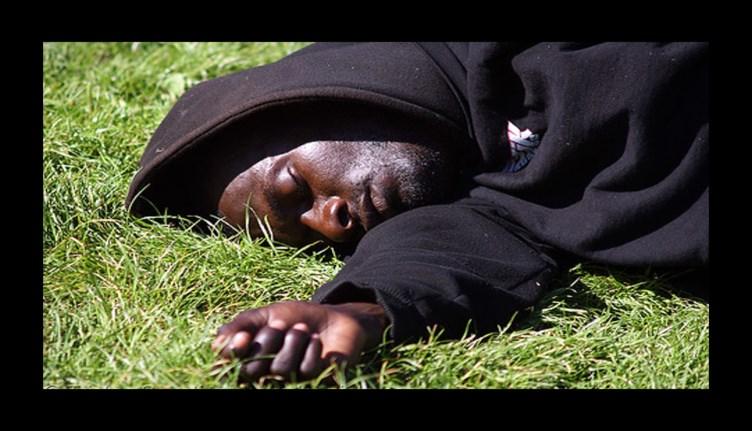
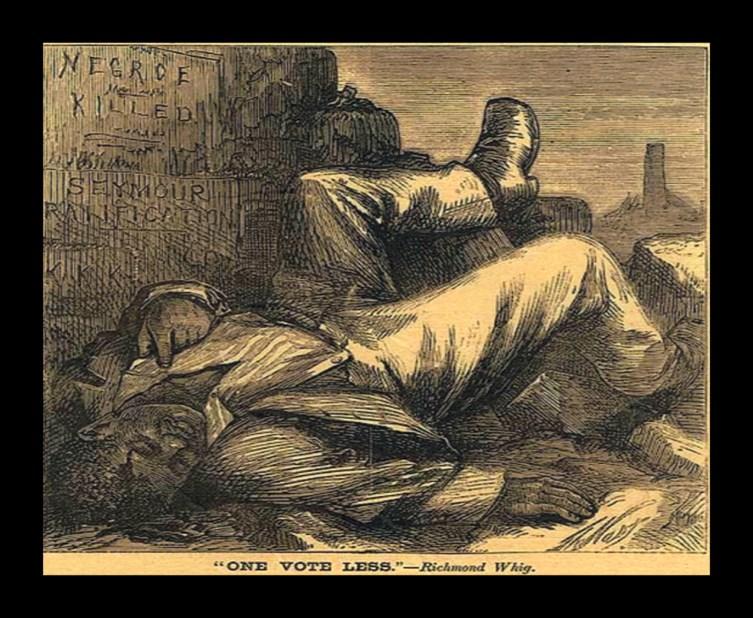


fund homelessness in Chicago. Now, that is a hot button issue, but if failed to wake up the Black Sleeping Giant. Some say Black voters may be playing revenge politics, but if that is true, they are only hurting themselves and giving energy and more power to Republicans.
St. Sabina’s Father Michael L. Pfleger has thrown some water on the Sleeping Black Giant by threatening to shut down the August 19-22nd Democratic National Convention if they won’t fight to get
Despite what some political pundits think, I believe Democrats can pull off the presidential race with Biden crossing the finish line. Why? Just look at the disarray within the Republican Party especially in the U.S. House of Representatives where you have the Rep. Marjorie Taylor Greene conservative Freedom Caucus that blocks everything proposed by Biden.
They even listen to Trump who dictates how they vote. Trump told them to not vote for the bi-partisan border bill that would have curbed the immigration crisis. Really? They would listen to a man who has been indicted four times and is the first President of the United States to be indicted in America’s 34-year history.
Trump faces 91 criminal charges in four criminal indictments in four different states; yet he is the heir apparent Republican presidential nominee.
And Trump claims he is picking up Black support including from Chicago thanks to some African American ministers who sources say are allegedly taking the Trump field money. I don’t think the Evangelicals can save their “Messiah” as they refer to Trump.
Despite women targeting the antiabortion GOP agenda, the arrogant and self-assured Trump still believes he will win and that he is above the law. His Continue on page 5.
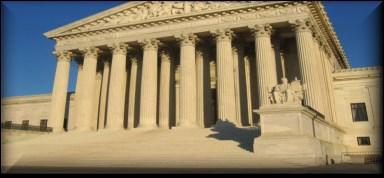

A free negro of the African race, whose ancestors were brought to this country and sold as slaves, is not a "citizen" within the meaning of the Constitution of the United States



The question is simply this: Can a negro, whose ancestors were imported into this country, and sold as slaves, become a member of the political community formed and brought into existence by the Constitution of the United States, and as such become entitled to all the rights, and privileges, and immunities, guarantied by that instrument to the citizen? One of which rights is the privilege of suing in a court of the United States in the cases specified in the Constitution....


We think [people of African ancestry] are not, and that they are not included, and were not intended to be included, under the word "citizens" in the Constitution, and can therefore claim none of the rights and privileges which that instrument provides for and secures to citizens of the United States


They had for more than a century before been regarded as beings of an inferior order, and altogether unfit to associate with the white race, either in social or political relations; and so far inferior, that they had no rights which the white man was bound to respect; and that the negro might justly and lawfully be reduced to slavery. . . . He was bought and sold, and treated as an ordinary article of merchandise and traffic, whenever a profit could be made by it. This opinion was at that time fixed and universal in the civilized portion of the white race.


This decision also ruled the Missouri Compromise unconstitutional and thereby precipC W

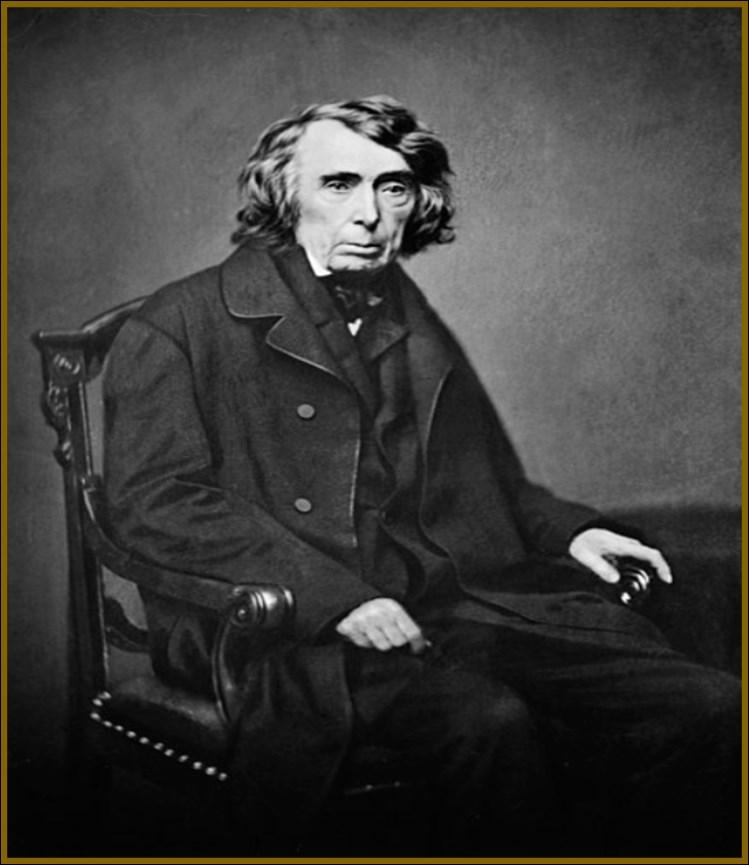








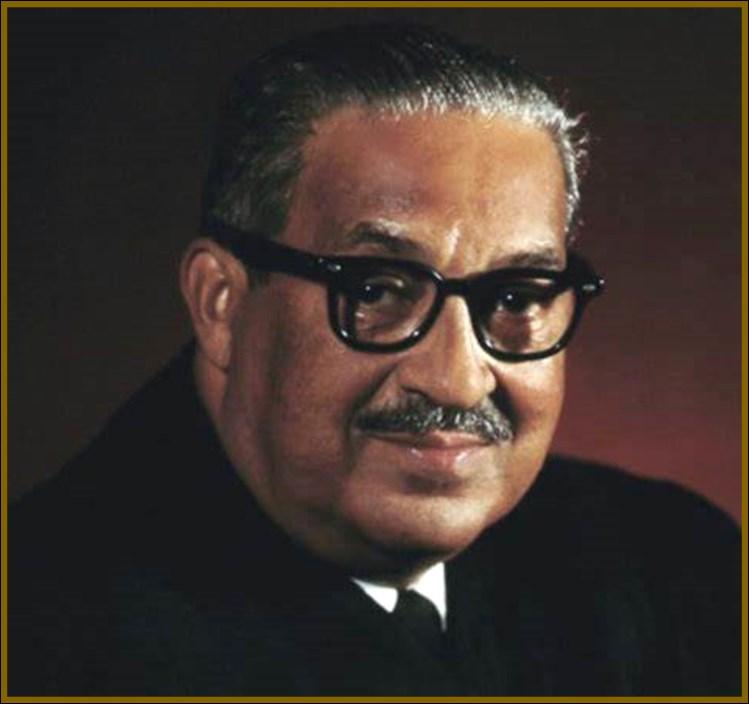
Marshall was born in Baltimore, Maryland, in 1908. After being rejected from the University of Maryland Law



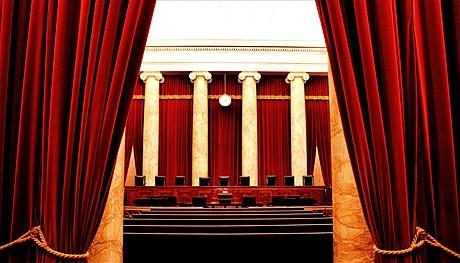
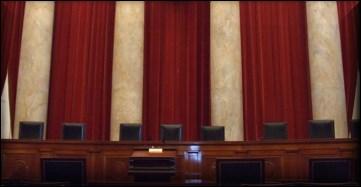
tion of Topeka, in which the Supreme Court ruled that segregation violated the equal rights clause of the 14th Amendment to the Constitution and was thus illegal. The decision served as a great impetus for the civil rights movement and ultimately led to the abolishment of segregation in all public facilities and accommodations.

In 1961, President John F. Kennedy appointed Marshall to the U.S. Court of Appeals, but his nomination was opposed by many Southern senators, and he was not confirmed until the following year. In 1965, President Lyndon Johnson appointed Marshall to be solicitor general of the United States. In this position, he again successfully argued cases before the Supreme Court, this time on behalf of the U.S. government.










On June 13, 1967, Johnson nominated Marshall to fill the seat of retiring Supreme Court Justice Tom Clark. Of his decision to appoint Marshall, Johnson said it was the right thing to do, the right time to do it, the right man, and the right place. After a heated debate, the Senate confirmed Marshall s nomination by a vote of 69 to 11 on August 30. Marshall was officially sworn in to the nation s highest court at the opening ceremony of the Supreme Court term on October 2.






During his 24 years on the high court, Associate Justice Marshall consistently challenged discrimination based on race or sex, opposed the death penalty and vehemently defended affirmative action. He supported the rights of criminal defendants and defended the right to privacy. As appointments by a largely Republican White House changed the ideology of the Supreme Court, Marshall found his liberal views increasingly in the minority.













Marshall retired in 1991 because of declining health and died in 1993.
















Chief Justice Earl Warren swears in Thurgood Marshall, the first Black justice of the U.S. Supreme Court. As chief counsel for the National Association for the Advancement of Colored People (NAACP) in the 1940s and ’50s, Marshall was the architect and executor of the legal strategy that ended the era of official racial segregation.




School on account of his race, he was accepted at all Black Howard University in Washington, D.C. At Howard, he studied under the tutelage of civil liberties lawyer Charles H. Houston and in 1933 graduated first in his class. In 1936, he joined the legal division of the NAACP, of which Houston was director, and two years later succeeded his mentor in the organization s top legal post.



The great grandson of an enslaved person,






As the NAACP s chief counsel from 1938 to 1961, he argued more than a dozen cases before the U.S. Supreme Court, successfully challenging racial segregation, most notably in public education. He won nearly all of these cases, including a groundbreaking victory in 1954’s Brown v. Board of Educa-



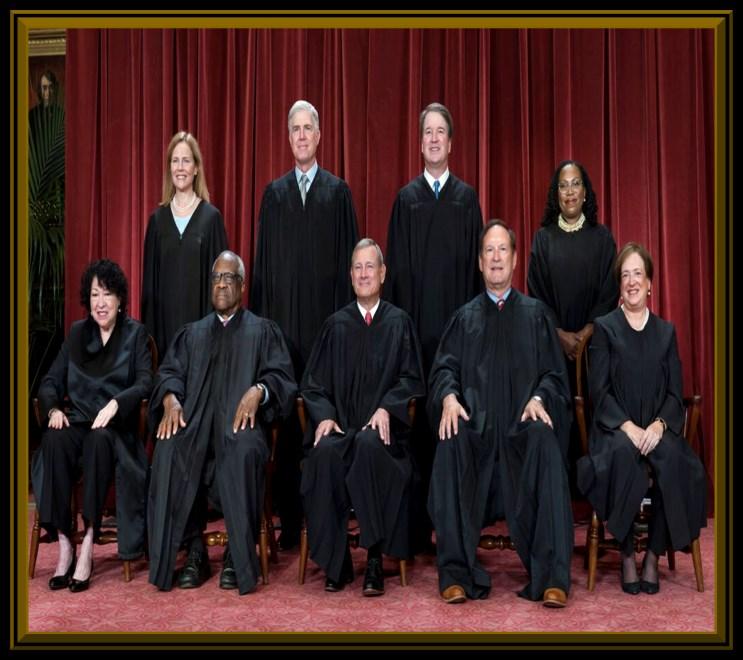

Strausberg Continued from page 2.
conduct in the court is laughable and embarrassing.
Trump falls asleep in the New York courtroom and farts then goes outside and violates the judges gag order by attacking witnesses.
Well, Judge Juan Merchan gave a blow to Trump when he fined him $9,000 for violating his gag order when he criticized his former lawyer, Michael Cohen, known as “The Fixer,” and porn star Stormy Daniel whom he allegedly paid $130,000 in hush money before the 2020 campaign a charge Trump still denies.
In New York Trump is charged with 34 counts of falsifying his business records especially the hush money to Daniels and his alleged sex affair with Karen McDougal.
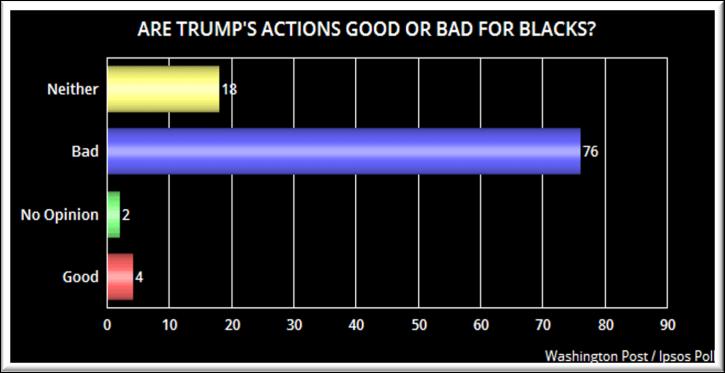
According to USA Today, there are 19 other women who claim they either had sexual relations or unwanted advances from Trump. Stay tune for these allegations.
And Democrats should benefit from the secret grand jury in Arizona where 11 Republicans and seven top advisers to Trump were indicted on charges, they allegedly conspired to keep Trump in power by forging official documents they sent to Congress in 2020.
All of these unprecedented charges should be the shot in the arm to excite Black voters to come out in droves to vote for Biden, but I am not so sure that is enough because many Blacks are complaining that Biden is either too old or that he hasn’t done enough for the Black community.
Trump is 77 years old and will be 78 on June 14th, and Biden is 81 and will turn 82 on November 20th. That’s not a lot of difference, and it should not be used as
an excuse not to vote.
But there are other reasons why Black voters should be come out in big numbers and vote. It is the Republican agenda that will become a political nightmare if they are elected on November 5th. It’s the GOP’s Heritage Foundation’s Project 2025 right wing agenda that is seen as a threat to our democracy and our civil rights.
Here are a few reasons why the Black Sleeping Giant needs to remain true to its name. If elected, Republicans have vowed to repeal the Affordable Care Act and slashing Medicare.
According to the White House, if this happens then “that would mean higher health care costs for tens of millions of Americans; ending critical protections for people with pre-existing conditions; millions of people losing health coverage and care; and threats to health care for seniors and people with disabilities, including growing home care waiting lists and worse nursing home care.”
Republicans have also vowed to cut Social Security and Medicaid. If they are successful, millions of people will be forced to pay higher health care costs, and about 100 million people with preexisting conditions could be denied critical health care. More than 24 million people could lose protections against catastrophic medical bills. Millions could lose free preventive car under the GOP agenda. Some 40 million people’s health insurance coverage would be at risk.
Republicans can either repeal proposals or gut them entirely because they will have the votes.
According to the White House, more than seven million seniors and those with disabilities could receive worse home care, with ballooning wait lists for those still in need. Hundreds of thousands of nursing home residents would be at risk of getting lower quality of care. Nursing care homes are covered by 60 percent of Medicaid.
Also, millions of people will lose access to Opioid treatment and mental health care including 34 million children who
will be at risk of losing guaranteed access to mental health care. Rural hospitals would also be snared into the GOP cuts with more than 500 possibly closing.
The Republican agenda also cuts public education and opportunities for young people seeking jobs especially programs geared to help Black people. So, I say to the Sleeping Black Giant, wake up and remember the vote you cast is not just for the Democratic Party. It’s for you and your family, too. It’s for the next generation. So, just like on March 19th, on November 5th, the choice is yours, but if you again roll over and go back to sleep, you, not Trump, will be to blame. Can you live with that?







he Great Migration was the relocation of more than 6 million Black Americans from the rural South to the cities of the North, Midwest and West from about 1916 to 1970. Driven from their homes by unsatisfactory economic opportunities and harsh segregationist laws, many Black Americans headed north, where they took advantage of the need for industrial workers that arose during the First World War. During the Great Migration, Black people began to build a new place for themselves in public life, actively confronting racial prejudice as well as economic, political and social challenges to create a Black urban culture that would exert enormous influence in the decades to come.





After the Civil War and the Reconstruction era, racial inequality persisted across the South during the 1870s, and the segregationist policies known as "Jim Crow" soon became the law of the land.




Black Southerners were still forced to make their living working the land due to Black codes and the sharecropping system, which offered little in the way of economic opportunity, especially after crop damage resulting from a regional boll weevil infestation in the 1890s and early 1900s.





Did you know?




And while the Ku Klux Klan had been officially dissolved in 1869, the KKK continued underground after that, and intimidation, violence and lynching of Black southerners were not uncommon practices in the Jim Crow South.
Around 1916, when the Great Migration began, a factory wage in the urban North was typically three times more than what Black people could expect to make working the land in the rural South.



The Great Migration Begins



When World War I broke out in Europe in 1914, industrialized urban areas in the
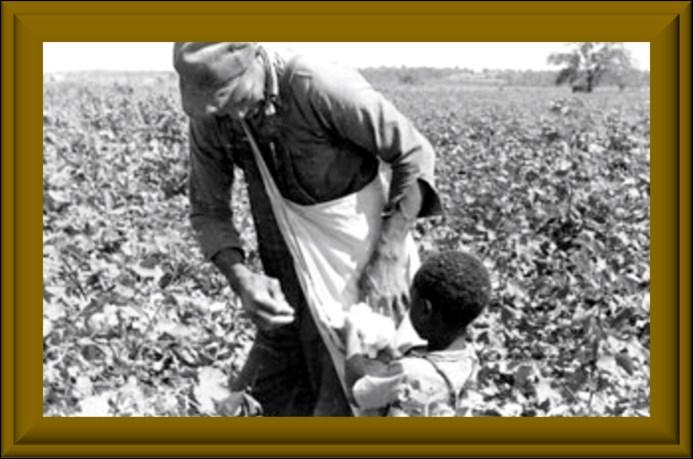
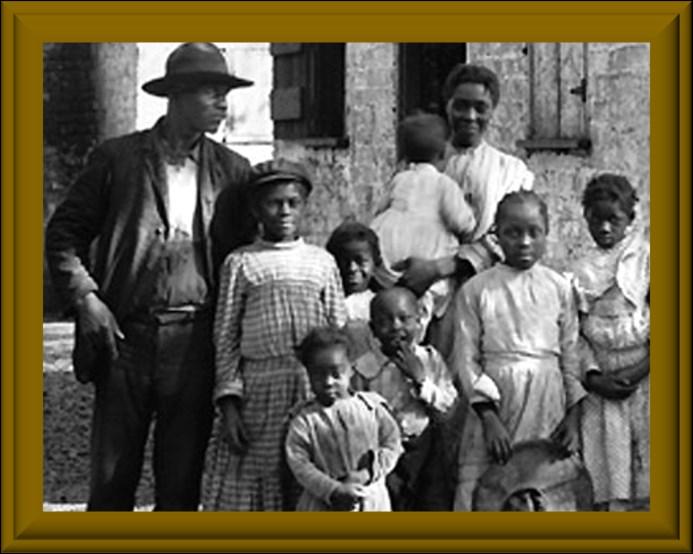
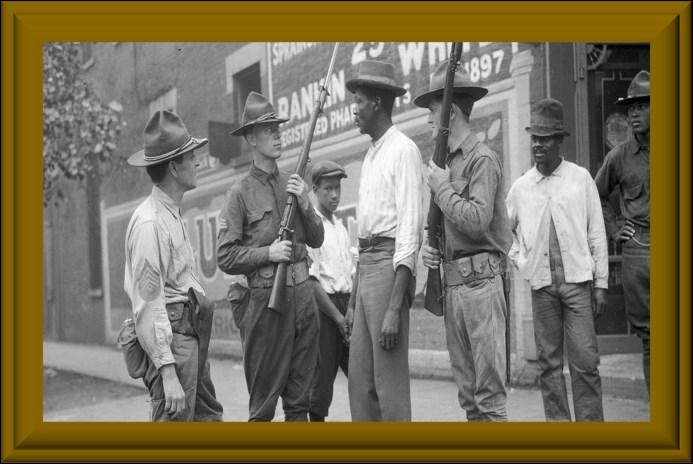
North, Midwest and West faced a shortage of industrial laborers, as the war put an end to the steady tide of European immigration to the United States.





in the cities of the North and West, along with first person accounts of success.






Life for Migrants in the City


By the end of 1919, some scholars estimate that 1 million Black people had left the South, usually traveling by train, boat or bus; a smaller number had automobiles or even horse drawn carts.




In the decade between 1910 and 1920, the Black population of major Northern cities grew by large percentages, including New York City (66 percent), Chicago (148 percent), Philadelphia (500 percent) and Detroit (611 percent).


Many new arrivals found jobs in factories, slaughterhouses and foundries, where working conditions were arduous and sometimes dangerous. Female migrants had a harder time finding work, spurring heated competition for domestic labor positions.


Aside from competition for employment, there was also competition for living space in increasingly crowded cities. While segregation was not legalized in the North (as it was in the South), racism and prejudice were nonetheless widespread.


After the U.S. Supreme Court declared racially based housing ordinances unconstitutional in 1917, some residential neighborhoods enacted covenants requiring white property owners to agree not to sell to Black people; these would remain legal until the Court struck them down in 1948.





With war production kicking into high gear, recruiters enticed Black Americans to come north, to the dismay of white Southerners. Black newspapers particularly the widely read Chicago Defender published advertisements touting the opportunities available
Rising rents in segregated areas, plus a resurgence of KKK activity after 1915, worsened Black and white relations across the country. The summer of 1919 began the greatest period of interracial strife in U.S. history at that time, including a disturbing wave of race riots.

Continue on page 7.




he Great Migration is regarded as one of the most significant turntables for the Black community in American
Great Migration are still incredibly significant and cannot be downplayed. The Blacks who migrated to the North were ex-
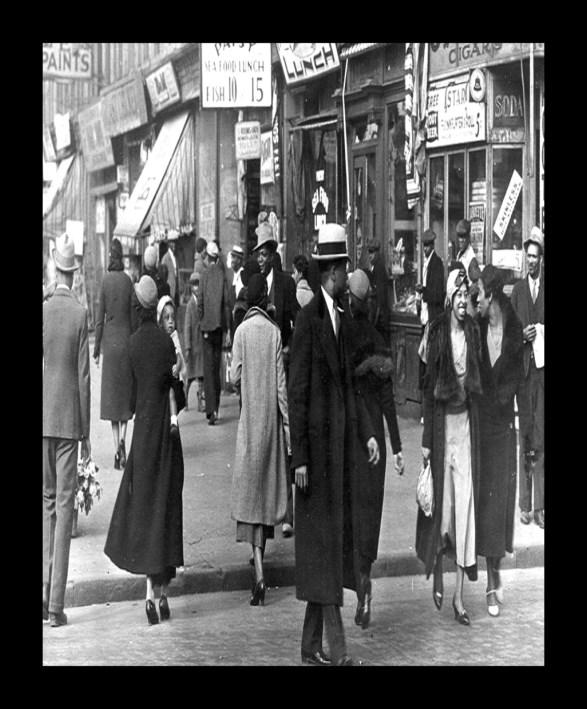

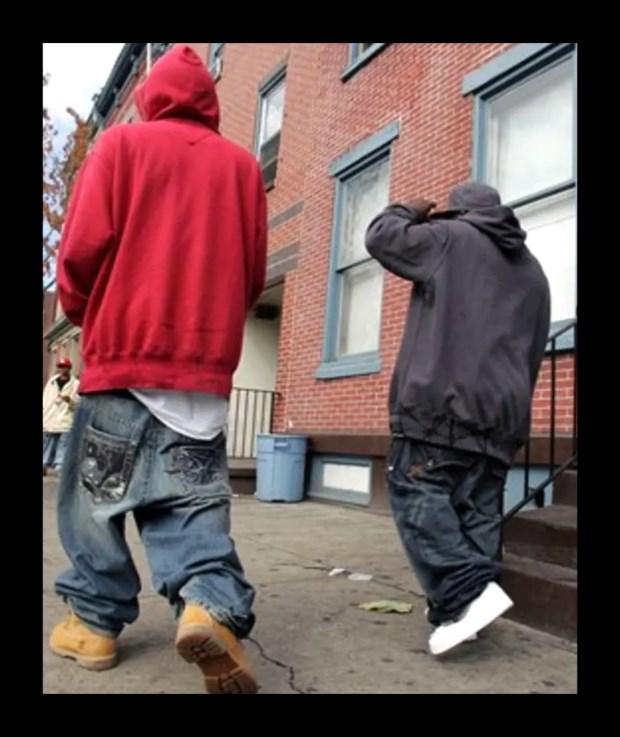
history and most importantly, the history of African Americans that started in the 1900s. It is considered the world’s largest and fastest movement of people and was not caused by any immediate danger or violence. However, the causes of the
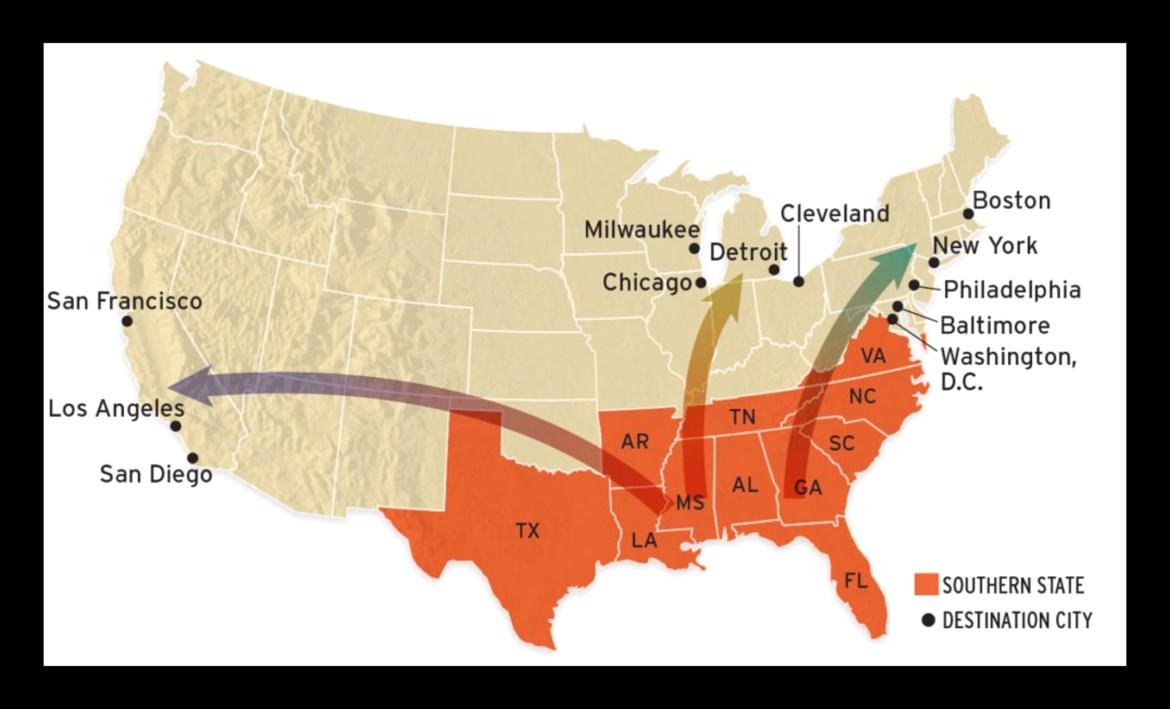
tremely conscious of their appearance… why then are certain 21st Century Blacks not conscious of their appearance? Why are particular youths displaying their backsides while roaming the streets? Could this be the prison mentality?

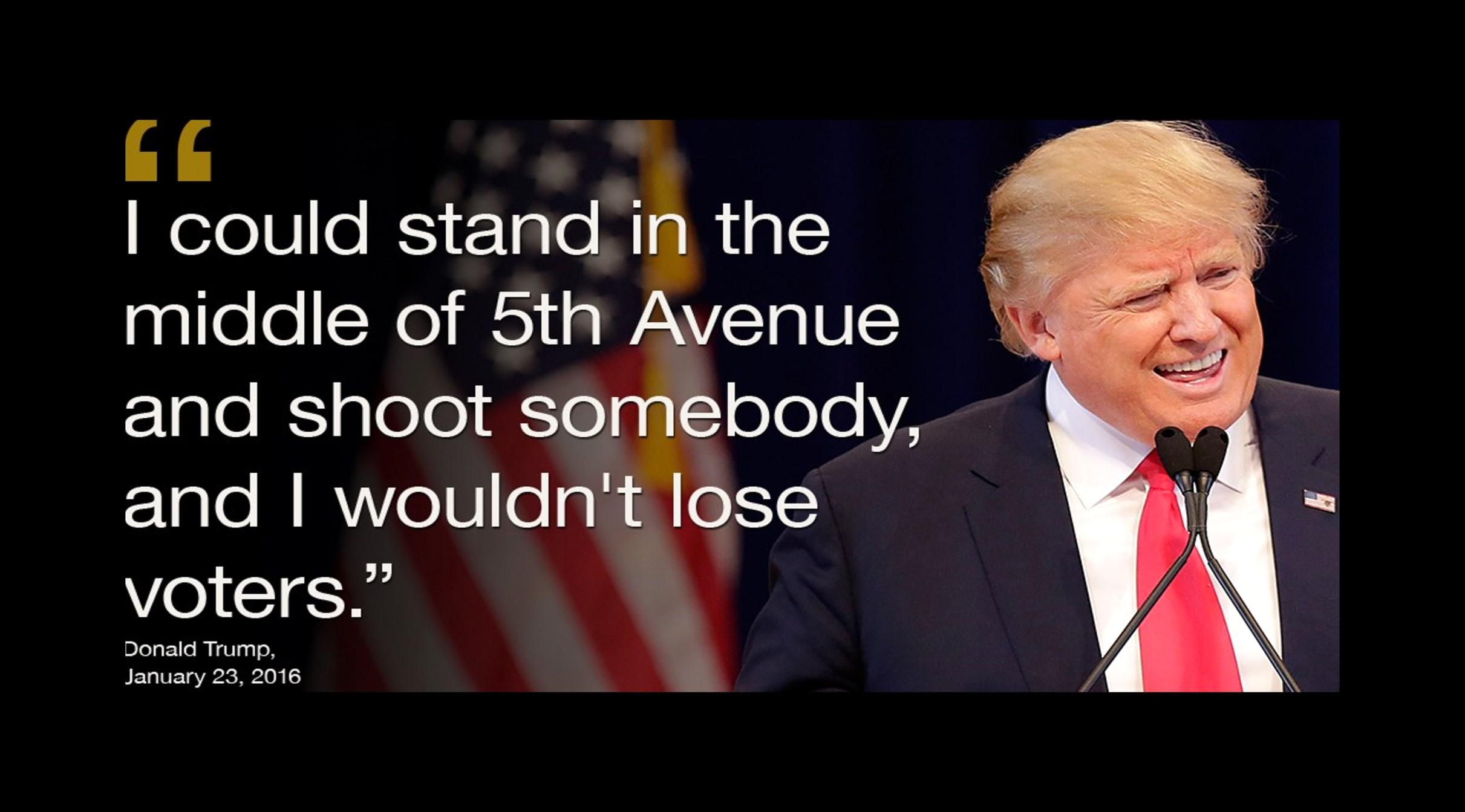



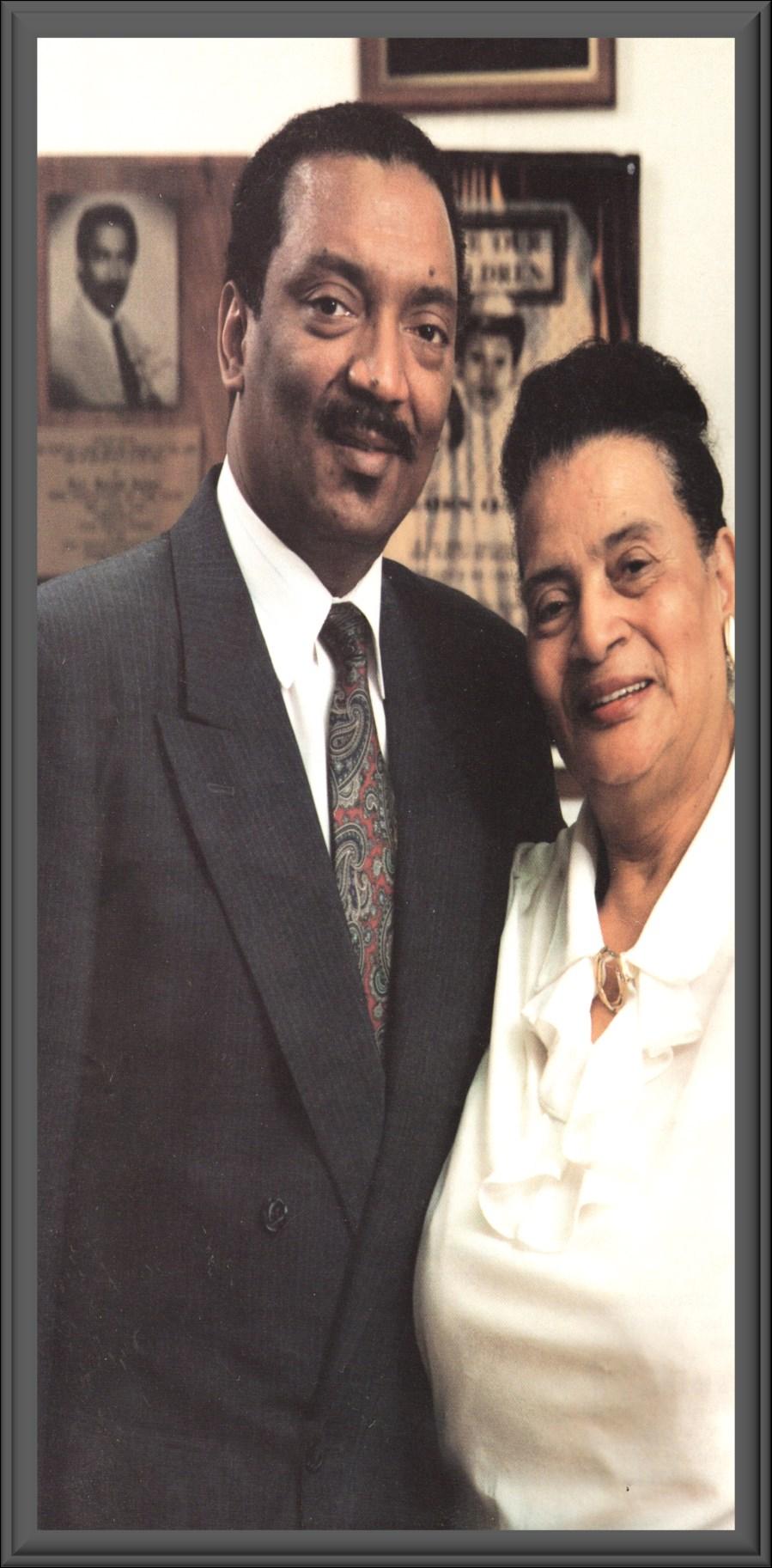

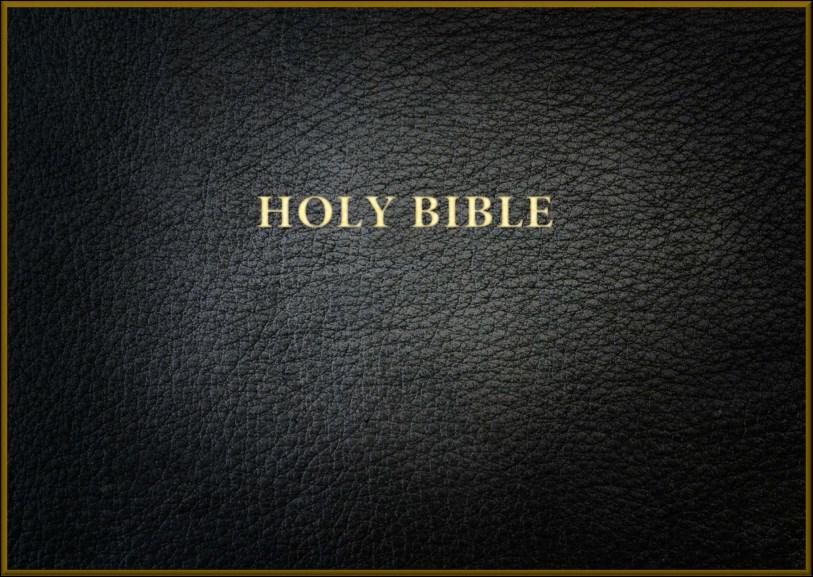
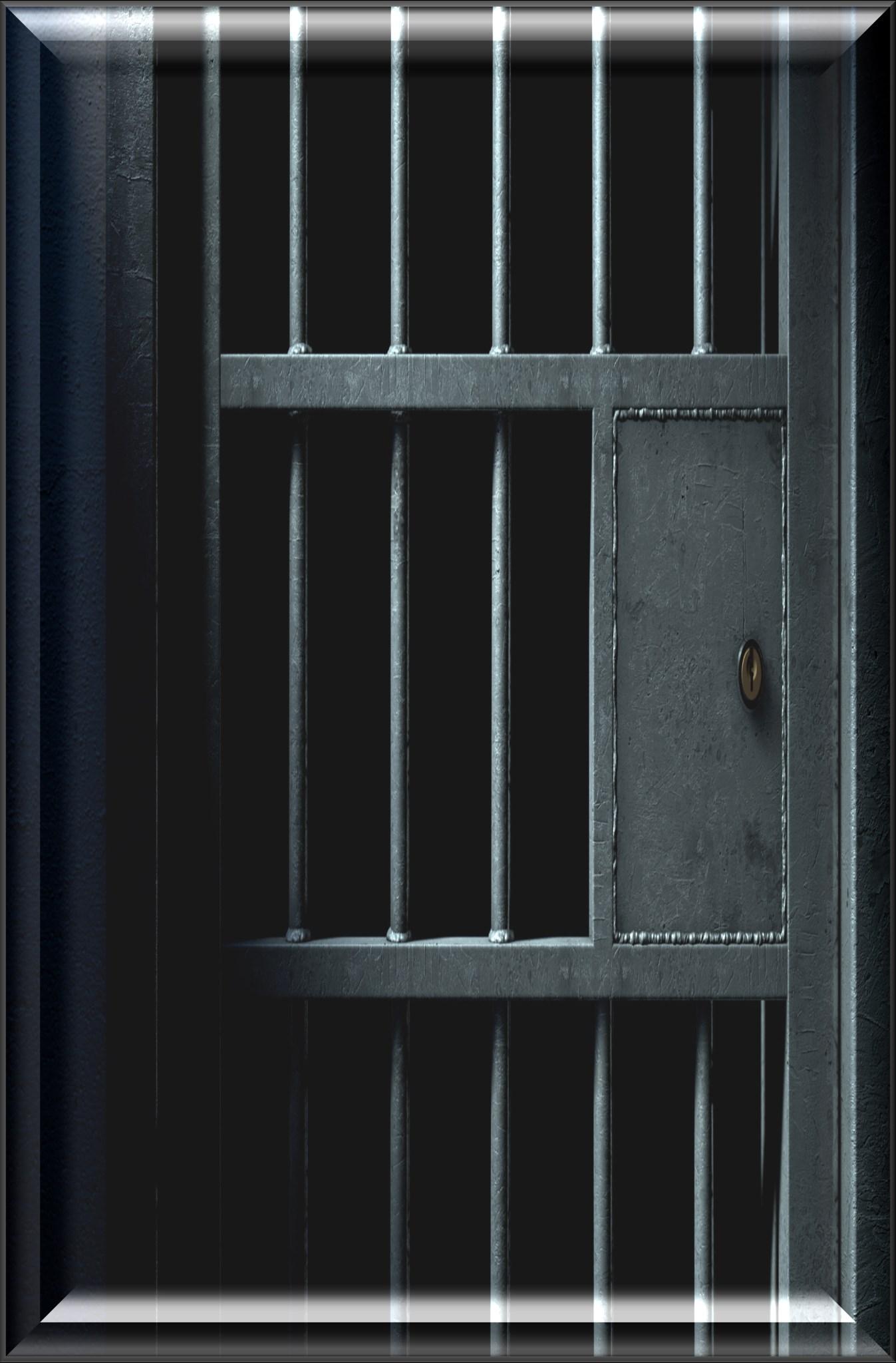

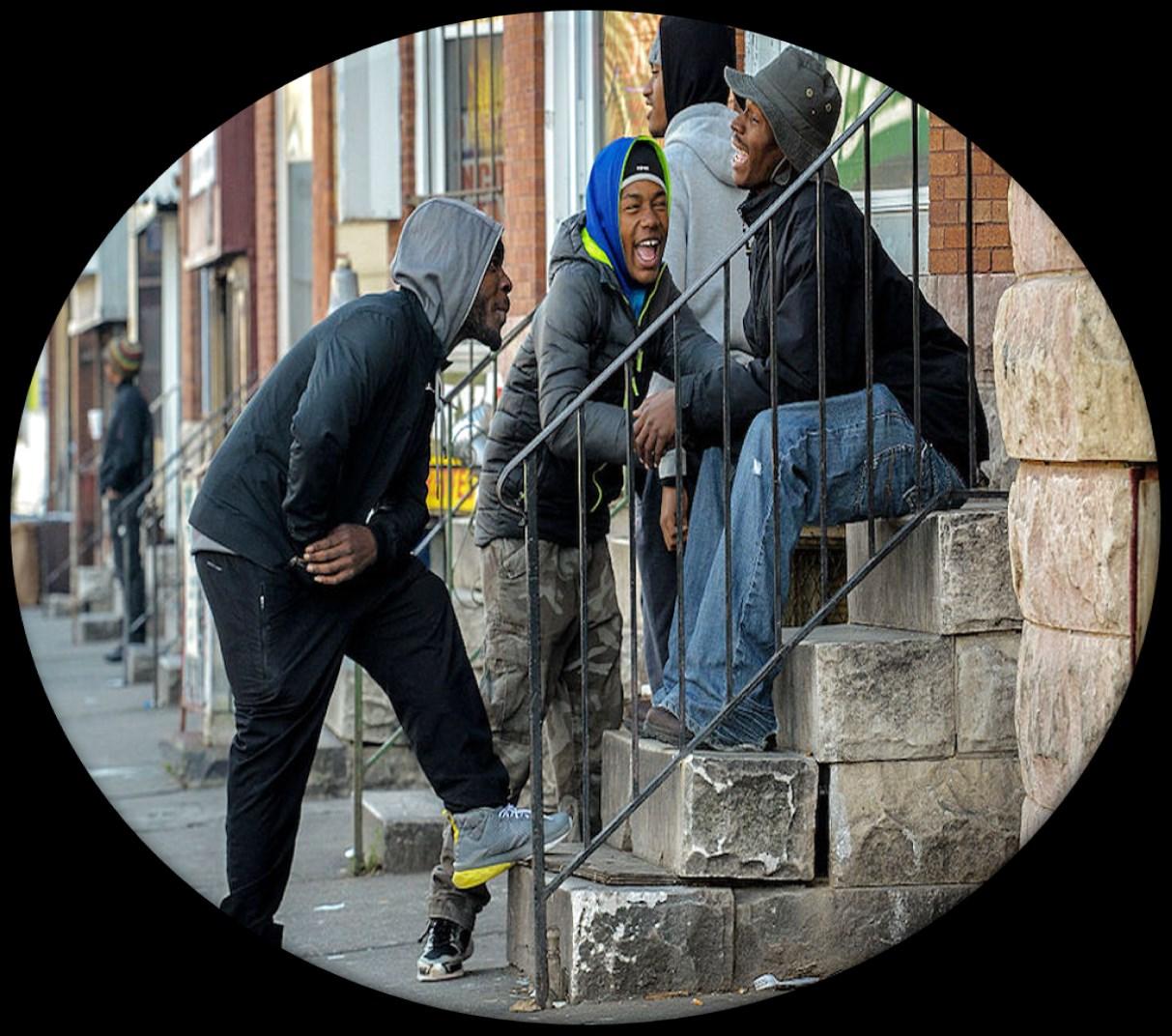

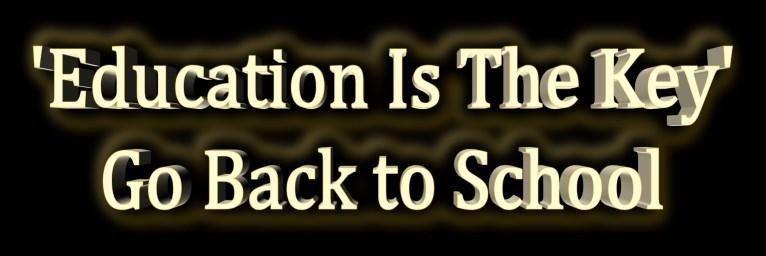
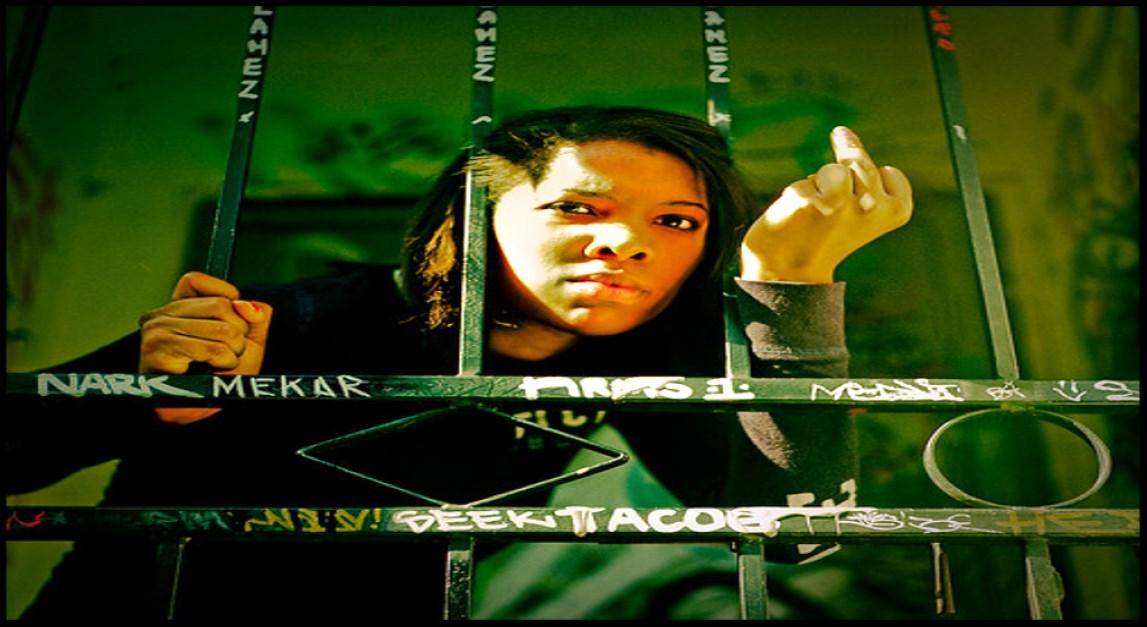
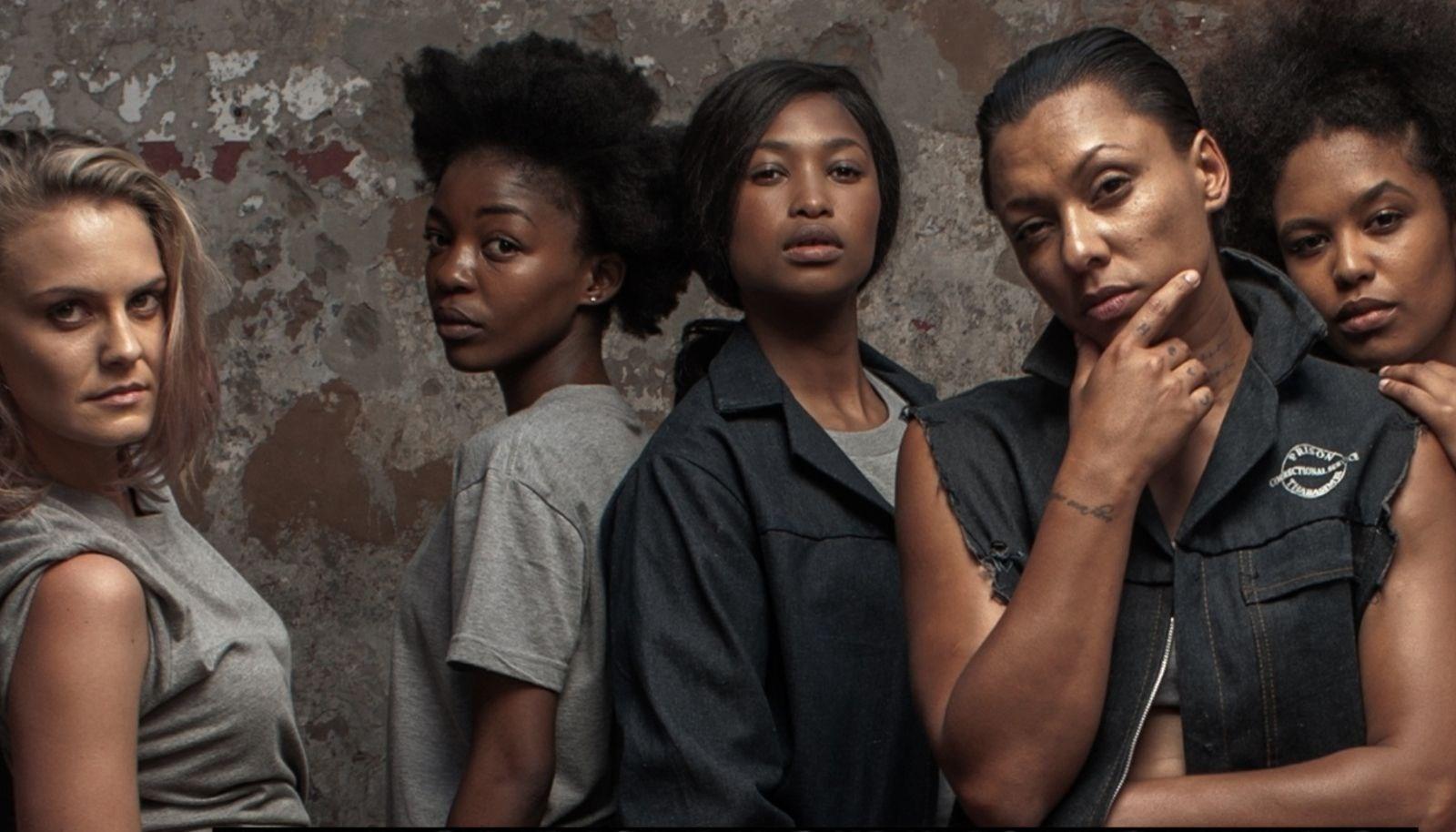

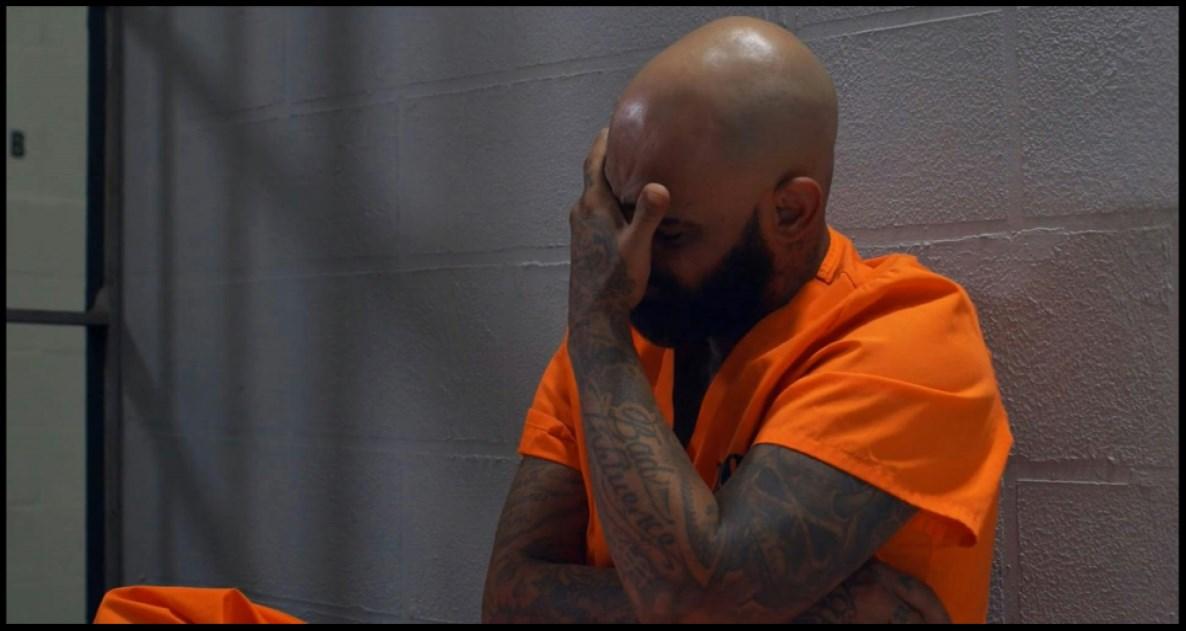



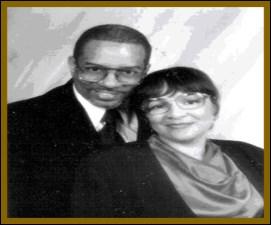
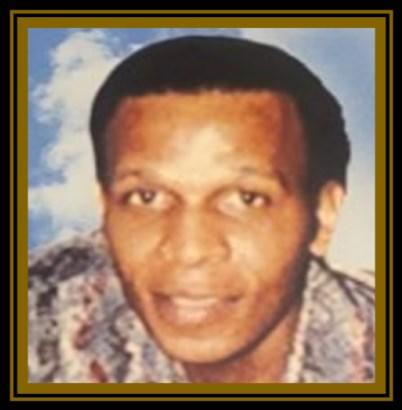


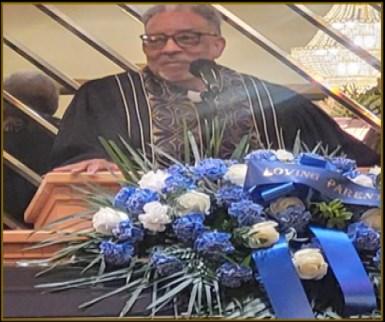


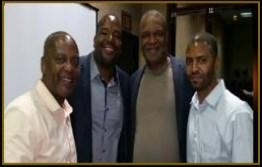



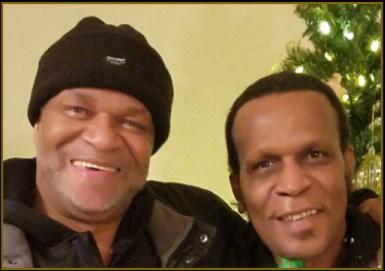

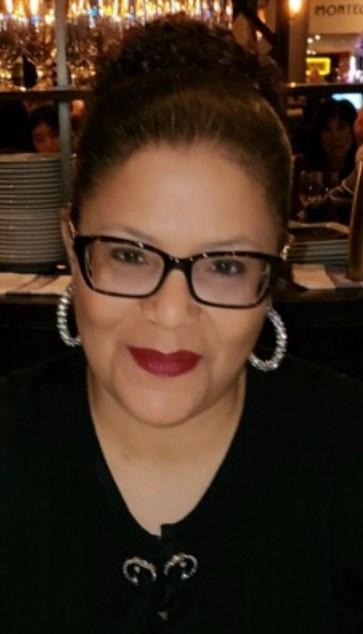

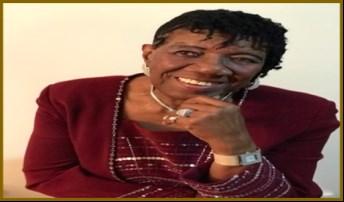

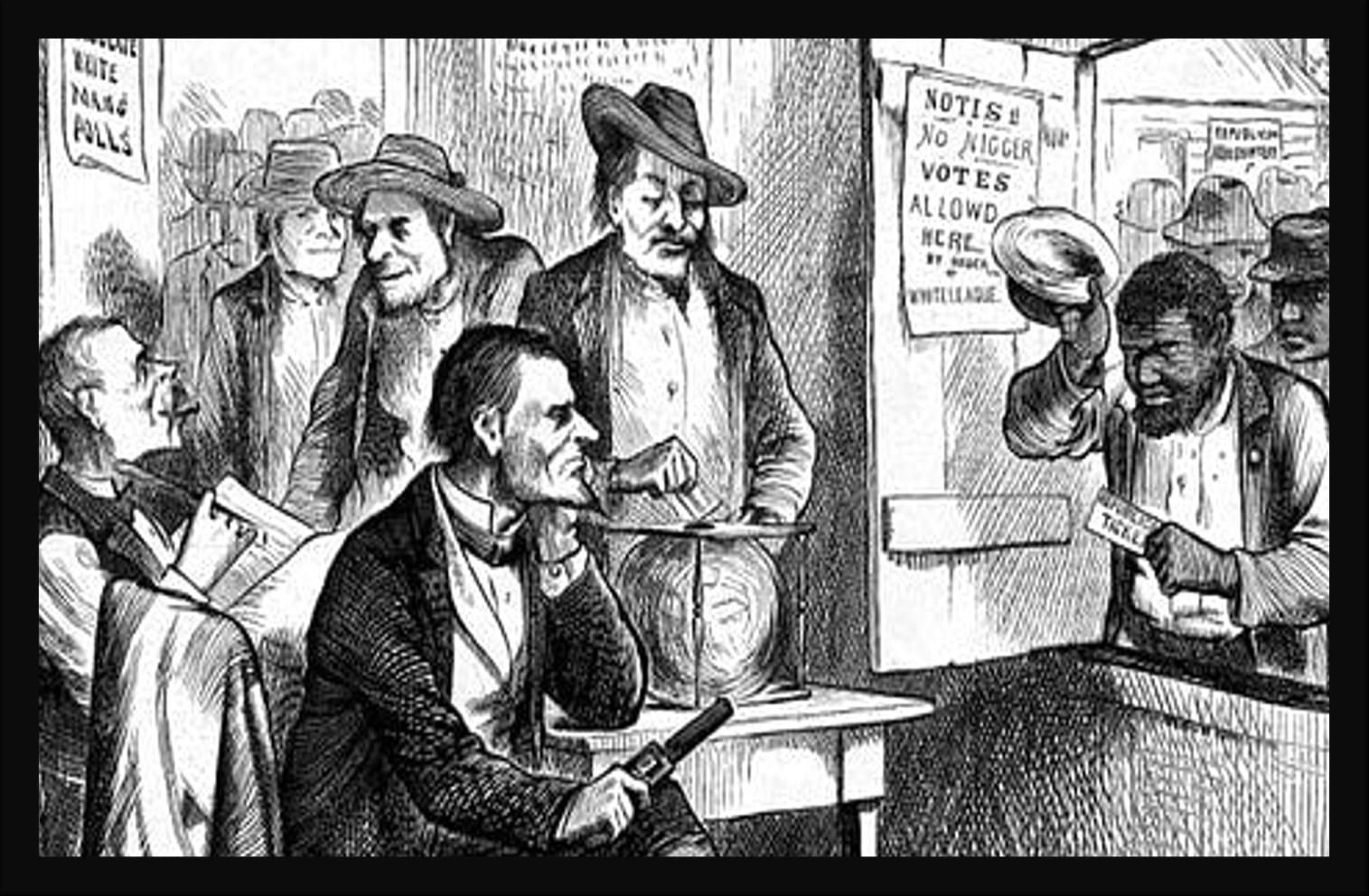



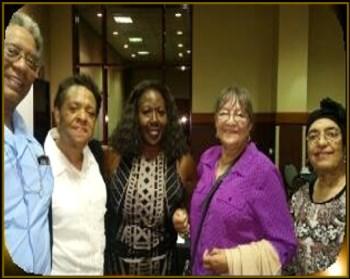

•Why Is America Afraid of Black History?


 by Lonnie G. Bunch III
by Lonnie G. Bunch III



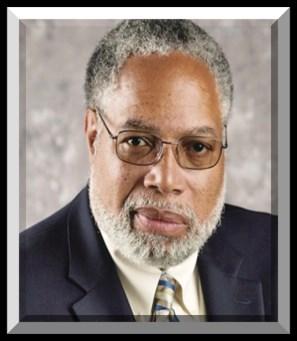










paper could reveal. For two days of farm work in 1866, Candis received $1, and for 44 days of work in 1867, she received $11. The contract also revealed that her daughter Dolly was paid $3 for housework. As I read further, the contract delineated what Candis owed Perry for the purchase of cotton and soap.
America that had made promises but had not yet delivered?











n all my years doing research at the National Archives, I had never cried. That day in fall 2012, I had simply planned to examine documentary material that might help determine how the yet tobe built National Museum of African AmerH C lture would explore and present the complicated history of American slavery and freedom.

























































What reduced me to tears was the fact that, out of her meager earnings, Candis had spent 60 cents on two baker tins,” more than the payment she received for an entire day s work. I remembered how my paternal grandmother, Leanna Bunch, who resided in Belleville, New Jersey, and died two weeks before my fifth birthday, used to bake cookies in the shape of hearts and crescent moons to cajole me into napping. Did she use the very same tins that Candis had labored to buy? Had that been the beginning of a family tradition: No matter how difficult times may be, always help the children find some joy?













As I read through the papers of the Bureau of Refugees, Freedmen, and Abandoned Lands the Freedmen s Bureau, as it s usually called I decided to see if I could find records from Wake County, North Carolina, where I knew some of my own enslaved ancestors had lived. I had few expectations because I knew so little about my family s history. From a surviving wedding certificate for my paternal great grandparents, d gotten the name of my earliestknown family member, an enslaved woman named Candis Bunch, my greatgreat grandmother. But scrolling through rolls of microfilmed documents from the Raleigh office of the Freedmen s Bureau, I realized the chances were remote that I would find my ancestor.





















With this personal discovery came the realization that documents like these from the Freedmen s Bureau well over a million pages, created out of bureaucratic necessity could help African Americans today better understand themselves and their enslaved ancestors. These records, if made more accessible, could help all of us grasp the challenges, the pain, the losses, the courage, and the resiliency of a people who had both powered and endured the transition from slavery freedom. They could bring the grand narrative of to a more human scale.



But when I turned my attention to a series of labor contracts designed to give the newly freed some legal protections as they negotiated working relationships with their former enslavers I found a single page documenting a contract between Fabius H. Perry, who owned the plantation next to the one where my ancestors had been enslaved, and Candis Bunch. That page not only filled a void in my knowledge of my family s history, but also enriched my understanding of myself.



I was amazed at what a single piece of












The hope that freedom would transform a people and a nation was captured in a cartoon by Thomas Nast that appeared in Harper s Weekly on January 24, 1863. Nast s drawing celebrated the Emancipation Proclamation, issued by President Abraham Lincoln a few weeks earlier. The left side of the image depicts the horrific impact of slavery: slave auctions and the destruction of families; backbreaking labor in the cotton fields; a woman being whipped. On the right, the benefits of freedom: a country at peace, with formerly enslaved children attending school; a Black worker drawing fair wages; Black and white figures showing mutual respect toward each other. The centerpiece is an image of a Black family that has achieved middle class status, with well clothed children and elders sitting by the hearth. Nast s cartoon looked forward to a future where fairness and freedom were the norm. That was the hope of Reconstruction, and the engine of that hope was the Freedmen s Bureau.


















The people we encounter in the records of the Freedmen s Bureau call out to be remembered. Their lives, their sacrifices, are stories to be revealed and lauded. Stories such as these also provoke discomfort and, in some quarters, resistance. Politicians have been elected by sowing fear about divisive history. Is it divisive to point out that African Americans believed in, and struggled toward, an aspirational America, an
On March 3, 1865, after nearly two years of debate, Congress passed an Act to establish a Bureau for the Relief of Freedmen and Refugees. Lincoln signed it into law the same day. The bureau, embedded in the War Department, was one of the first federal forays into social engineering, in some ways anticipating the more activist government policies of the New Deal and the Great Society. Simply put, its charge was to protect the basic rights and help provide for the basic needs of the 4 million people who had been, until recently, enslaved.




The value and impact of the Freedmen s Bureau, from its inception until it was defunded, in 1872, cannot be overstated. At its peak, more than 900 bureau agents were located throughout the former Confederacy, in rural hamlets and Continue on page 15.


Continued from page15.


























African Americans were not enumerated by name prior to the 1870 census.
























Landon Kilgore, in 1865, she was punished for working too slowly. I told him I had done nothing for him to whip me. He said he wanted to whip me for some time and that I thought that I was free. In September 1866, Rhoda Ann Childs, of Henry County, Georgia, was beaten, tortured, and ravished by an ex Confederate soldier, in part because her husband had served in the God damned Yankee Army. Amanda Willis was forced out of her mother s home near Springfield, Tennessee, and taken by a white man who brought me down into the woods and had forcible connection with me. Women fought back. In Wilkes County, Georgia, in May 1866, Tempy Hill, a freedwoman, saw a white man strike another Black woman, her sister in law Lydia Hill. She left her work in the field and confronted him with the “intention of fighting him and to take up for her color. She struck the assailant with a chunk of wood.



















The notion of access to education and to American history through an African American lens was central to the creation of the National Museum of African American History and Culture, which opened in 2016. I was its founding director. The effort to create the museum ultimately led to a project to make Freedmen s Bureau records available to the broader public.








sin, was an essential element in the founding and evolution of the United States. An equal number felt that, although it was once important, slavery had little meaning and relevance for contemporary audiences. I remember vividly the day when a Black woman, returning from church, greeted me as we passed on the street. She thanked all those involved in building the museum. But as she hugged me, she whispered, Whatever you do, don t talk about slavery. To her and others, the museum had a chance to help folks get beyond slavery to no longer be con-







strained by a past that some felt was embarrassing.




The best way to get beyond this barrier lay in the Freedmen s Bureau documents. Generations of scholars, including Ira Berlin, Thavolia Glymph, and Eric Foner, had researched the wealth of information that these papers contained and published scholarly monographs for academic audiences. But access to this trove was too important to be left in the hands of professional historians, or made possible only for those who could travel to the National Archives, in Washington, D.C., which owns and houses the original records.













To begin the process of creating the museum, it was essential to understand the knowledge base of future visitors. For two years, starting in 2005, the museum conducted surveys throughout the country; reviewed an array of specialized reports on America s understanding of its past; and organized on the street interviews that focused on young, diverse participants.
The data revealed that respondents had strong and conflicting views about the role, impact, and continuing resonance of slavery in American life. Almost everyone believed that slavery was an important story. Many felt that the museum should focus on how slavery shaped the African American experience and the way that slavery, America s original












This understanding led to the creation of the Freedmen s Bureau Project, whose aim was to create a digital portal that would make the bureau documents searchable by name and subject. Suddenly, hundreds of thousands of personal histories would be available not only to scholars but also to families in search of their ancestors and, by extension, in search of themselves: helping people find not embarrassment but strength and inspiration in their enslaved ancestors.














What this divide made clear to the museum staff was the need to centralize slavery and freedom as forces that helped define and continue to influence American politics, culture, and economics. But that would not be enough. The museum needed to humanize slavery, so that visitors would recognize the strength and resiliency of the enslaved. Besides slavery, members of the public were most interested in understanding their own family history. Today, programs like Finding Your Roots, on PBS, and commercial services like Ancestry .com have made personal history accessible and engaging. But in 2005, the way forward was less clear. In due course, the museum would establish the Robert Frederick Smith Explore Your Family History Center. As we considered the center s role, the staff realized that the biggest contribution would be to help illuminate the lives and histories of the enslaved. The obstacles to families trying to recover the stories of enslaved ancestors were immense. For one thing,











That portal could not have been built without an effective collaboration involving the museum, the National Archives, and a pioneering genealogical resource, FamilySearch an organization dedicated to helping all people discover their family history. One major challenge was the need to review and transcribe upwards of a million pages of documents. Transcription was essential, because the records written in 19th century cursive by many different hands are difficult for contemporary audiences to read. For this portal to have the desired reach, the documents needed to be transcribed by hundreds if not thousands of individuals an army of trained volunteers whose energy had the additional benefit of helping generate support and enthusiasm for the museum itself in the years before its opening. Much of the success of this ongoing transcription effort can be credited to Family Search and the community that it Continue on page 17.


Continued from page 16.










nurtured. Steeped in the traditions of the Mormon Church, FamilySearch had developed technology and processes that proved essential. Quality control was built in. Following its lead, Freedmen’s Bureau transcriptions are subject to a two step review first by a volunteer, then by a member of the Smithsonian staff. If additional edits are required at the final stage of review, the process begins again. Today, people accessing the Freedmen s Bureau Digital Collection can see the original document as well as the transcription.





One can tell a great deal about a country by what it chooses to remember: by what graces the walls of its museums, by what monuments are venerated, and by what parts of its history are embraced. One can tell even more by what a nation chooses to forget: what memories are erased and what aspects of its past are feared. This unwillingness to understand, accept, and embrace an accurate history, shaped by scholarship, reflects an unease with ambiguity and nuance and with truth. One frequent casualty of such discomfort is any real appreciation of the importance of African American history and culture for all Americans.




















family, education, fairness. The voices within the Freedmen s Bureau papers demonstrate how the African American fight for access to education, economic opportunity, and basic human rights created paths that benefited all Americans.


Rather than running from this history, we should find in it sustenance, understanding, and hope. In the end, we can t escape the past anyway. What Joe Louis said of an opponent applies to the legacy of history: You can run, but you can t hide.
















Why should anyone fear a history that asks a country to live up to its highest ideals to make good to us the promises in your Constitution,” as Frederick Douglass put it? But too often, we are indeed fearful. State legislatures have passed laws restricting the teaching of critical race theory, preventing educators from discussing a history that might make our children feel guilty” about the actions and attitudes of their ancestors. Librarians around the nation feel the chilling effects of book bans. Some individuals who seek to occupy the highest office in the land fear the effects of an Advanced Placement class that explores African American history a history that, as education officials in Florida have maintained, lacks educational value”; a history that does not deserve to be remembered.
There is no reason to fear a history that, while illuminating the dark corners of America s past, also displays values and expectations that are central to America s identity: resiliency,









This article appears in the December 2023 print edition with the headline The Archive of Emancipation. Thank you for supporting The Atlantic. Written by New Jerseyan Lonnie Bunch III named first Black to serve as head of the Smithsonian Institute. Newark native and historian Lonnie G. Bunch III made history of his own after being elected the 14th secretary of the Smithsonian.


Bunch is the founding director of the National Museum of African American History and Culture, which opened in September 2016. He oversees the nation s largest and most comprehensive cultural destination devoted exclusively to exploring, documenting and showcasing the AfricanAmerican story and its impact on United States and world history.














he facts of Sojourner Truth s life are inspiring: Born into slavery in the late 1790s, she became an influential abolitionist and Pentecostal preacher, transfixing audiences from the mid 1840s through the late 1870s with her candid and powerful voice, not to mention her singing. Tall and strong, Truth was physically formidable, too. No one was using the term intersectionality in the 19th century, but Truth embodied this idea, declaring that her Blackness and her womanhood were equally essential facets of her identity.







But many people, both in Truth s lifetime and in the approximately 140 years since her death, have found it useful to recast Truth as they wish to remember her instead of as she was. There s no better example of this than Ain t I a woman?, the hypothetical that Truth supposedly put to the audience when she addressed a women s rights convention in 1851 in Akron, Ohio the city where a public plaza




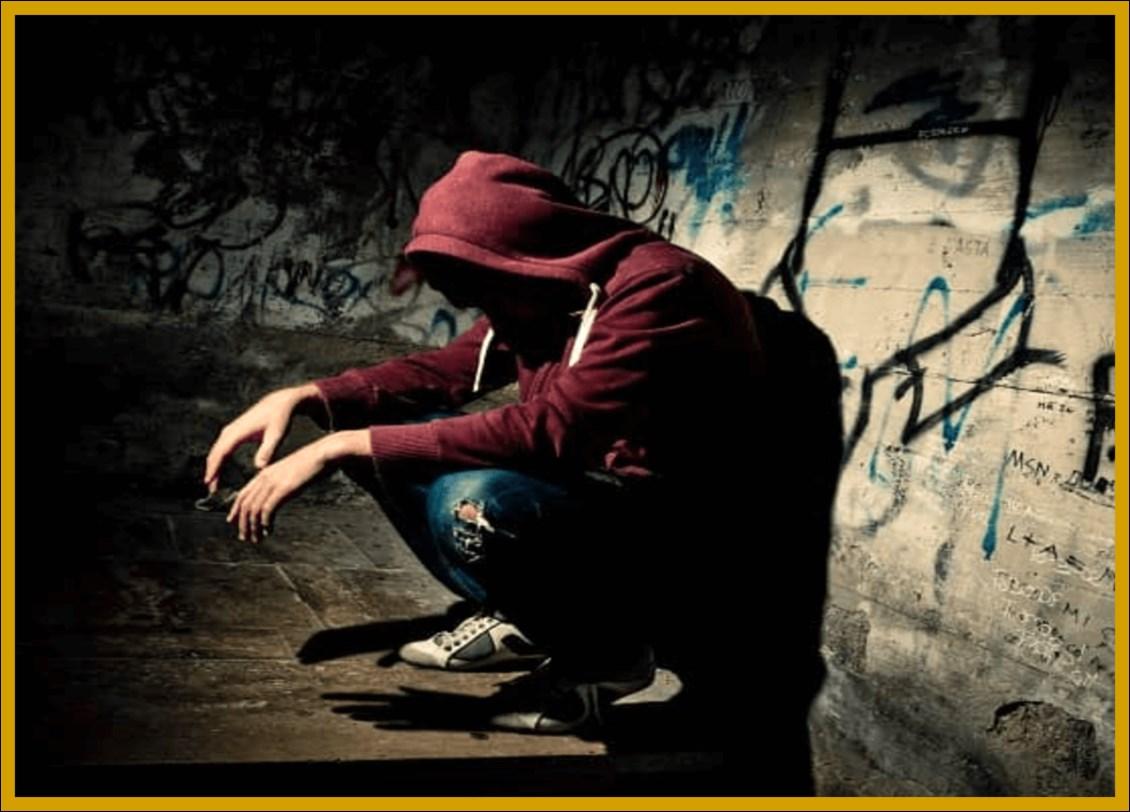

will be dedicated in her honor this spring. There s reason to doubt she said that, or at least that she said it in that way.


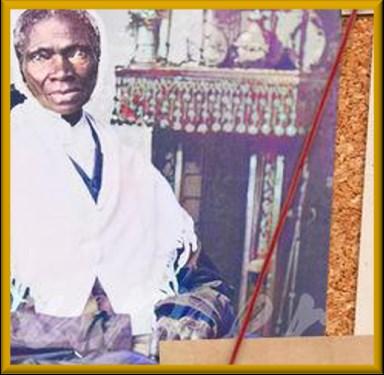








































On the latest episode of the Smithsonian podcast There s More to That, I spoke with two historians who ve dug into Truth’s complicated legacy and challenged much of what’s been written about this American icon. Cynthia Greenlee reported on recent efforts to honor Truth for the March 2024 issue of Smithsonian. Nell Irvin Painter wrote the groundbreaking 1996 biography Sojourner Truth: A Life, A Symbol, and she s hard at work on a follow-up volume titled Sojourner Truth Was a New Yorker and She Didn t Say That. Together, Greenlee and Painter help us understand us who Sojourner Truth really was, and why several generations of activists have claimed her as a symbol, at the expense of our understanding of her as a person.





uring the era of slavery in the United States, the education of enslaved African Americans, except for religious instruction, was discouraged, and eventually made illegal in most of the Southern states. After 1831 (the revolt of Nat Turner), the prohibition was extended in some states to free Black people as well. Even if educating Blacks was legal, they still had little access to education, in the North as well as the South.




While the education of civilian populations was an admirable and necessary aim of the Union forces, a more pressing need was the instruction of former slaves who enlisted. Almost immediately, officers recognized the problems that resulted from illiteracy: verbal instructions and explanations cost valuable time, and despite the courage of these new troops, advancement without some degree of education was impossible, and this led to a loss of morale. Numerous regiments, including the 33rd, 55th, 67th, 73rd, 76th, 78th, 83rd, 88th, 89th, and the 128th received instruction from chaplains and Northern teachers. Not only was this training designed to improve the soldiers wartime efficacy, but by learning trades like bricklaying and carpentry, they felt more secure about their long term stability.



for solutions and all great surgeons to perform their surgery because of their knowledge of the human body. However, in this autobiography, Douglass recounts that slaveowners did not want to educate their slaves. If education of slaves would enable them to be more helpful, why would slaveowners choose not to? This was because educating a slave was untraditional, and could cause a slave to rebel against their owner or commit suicide.

One reason why slave owners did not educate their slaves was because it was untraditional, and therefore would make a slave disobedient. Slaveowners in the early 1800s kept to traditional methods of treating a slave because of the belief that slaves were meant to be obedient and get work done.
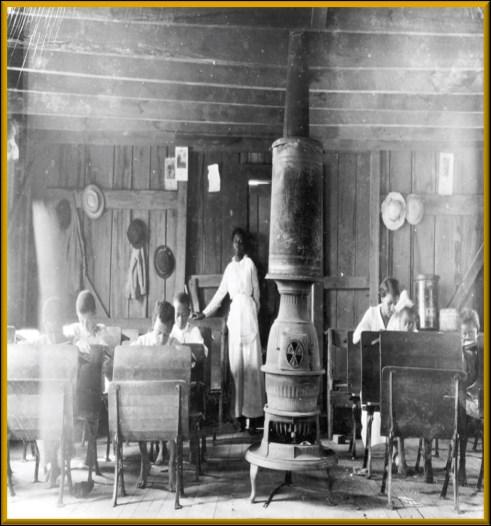












Hugh Auld, one of Douglass s masters, states to his wife, Sophia Auld, a nigger should know nothing but to obey his master to do as he is told to do












Just as General Benjamin Franklin Butler had taken an active role in civilian education in North Carolina and Virginia, when he united 37 regiments to form the Twenty Fifth Corps in December 1864, he ordered that chaplains oversee schools in each regiment: thus, with a stroke of his pen, Butler guaranteed that 29,875 Negro soldiers would receive systematic instruction (p. 157). Under his orders, taxes were levied to fund these schools and officers were threatened with dishonorable discharges if their soldiers did not improve in terms of discipline and education. Further, soldiers were offered tangible rewards for attending classes. Not only did learning and literacy predicate promotion, but soldiers could receive popular books, especially the Bible, exemption from certain duties, and day passes through these programs.









In the Carolinas there are a few possible reasons why they would make it illegal for slaves. One reason would be that by being illiterate, slave owners can keep their slaves ignorant and simple minded. With simple minds, slaves would not question their owners as much when concerning their work and living conditions. If they were educated, they could understand their cruel punishment and learn about when slaves were given protection from abusive treatment. But by eliminating this factor, slave owners can hold on to their slaves with fewer troubles.






Thousands of formerly enslaved people received their first formal instruction through the involvement of the Union Army. These programs laid the groundwork for agencies such as the Freedmen’s Bureau and encouraged the intellectual and professional development of civilians and soldiers alike.

Education helps people improve completion of their tasks. For instance, education enables all mathematicians to solve

Education is the light at the end of the tunnel, when Frederick uses it he discovers hope. In the story the Narrative of the Life of Frederick Douglass, Frederick goes through many struggles on his path to freedom, showing us the road from slavery to freedom. At the beginning of the book, Douglass is a slave in both body and mind. When the book ends, he gets both his legal freedom and frees his mind. The path to freedom was not easy, but it got clearer when he got an education. Education gives hope for Douglass s life since he began to truly understand what goes on in slavery. As he figured out more about the topic, his self motivation poured out hope in his life.








In the book Narrative of the Life of Frederick Douglass, explains how Douglass bought certain aspects of slavery to light, how is position defender from those who defended slavery, and how does Douglass use his story to help his possession. This book also explains how Douglass was a slave and how he help free slaves and make other people change their mind about slavery. Continue on page 19





Continued from page 18.


According to Douglass, The American slave system did great harm to both master and slave. For example in his book Narrative of the Life of Frederick Douglass, it says, If a slave was convicted of any high misdemeanor or evinced or running away he would immediately be brought here, and be severely whipped, board the sloop, carried to Baltimore, show more content,


spy and scout, a devout Christian, a nurse, a suffragist and a wife and mother who opened an elder care facility later in life.








































When Frederick’s master was upset with his wife for giving Frederick reading lessons, Frederick s master wanted to “impress his wife with the evil consequences of giving me instruction and this served to convince me of the results, which would flow from teaching me to read. This proves that Frederick's master was cruel and dreadful and wanted to impress people on what evil consequences are giving to slaves if they learned to read. Douglass firmly believes that the black man could not be enslaved. Despite the economic necessity, if they were educated and literate. In the book Douglass says, “ I look upon my departure from Colonel Lloyd's plantation as one of the most interesting events of my life. It is possible, and even quite probable, that but for the mere circumstance of being removed from that plantation to Baltimore, I should have to day, instead of being here seated by my own table, in the enjoyment of freedom and the happiness of home
Born Araminta Ross in Maryland in 1849, she was called Minty by those who knew her (she d later choose to go by Harriet, her mother’s name). Some time after marrying a free Black man named John Tubman, Harriet decided to flee when she suspected that her owner was about to sell her and her two brothers. Her husband chose not to go, and her brothers wanted to turn back after seeing the ransom amounts. She made her way north on her own without being able to read or write. She then returned to the South time and again to help others make the same journey.

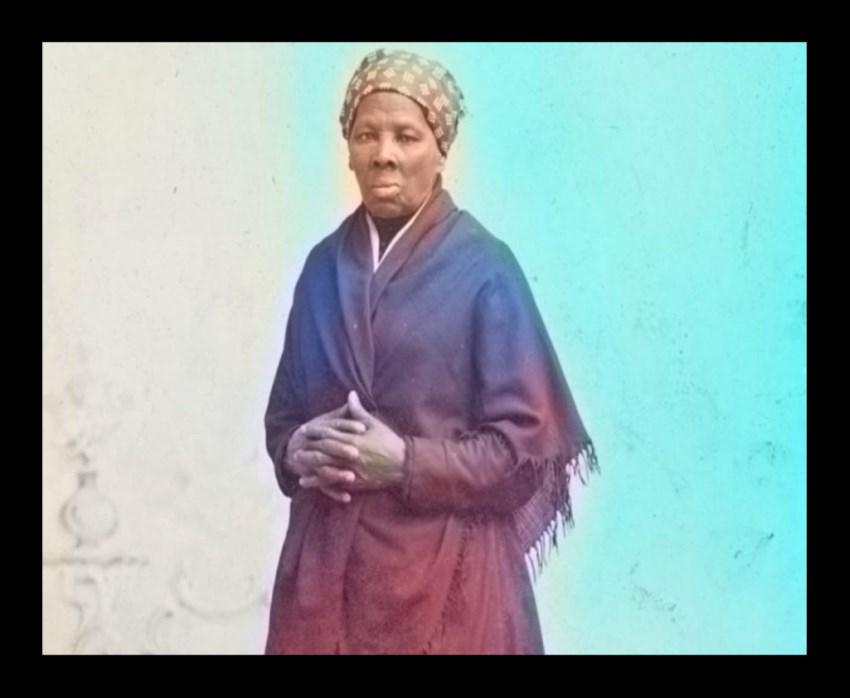



























’s unclear how many slaves Tubman led to freedom, but the number is likely somewhere between 70 and 90. To finance her trips, she would sometimes work as a cook (in places like Cape May, New Jersey). She d typically ensure people made it as far north as Philadelphia, PA; however, after the passage of The Fugitive Slave Act, she made sure people reached Canada, settling there herself for a while.











Quick: What is Harriet Tubman's most famous quote? You may think it's this one: I freed a thousand slaves; I could have freed a thousand more if only they knew they were slaves except that quote has been proven false. Another question for you: Who was the first woman to lead a major military operation in the United States? The correct answer there is Tubman, one of the most famous conductors on The Underground Railroad.



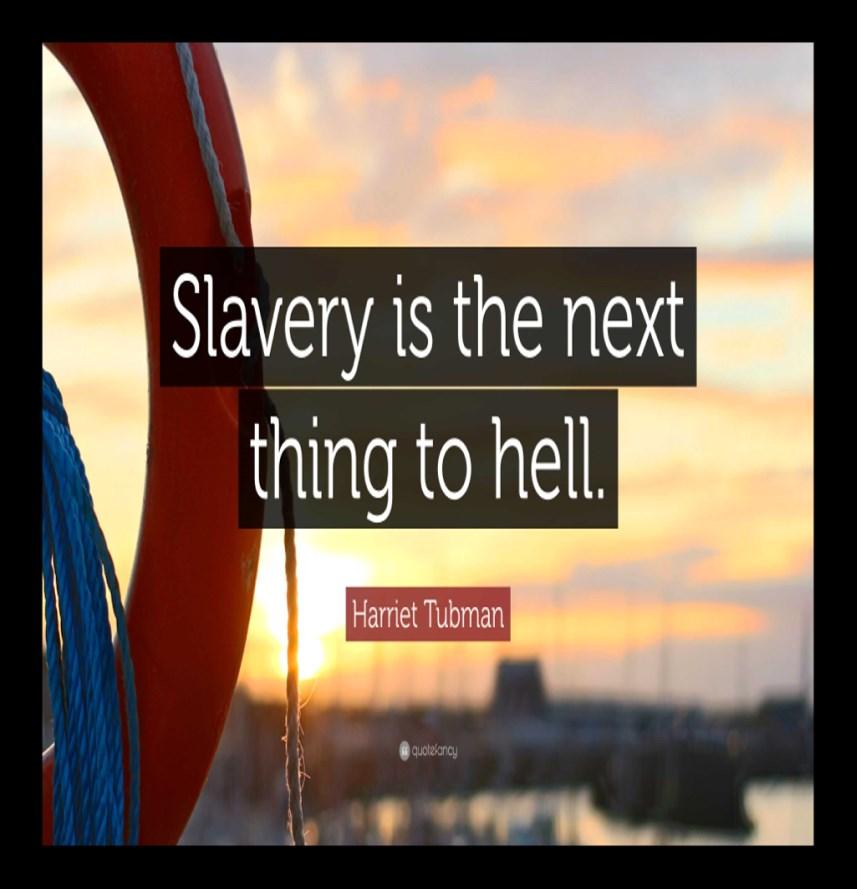




When the Civil War broke out, she acted as a spy for the Union Forces. During the South Carolina Combahee Ferry Raid in 1863, she led about 150 African American soldiers and helped free more than 700 enslaved people. Tubman did similar operations during the war until turning her attention to caring for injured soldiers. Afterwards, Tubman found it a challenge to be paid for her wartime work. She eventually received a pension due to her second husband s military service, but had to petition Congress about payment for her own considerable contributions.














Also known as General Tubman” and Moses of her people, the historical icon bravely led dozens of enslaved Black people to freedom in the 1800s without ever getting caught, but many don t know she was also a Civil War
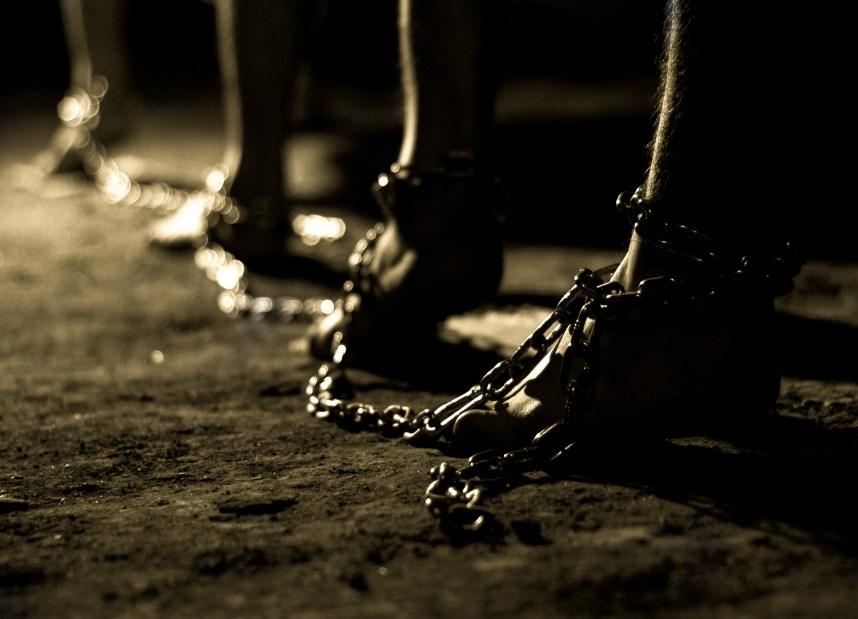




Tubman also enjoyed a family after the war; she married Nelson Davis in 1874 and that year the couple adopted a daughter, Gertie. Tubman also made a special trip to retrieve another girl, her niece Margaret, who bore a striking resemblance to Tubman and had mysterious beginnings.





Some believe Margaret was Tubman s biological daughter. Later in life, Tubman established the Harriet Tubman Home for the Aged; after she passed away from pneumonia in 1913, she received military honors at her funeral and was laid to rest at Fort Hill Cemetery in New York.






Tennessee criminal court judge was recently sent to jail after her bond was revoked for testing positive for cocaine while she was out of custody pending a trial on charges of coercion of a witness and harassment.


Online records showed Shelby County Criminal Court Judge Melissa Boyd was booked into a Memphis jail. Earlier, a judge revoked her bond during a hearing in Memphis, court records showed.













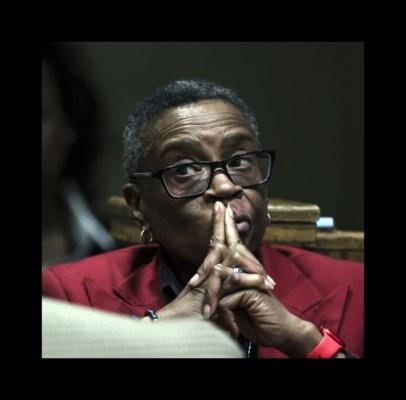
Elected in 2022, Boyd is accused of coercing, influencing or attempting to influence Lashanta Rudd, her former campaign manager, to testify falsely or withhold truthful testimony in an official proceeding, the indictment says. The indictment does not describe the official proceeding.


Under conditions of her release, Boyd was ordered to undergo drug screening and told not to use drugs. Prosecutors asked for her bond to be revoked after she twice tested positive for cocaine in March and failed to report to another drug test, court documents showed.

Judge Roy Morgan then revoked her bond and sent her to jail.















The indictment also says Boyd s communications with Rudd were attempts to annoy, alarm or frighten her. Boyd has pleaded not guilty.

Boyd was suspended in May after she was accused of threatening an acquaintance, soliciting money by using her role as a judge and substance abuse. The accusations include asking for donations for a school in a social media post showing




“A lot of effort has been offered, and it s just not working,” Morgan said during the hearing, according to the Commercial Appeal newspaper. And that s sad, just so sad.














Arthur Horne III, one of Boyd s attorneys, said that Boyd needs help” and has not been cooperating with them, saying the judge was in a full relapse and is not thinking with a clear head, the newspaper reported.




Reprint: MEMPHIS, Tenn. (AP)







Boyd’s trial is scheduled for April 24. Meanwhile, the Tennessee General Assembly is expected to vote April 4 on whether to remove Boyd from her position as judge, the Daily Memphian reported. Under state law, judges can be referred to the legislature after receiving two public reprimands.
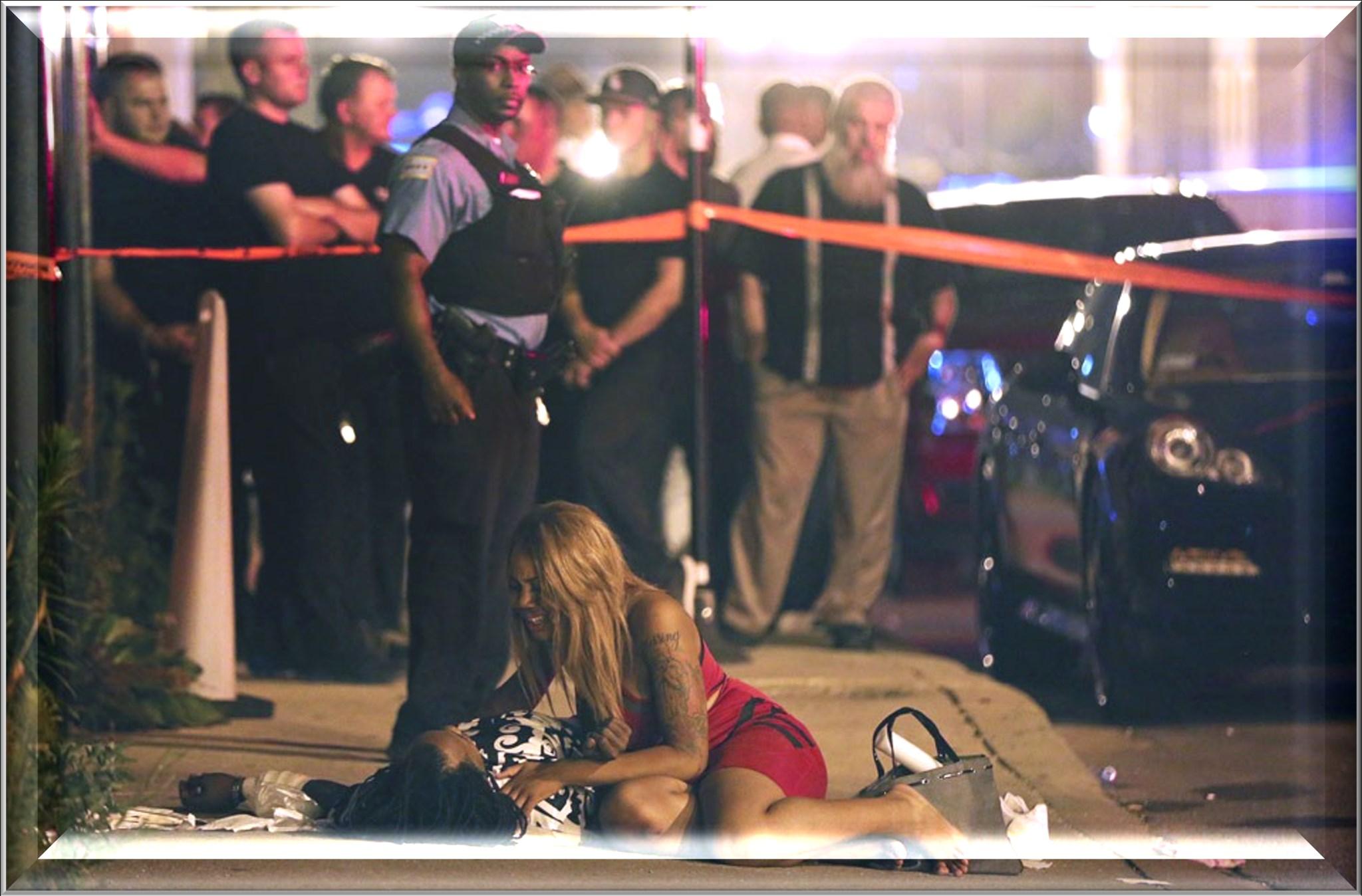






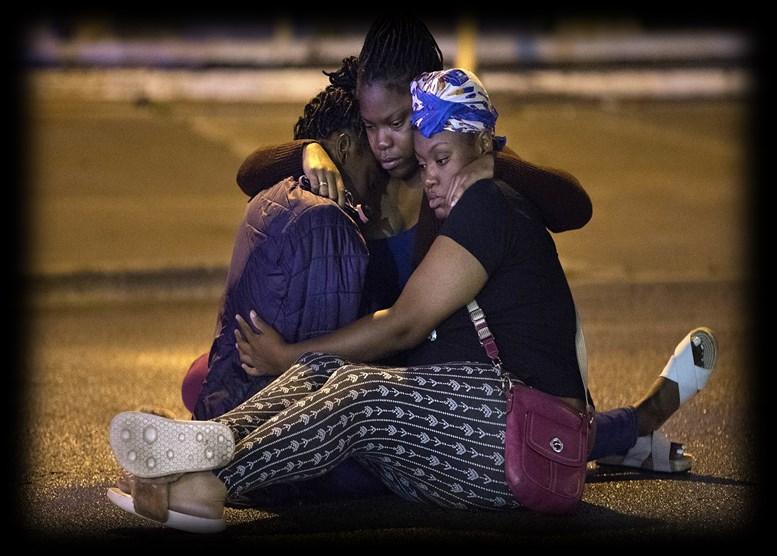

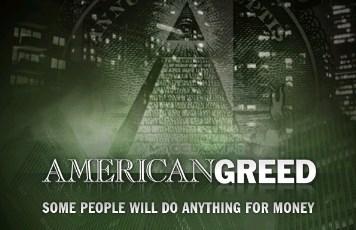

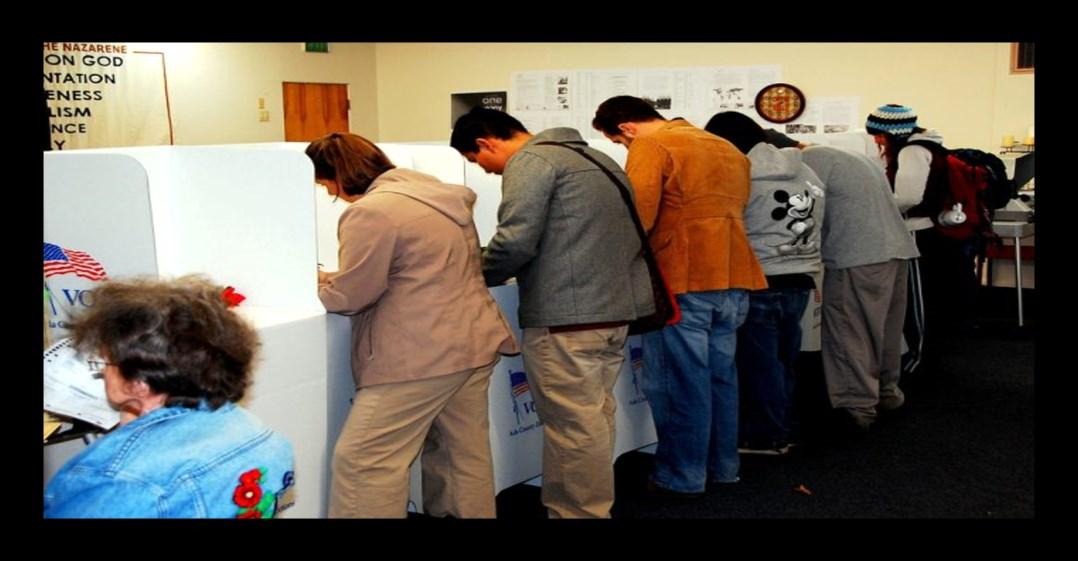






hen a demon-oppressed man who was blind and mute was brought to him, and he healed him, so that the man spoke and saw. And all the people were amazed, and said, Can this be the Son of David?” But when the Pharisees heard it, they said, It is only by Beelzebul, the prince of demons, that this man casts out demons.” Knowing their thoughts, he said to them, Every kingdom divided against itself is laid waste, and no city or house divided against itself will stand. And if Satan casts out Satan, he is divided against himself. How then will his kingdom stand?









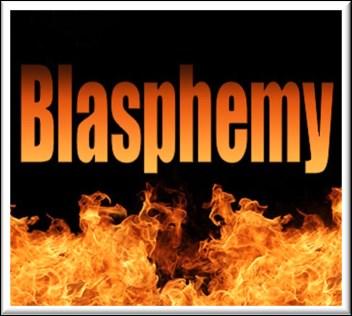
And if I cast out demons by Beelzebul, by whom do your sons cast them out? Therefore, they will be your judges. But if it is by the Spirit of God that I cast out demons, then the kingdom of God has come upon you. Or how can someone enter a strong man's house and plunder his goods, unless he first binds the strong man? Then indeed he may plunder his house. Whoever is not with me is against me, and whoever does not gather
with me scatters. Therefore, I tell you, every sin and blasphemy will be forgiven to people, but blasphemy against the Spirit will not be forgiven. And whoever speaks a word against the Son of Man will be forgiven, but whoever speaks against the Holy Spirit will not be forgiven, either in this age or in the age to come.



A Tree Is Known by Its Fruit


“Either make the tree good and its fruit good, or make the tree bad and its fruit bad, for the tree is known by its fruit. You brood of vipers! How can you speak good when you are evil? For out of the abundance of the heart the mouth speaks. The good person out of his good treasure brings forth good, and the evil person out of his evil treasure brings forth evil. I tell you, on the day of judgment people will give account for every careless word they speak, for by your words you will be justified, and by your words you will be condemned.


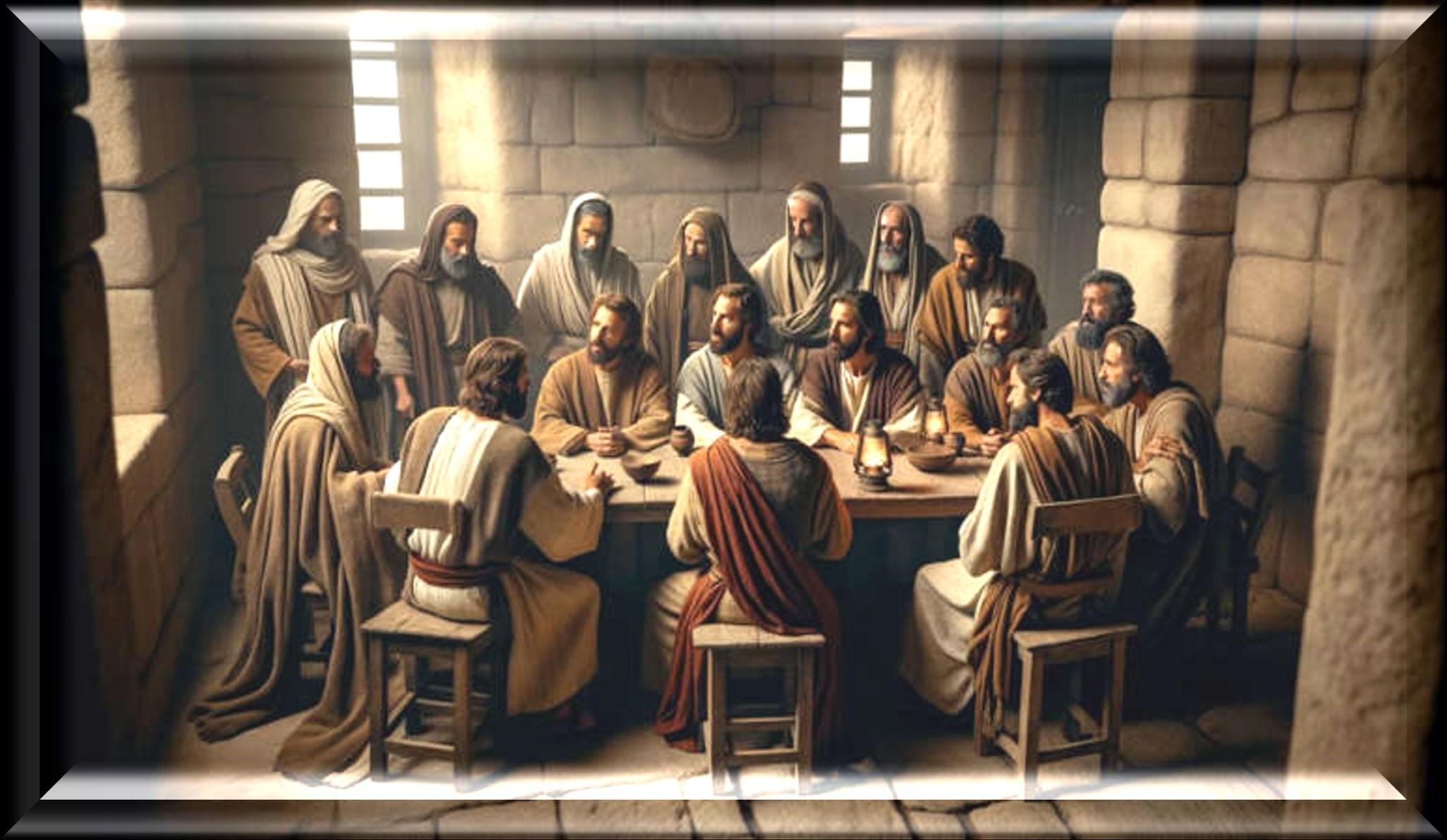



he Bible showcases examples of courage, faith, and unwavering conviction through the lives of prophets, and martyrs. Apostolical men inspired individuals to stand firm in their beliefs and to act with integrity, even in the face of adversity. They served as powerful reminders of the strength that comes from faith and the impact of living by one s principles

importance of preserving the world for future generations. In an age of environmental challenges, this message underscores the critical role of sustainable living and conservation efforts.








In a society increasingly driven by consumerism and the pursuit of material wealth, the Bible provides a timely reminder of the impermanence of material possessions. It emphasizes the greater value of spiritual richness and the fulfillment that comes from leading a life of purpose and meaning. This perspective encourages us to reassess our priorities and find contentment beyond the material world.





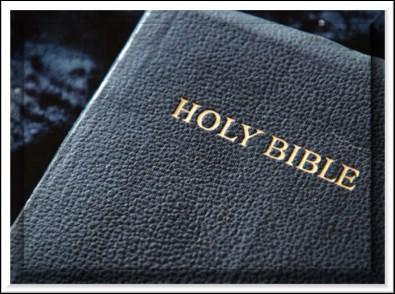
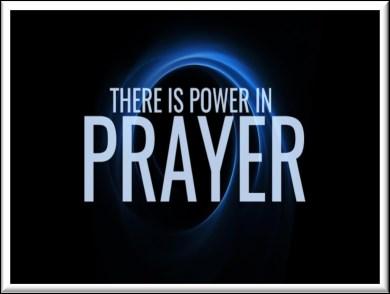
The Bible offers comfort and perspective to those mourning the loss of loved ones, providing hope in the face of grief and despair. Its teachings on life, death, and the hereafter offer solace and understanding, helping individuals navigate the difficult journey of bereavement. This guidance is a source of strength and consolation, reminding us of the enduring nature of love and the promise of eternal life.

The Power of Prayer







The Bible’s teachings on justice, equality, and righteousness resonate deeply in today s discussions on social justice and equity. It advocates for the fair treatment of all individuals, emphasizing the importance of standing up against injustice and oppression. These principles are integral to fostering a society where everyone s rights and dignity are respected and protected.


The Bible speaks to the responsibility humans have toward the Earth, emphasizing stewardship of God s creation. It calls for care and respect for the environment, highlighting the






In our fast paced, technology driven world, the Bible emphasizes the importance of prayer and reflection as sources of strength, guidance, and peace. It teaches that through prayer, we can connect with God, find solace, and gain clarity in our lives. This practice of turning inward and seeking spiritual connection is invaluable in managing the stresses of modern life.




The Bible teaches that all humans are made in God s image, highlighting the importance of unity, respect, and love for all, regardless of differences. This message of acceptance is important in today’s diverse world, reminding us of the value of every individual and the strength that comes from embracing our shared humanity.



Continued from page 24.


tion that existed at the grassroots level, states developed an array of tools to prevent African Americans from voting: the grandfather clause, literacy tests and poll taxes. The Voting Rights Act of 1965 forcefully addressed these issues.

Civil Rights Act of 1968











According to Hutchinson, a key nuance of the legislation includes banning, not only specific prejudicial policies (such as literacy tests), but more generally any policies that could potentially have a racially disproportionate effect.


In addition to enforcement rights, the act requires that states with histories of discrimination receive a green light from the federal government before any changes to their voting practices. (In 2013, the Supreme Court, in a 5-4 ruling in Shelby County v. Holder gutted these protections arguing that they were "based on 40 year old facts having no logical relationship to the present day.")


“What do you want for your own people?”
















A week after the assassination of Rev. Martin Luther King Jr., the Civil Rights Act of 1968, also known as the Fair Housing Act, was signed into law and banned discrimination in housing.



“The Fair Housing Act bans discrimination in public housing and in certain private units. The statute covers actions that discriminate by impact as well as intent. Thus, it has been used to strike down arguably race-neutral policies like zoning laws that make housing unaffordable for persons of color in a particular jurisdiction, says Hutchinson.






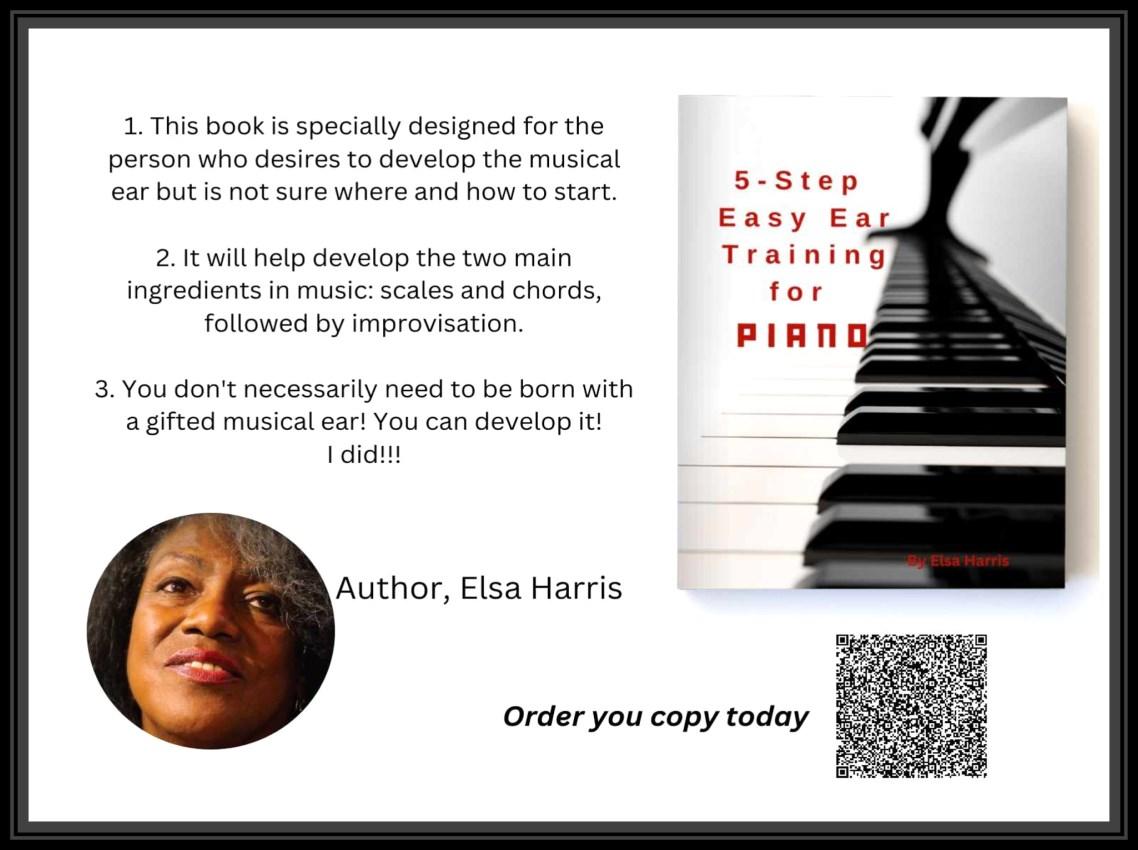







Diaspora Studies at Indiana University, Bloomington.


hat s the question Secretary of War Edwin M. Stanton suggested Union General William T. Sherman pose to 20 Black pastors in Savannah, Georgia, as the Civil War neared its end and enslaved African Americans neared freedom.




After meeting with the 20 ministers, Sherman signed Field Order 15 on January 16, 1865. The order would reserve 400,000 acres of Confederate land for members of the formerly enslaved population. When the land near the Southeast coast was evenly redistributed, each family would have 40 acres of tillable ground.


No mention of mules appeared in the order, but some of the formerly enslaved population were granted Army mules, resulting in this reparations program being widely known as “40 acres and a mule.













The Black leaders gathered for the January 12, 1865, meeting with the military officials in a mansion called the Green Meldrim House. They explained that they didn t want to live among white people, as they feared it would take years for racial prejudice to dissipate in the South. Instead, they wished to live amongst themselves on their own land. That would entail redistributing the land of Southern plantation owners.


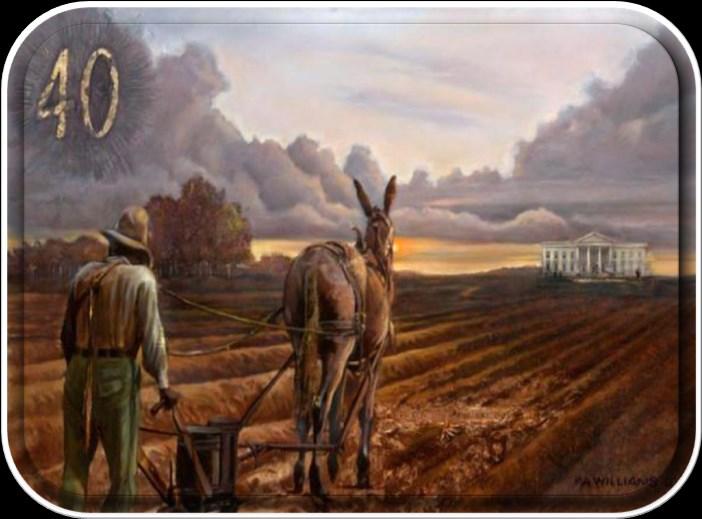

The freedmen set out to begin working their new land immediately, with a group of 1,000 settling on Georgia s Skidaway Island. In subsequent months as many as 40,000 freedmen settled on the redistributed land.







“They were able to parcel it out to some of the former slaves, but for the most part, this dream was never realized, Grim says.



Promise Is Rescinded After Lincoln's Death

The government didn’t keep its promise.







“The way we can best take care of ourselves is to have land and turn it and till it by our own labor, said the Rev. Garrison Frazier, a 67 year old Baptist minister and spokesman for the group, which included individuals who had been enslaved and lived as free men alike. “We want to be placed on land until we are able to buy it and make it our own, Frazier told the Union military officials.








Confederate Land Claimed for African Amer-

these slave plantations into small farm set-

American and African Diaspora Studies and
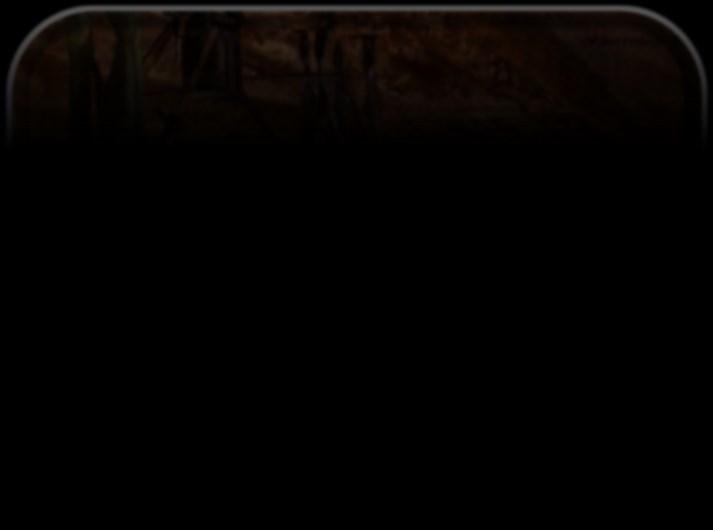



Following President Abraham Lincoln's assassination on April 15, 1865, President Andrew Johnson rescinded Field Order 15 and returned to Confederate owners the 400,000 acres of land a strip of coastline stretching from Charleston, South Carolina to the St. John s River in Florida, including Georgia s Sea Islands and the mainland 30 miles in from the coast.












Continued from page 26. because laws do not properly protect them.



The number of people in prison was over 1.2 million in 2020.





People can be particularly vulnerable to modern slavery when external circumstances push them into taking risky decisions in search of opportunities to provide for their families, or when people find they are simply pushed into jobs in exploitative conditions. Anyone could be pressed into forced labor, but people in vulnerable situations such as being in debt, or not having access to their passport are most at risk. Crises like the Covid 19 pandemic and climate change can make people even more vulnerable to exploitation.

Spending per prisoner varies widely across states:

Mississippi: Approximately $18,000 per prisoner.



Wyoming: As high as $135,978 per prisoner.









Average across states: About $45,771 per prisoner for the year1.

Factors Influencing Spending:



Salaries and Benefits for Correctional



Where do we find slavery?







People are being exploited and pushed into slavery all around the world. While it may take different forms, we re committed to ending slavery for everyone, everywhere.



Another form of Slavery and many people don’t recognizes are Jails and Prisons.

Let us please look at this matter on its face value... to others rather then all humans. Minorities are the largest body of people to be incarcerated to benefit people of other nationalities.




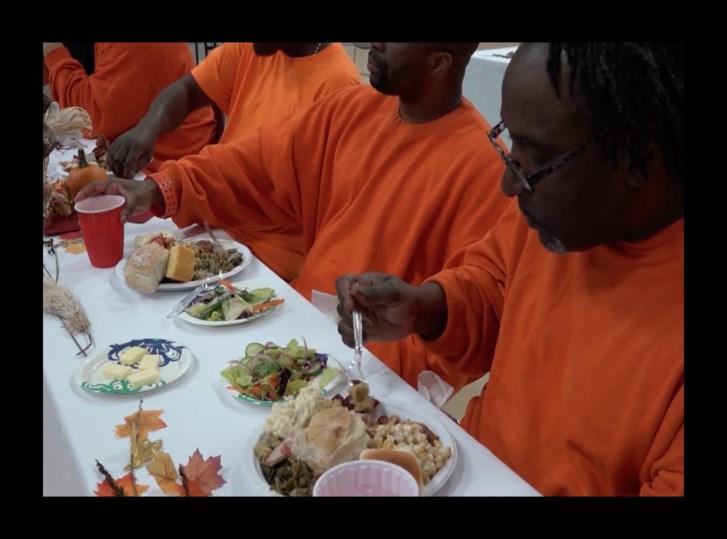



Officers One major cost is paying correctional officers. The average annual salary for a correctional officer in 2021 was $53,420.

Intentionally, places of confinements are built to accommodate by large Black people after taking away the education that would afforded them an opportunity to avoid the pit falls in life.



It is rather difficult to conceive that certain radical racist whites would behind close doors demonstrate evil traps for others but it does happen… in these United States.







Cost to educate oppose to incarcerate?


The cost of keeping prison inmates varies significantly across the United States. Here are some key points:

State Spending on Prisons


Operational Costs of Prison Facilities:
Older prisons or those with small populations tend to have higher operational costs, impacting spending per prisoner.




In 2020, state governments collectively spent $55 billion on corrections, with most of the spending allocated to operating state run prisons.







State Specific Factors: Some states allocate funds for rehabilitation programs, drug treatment centers, and juvenile justice initiatives through their corrections departments1.

Federal Inmate Costs:





Operational costs and salaries contribute to this figure.


Overall Economic Costs:


corrections and criminal justice system was $295.6 billion in 2016, amounting to nearly $134,400 per person detained. Roughly half of these funds are dedicated to police protection.




In summary, the cost of maintaining prison inmates varies based on location, facility conditions, and other factors. These expenses play a crucial role in shaping criminal justice policies and budgets across the country.




In 2018, the Bureau of Prisons reported that the average cost per federal prisoner was $36,299.25 per year or $99.45 per day.
The direct governmental cost of the U.S.
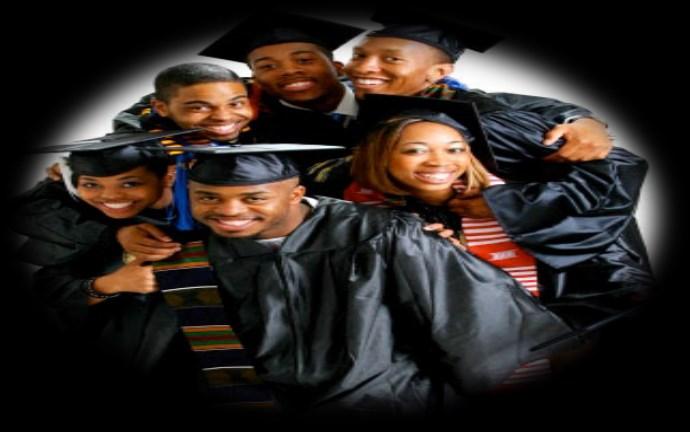

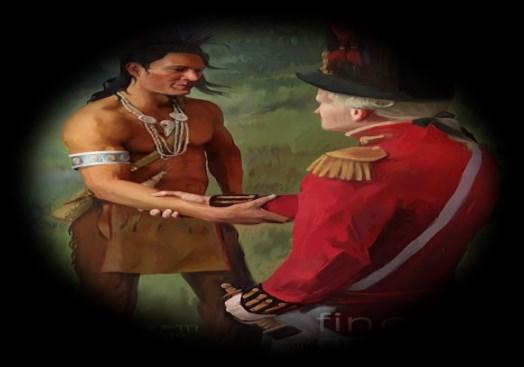
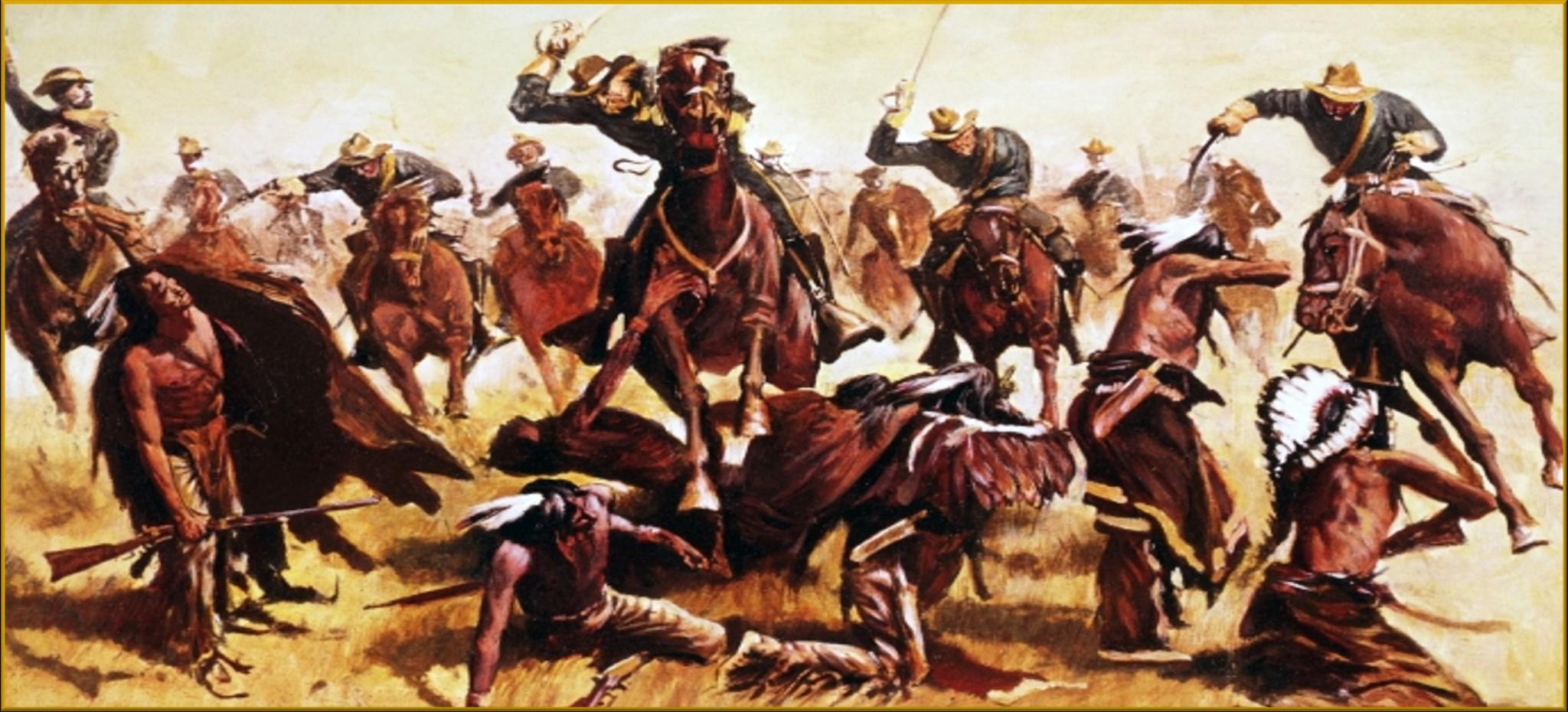



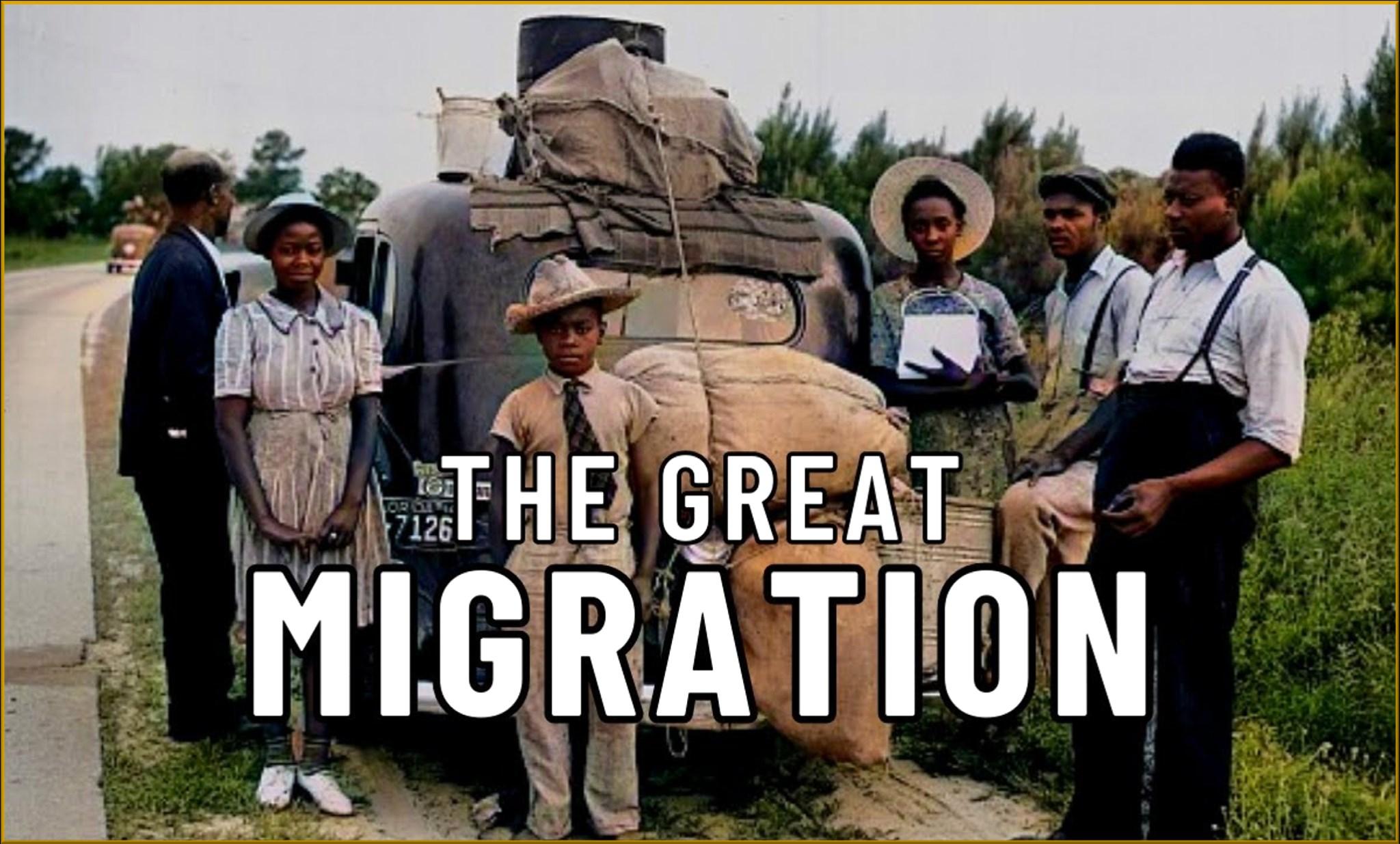


ack History is always a perfect time to reflect on the lasting contributions that so many Black Americans, famous and anonymous, have made to White House history. Black Americans helped raise its walls. For centuries they’ve done much of the work that makes the White House run.
And in the face of arduous legal, social and political barriers, a multitude of Black Americans – from influential visitors to White House staff and trusted advisers – have opened presidential minds, challenged our leaders to deliver on America’s promises and made history themselves.
A free Black man, Benjamin Banneker, helped map the boundaries of America’s new capital city (and urged future President Thomas Jefferson to add Black Americans to his calls for liberty). For eight years, more than 200 enslaved people were forced to quarry stone, cut timber, make bricks and raise walls and roofs to help build the White House.
Start the day smarter. Get all the news you need in your inbox each morning.
Black free and enslaved people played a role at White House
In the decades that followed, free and enslaved Black people were key to the functioning of the White House as it rose to a center of national power. They cleaned the residences, cooked meals, tended horses, and sewed, mended and washed clothes.
They were trusted with the most personal of services like helping presidents and first ladies with dressing and grooming, nursing White House children, greeting guests and waiting on first families as they ate.

stress to buy her freedom, became a dressmaker for first lady Mary Lincoln and tended the Lincolns’ dying son, Willie. She created a charity to support refugee camps of newly freed people in Washington, D.C., and persuaded the Lincolns to support the cause.
The influence of Black people on culture and policy

By the middle of the 19th century, Black Americans were carving out an important place on the White House’s cultural stage. The Fisk Jubilee Singers – who shunned traditional minstrels to introduce the spiritual as an American art form – are believed to be the first Black choir to perform at the White House.
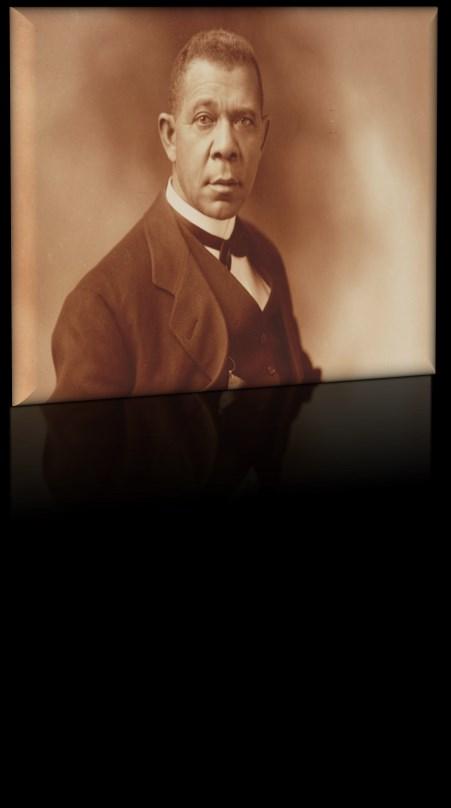
White House history: How early presidents failed enslaved people
During the War of 1812, as the British approached to burn the White House, an enslaved man named Paul Jennings helped move George Washington’s portrait to safety. Jennings later helped 77 people in a daring escape fueled the growing anti-slavery movement in the United States.
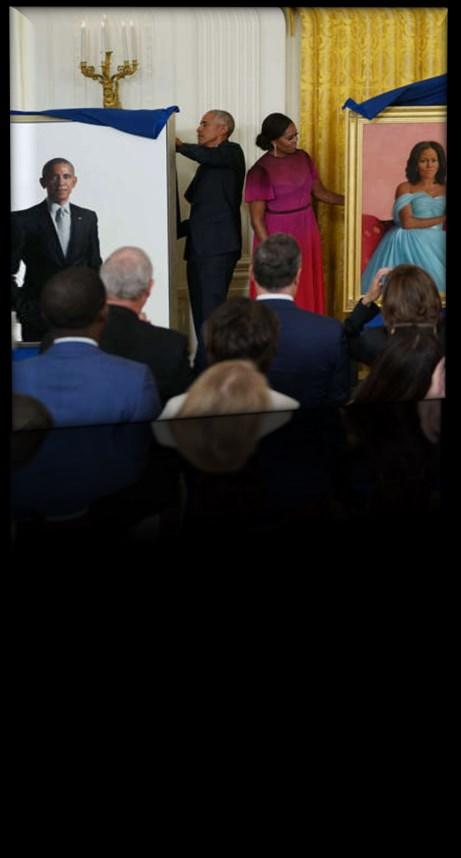
Black Americans influenced events during the Civil War. Frederick Douglass helped move President Abraham Lincoln from general opposition on slavery to working to abolish it. He used a White House visit to press Lincoln to pay Black soldiers equal wages and retaliate against Confederate executions of Black prisoners.
Elizabeth Hobbs Keckly, who earned money as a seam-
Black soprano Marie ("Selika") Williams’ acclaimed Green Room performance for President Rutherford Hayes in 1878 inaugurated a tradition of “musicales“ that continues today. But access and influence on policy matters came more slowly for Black Americans. In 1901, Theodore Roosevelt invited the Black educator Booker T. Washington, who advised the president on race relations, to dine with him at the White House – a historic first that triggered scathing editorials. William Monroe Trotter, who founded a newspaper that fought racial discrimination, confronted President Woodrow Wilson in a White House meeting over his decision to allow the racial segregation of government clerks, to no avail. Black women also played a role in the gradual opening of White House doors. When first lady Lou Hoover included the wife of Black Congressman Oscar De Priest on the guest list for a White House tea, a controversy ensued. Mrs. De Priest was able to break ground by attending a separate gathering Mrs. Hoover hosted with more open-minded wives.
By decade’s end, after the Daughters of the American Revolution refused to let Marian Anderson sing at Constitution Hall because she was Black, first lady Eleanor Roosevelt was angered enough to resign from the organization. Marian Anderson did perform – at the White House, at Mrs. Roosevelt’s invitation.
Civil Rights Movement brings changes to White House
As the Civil Rights Movement became a national force in the 1960s, White House doors finally began to open more often. Martin Luther King Jr. and other Black leaders such as Roy Wilkins and A. Philip Randolph began visiting the Oval Office to advise, strategize and put pressure on Presidents John F. Kennedy and Lyndon Johnson to move forward.
Continu on page 29.
Continued from page 28. When iconic civil rights laws were finally passed, Black leaders were part of the White House signing ceremonies.
The second half of the 20th century also saw Black people breaking into the ranks of senior White House staff and other executive leadership roles:
President Dwight Eisenhower made E. Frederic Morrow the first Black person to serve in an executive presidential staff position, though he was generally disappointed with the administration’s civil rights policies.
Clifford Alexander, a deputy special counsel to Johnson, went on to become the first Black secretary of the Army.
Robert J. Brown developed minority enterprise and Black college programs for President Richard Nixon.
Togo West also served as secretary of the Army under President Bill Clinton, who later appointed him to be the first Black secretary of Veterans Affairs.
The White House has also served as a stage where Black Americans who have made history are honored with the Presidential Medal of Freedom − pathbreakers like Marian Anderson, as well as Duke Ellington, Jesse Owens, Andrew Young, Jackie Robinson, Ella Fitzgerald, Arthur Ashe, Bayard Rustin, Rosa Parks, Hank Aaron, Maya Angelou, Alvin Ailey, Fred Gray, Toni Morrison, Diane Nash and many others.
For every famous name, there are many more unknown stories of Black achievement and contributions to White House history, including staffers like Lillian Rogers, Alonzo Fields, Preston Bruce and Eugene Allen. And a pair of pathbreaking White House correspondents, Alice Dunnigan and Ethel Payne, after whom the White House press room lectern is now named.
In 2009, a Black president and Black first lady entered the White House, a milestone day that some feared would never come. The Obamas were conscious of the centuries of Black history that preceded them.
“The struggles of Rosa Parks and Coretta Scott King were more familiar to me than those of Eleanor Roosevelt or Mamie Eisenhower,” Michelle Obama later wrote in her autobiography. “I carried their histories, along with those of my mother and grandmothers.”
The White House Historical Association works to keep these memories alive, by funding the White House acquisition of works by Black artists and placing markers in Lafayette Park to tell the story of those enslaved workers.
Like the hardships and injustices that Black people have faced, Black achievement has been foundational to the American story. The progress we have made and the challenges remaining are just as central to White House history.







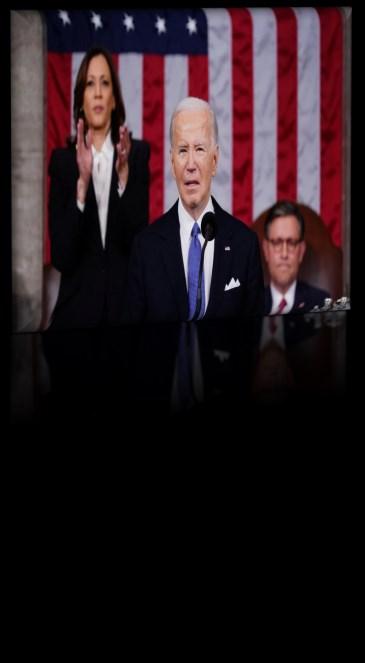
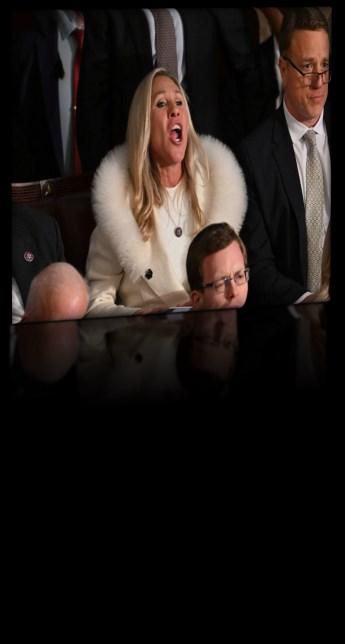
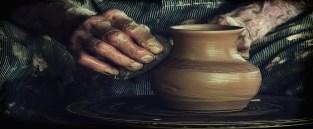


 By Rev. Dr. Harold E. Bailey
By Rev. Dr. Harold E. Bailey






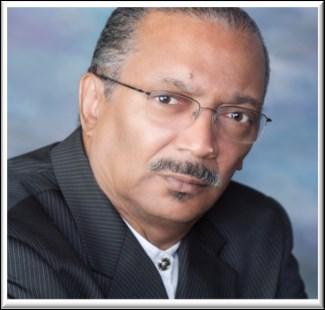





napologetically, I am an African American and offer no excuses for what God in His infinite wisdom created! It would be prudent for persons to recognize that God fearfully and wonderfully made me, and in that spiritual process I was shaped in the likeness of the Creator!





In the likeness of my Creator do I see myself how dare I be embarrassed!





is superior. Racism results in hatred, fear, and inhumane treatment toward someone because of the nation they are from or the color of their skin.

Xenophobia is defined as dislike of or prejudice against people from other countries. This, too, is a form of racism. This is a demonic spirit which is difficult to fight, but if believers carefully obey the voice of our Master and do all instructed, God will be an enemy to your enemies and an adversary to your adversaries. Exodus 23:22




followers to love one another despite profound trivialities and while in the face of political hatred; remember that the love of God covers a multitude of faults.



Worldly resentments and commotion against disciples are expected without cause, for they hated Christ and assassinated Him without a cause are we to be liken unto Christ? If so, ought we to pick up our cross and follow the Savior daily?









From the dust of the ground the loving Creator envisioned me in the 21st Century with all its turbulence and political divisions yet, the Savior of humanity fashioned that you and I would be alive for His glory, His honor, and His praise. Though different persons ridicule the complexion of my skin let them! Believers discern that the demonic spirit watches only to cast aspersions on those the Creator fearfully and wonderfully made. God in infinite wisdom knew before the foundation of the world that the evil serpent would come only but to rob, steal, kill, and would destroy, if allowed!




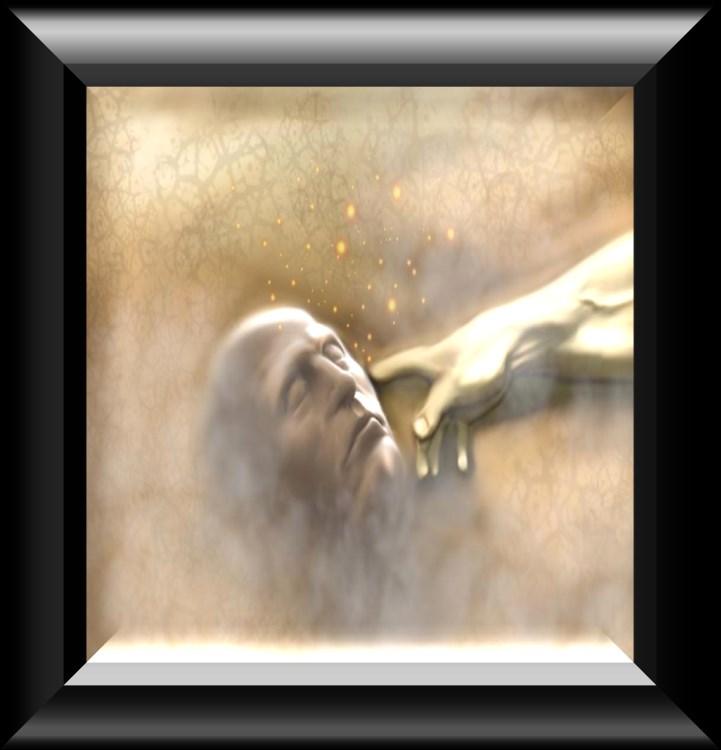




The Bible reassures believers to extend an open hand of fellowship to welcome every true believer irrespective of complexion, even if their faith is weak and immature. Rather than engaging in debates over mere opinions, the priority should be to live a life of peace, fostering harmony in relationships and strengthening and encouraging one another.

Coming against the color of my skin (which God made) is considered as racism: Racism is defined as prejudice, discrimination, or antagonism directed against someone of a different race based on the belief that one's own race





Christ before the foundation of the world, recognized resentment even as He gifted people of color with astonishing talents, why, God did this...who can know the mind of God?


The spirit of the living God instructs true
hite resentment has been a persistent undercurrent in American society for decades, shaping the nation s social and political landscape. This article explores the historical roots, manifestations, and consequences of white resentment, shedding light on the complexities that have fueled this sentiment.

Understanding the Historical Context
Why ask for forgiveness for what God has done with and for you as a disciple! Smile in the face of political intolerance knowing whose you are... for you are crafted by the Creator of all humankind! The potter (God) knew specifically each detail as he created each person.


Finally, my brethren, be strong in the Lord, and in the power of his might. Put on the whole amour of God, that ye may be able to stand against the wiles of the devil. Ephesians 6:10 24














2. Economic Anxiety and Globalization (1980s 1990s): Economic shifts and globalization led to job insecurities, with some whites perceiving minorities as competitors for opportunities. The resulting resentment intertwined economic concerns with racial anxieties, contributing to a divisive sociopolitical climate.





3. Rise of Identity Politics (2000s 2010s):




1. The Post Civil Rights Era (1960s 1970s):



White resentment gained momentum as the Civil Rights Movement challenged longstanding racial hierarchies. Desegregation efforts and affirmative action policies stirred apprehension among some white individuals who felt their traditional privileges were under threat.











The emergence of identity politics intensified racial tensions. Some whites felt marginalized or silenced, perceiving a shift towards prioritizing minority perspectives. This period saw the rise of the white grievance” narrative, fueling resentment against perceived cultural and political shifts.


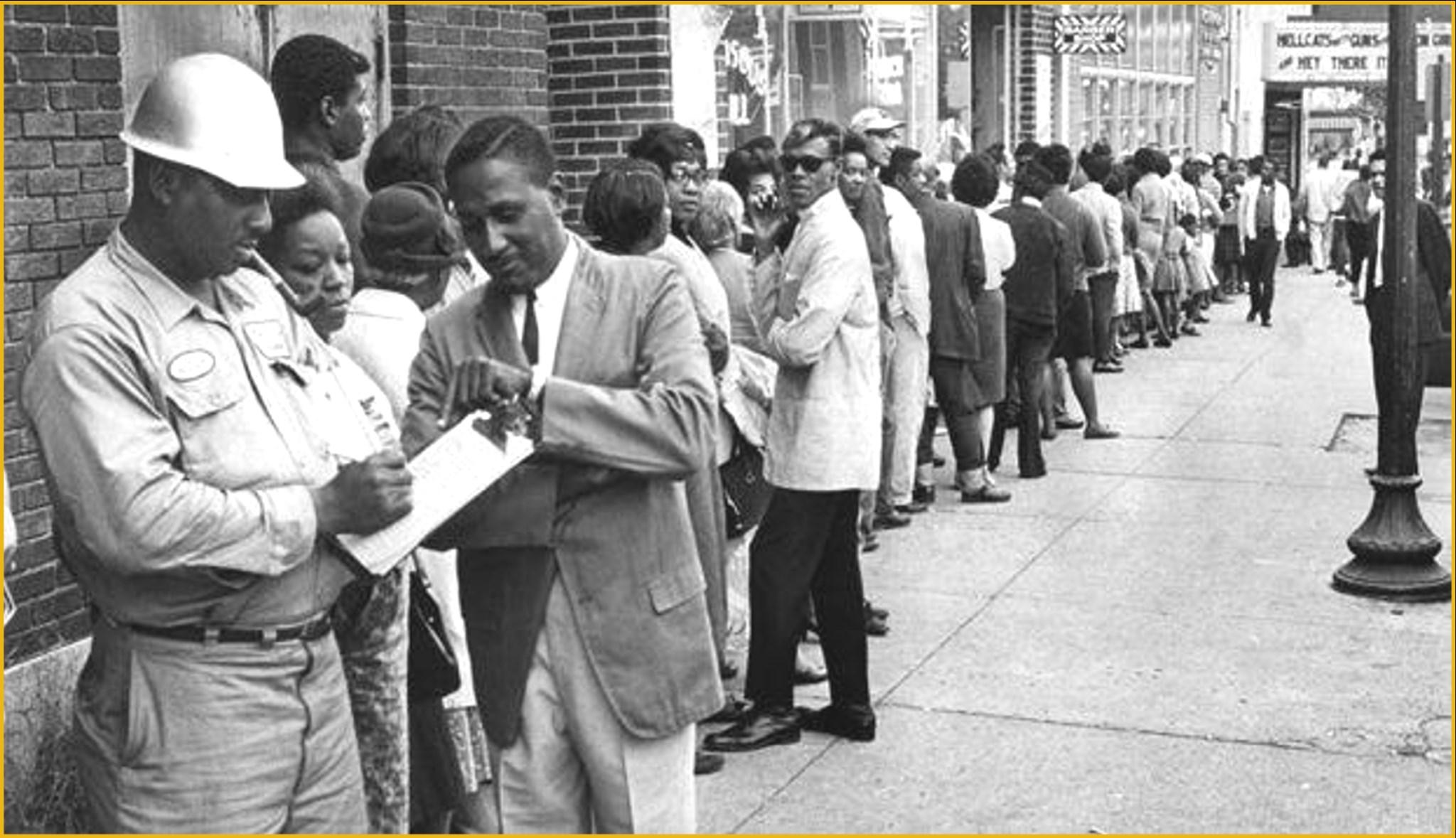

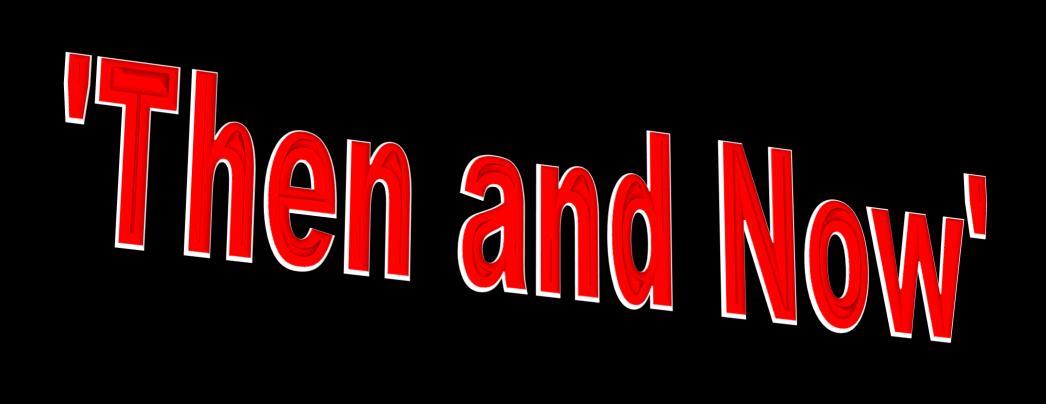
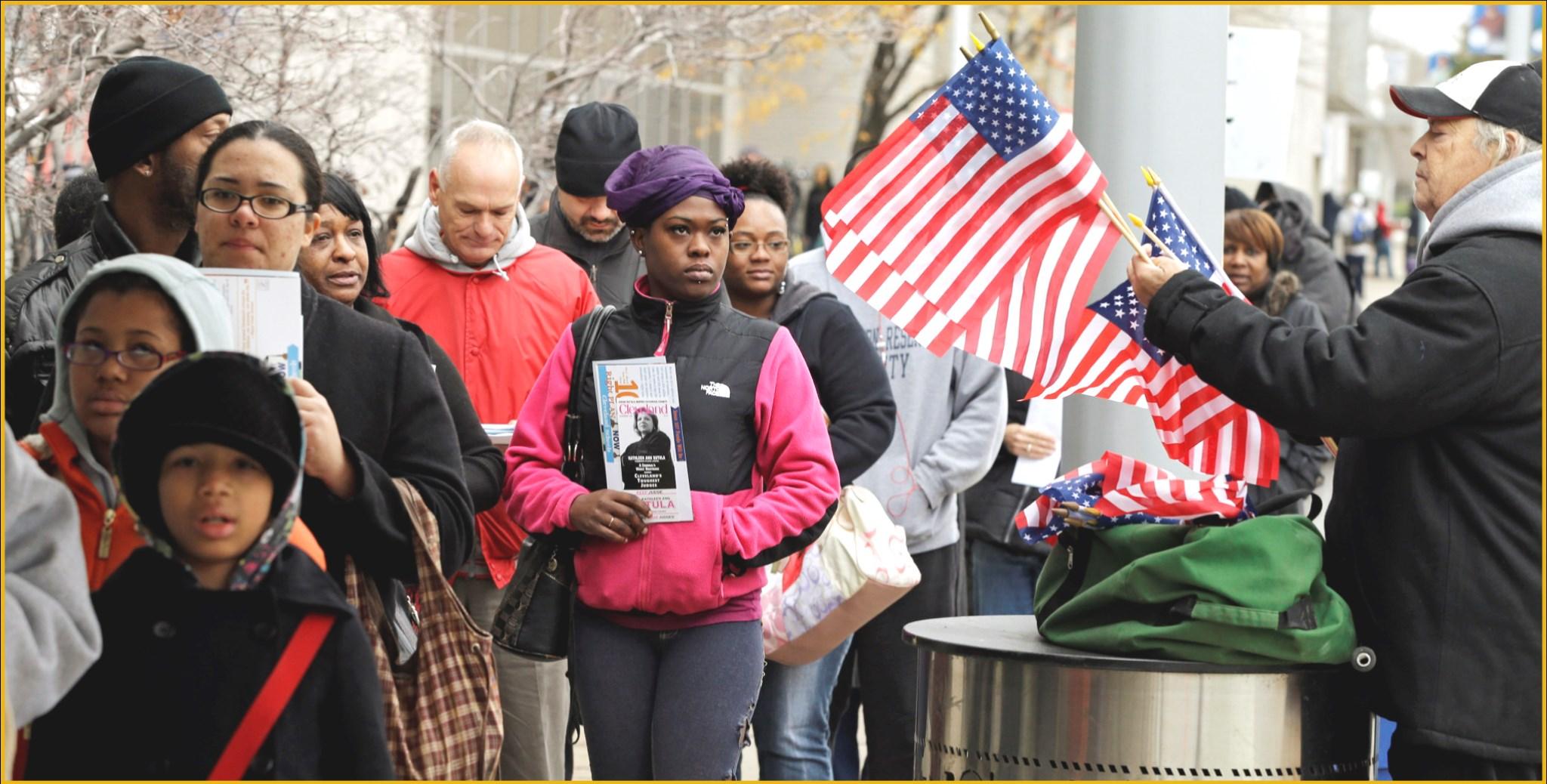



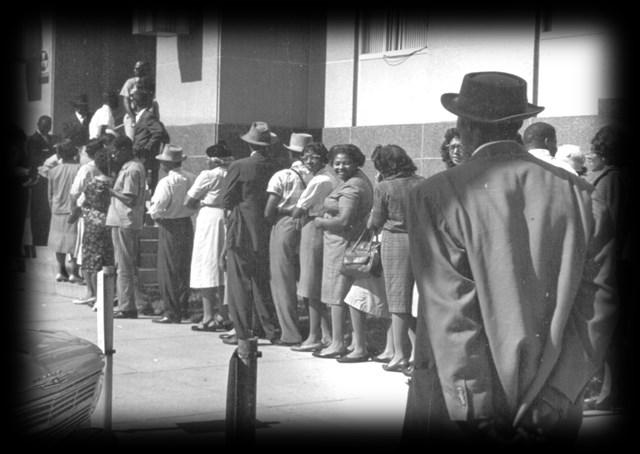
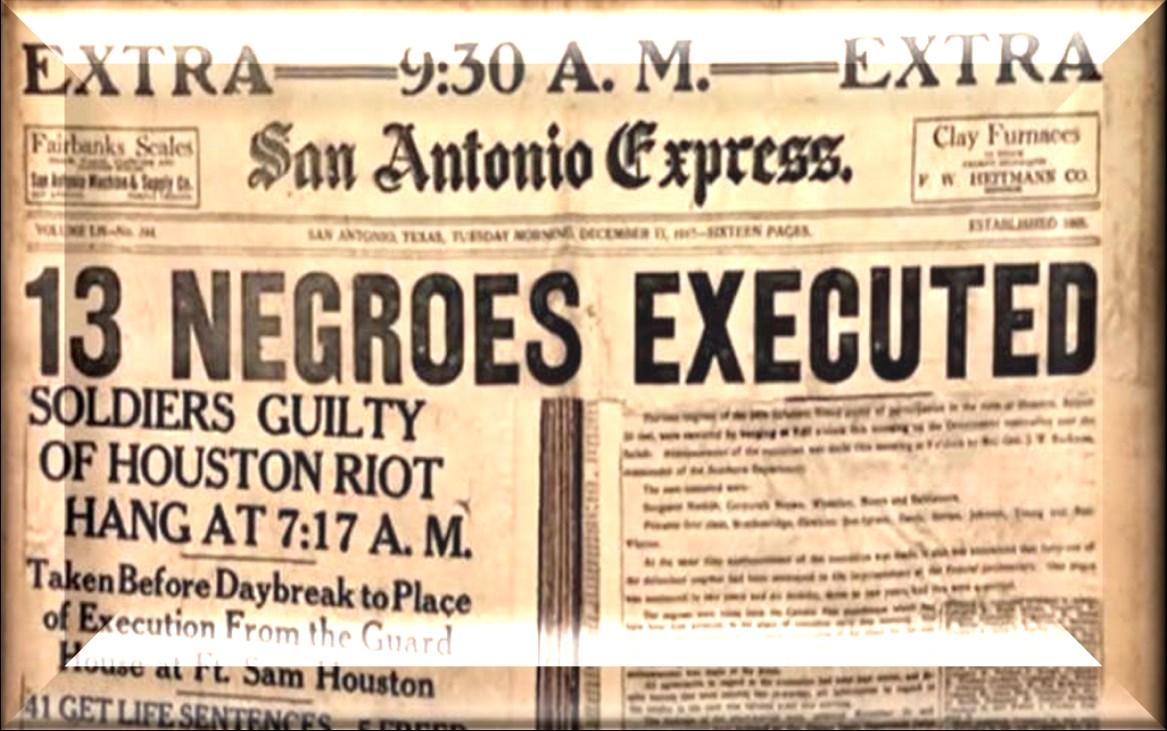

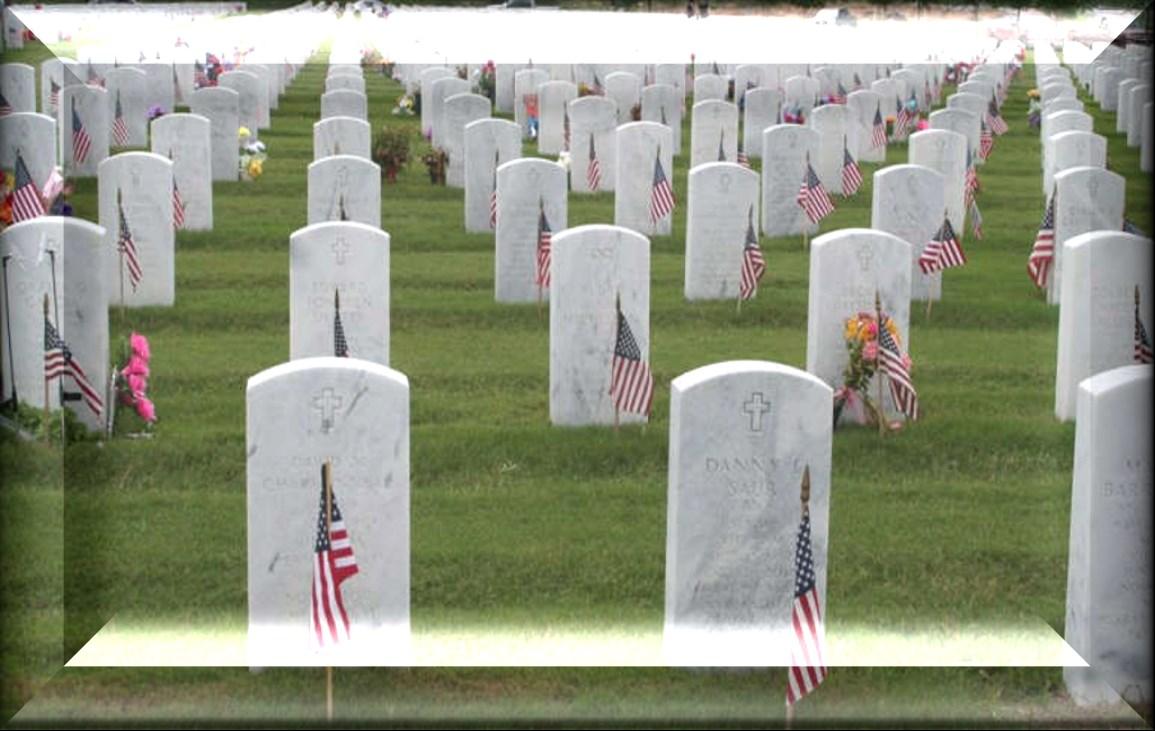


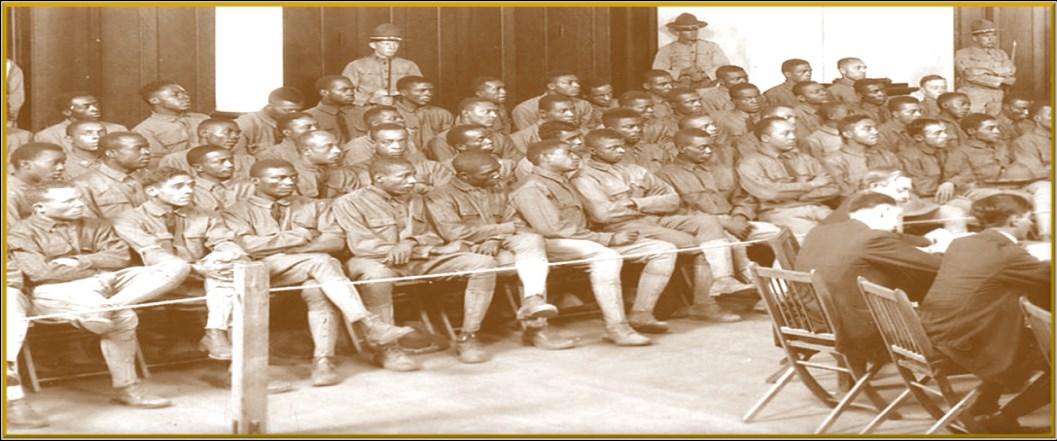
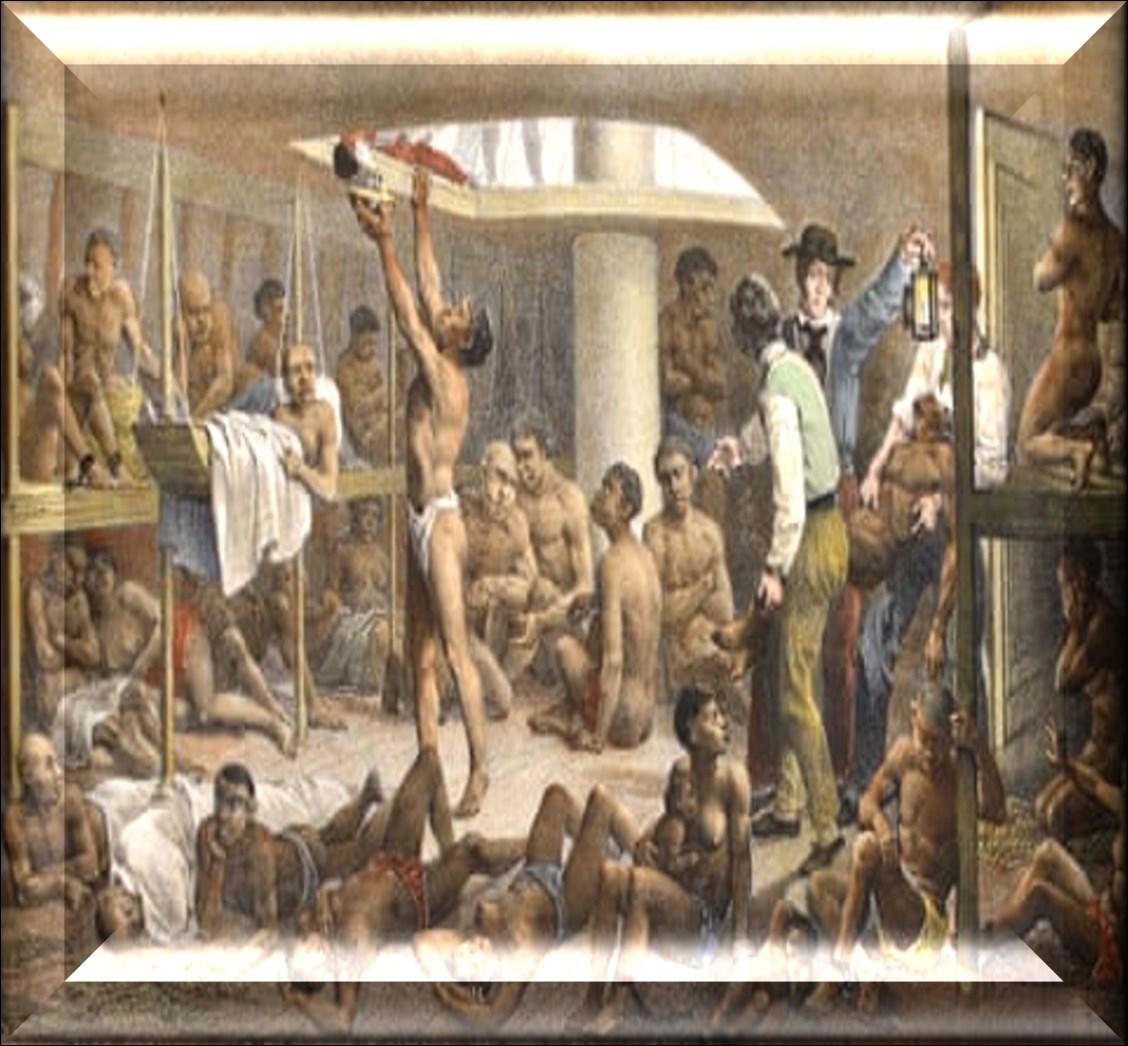

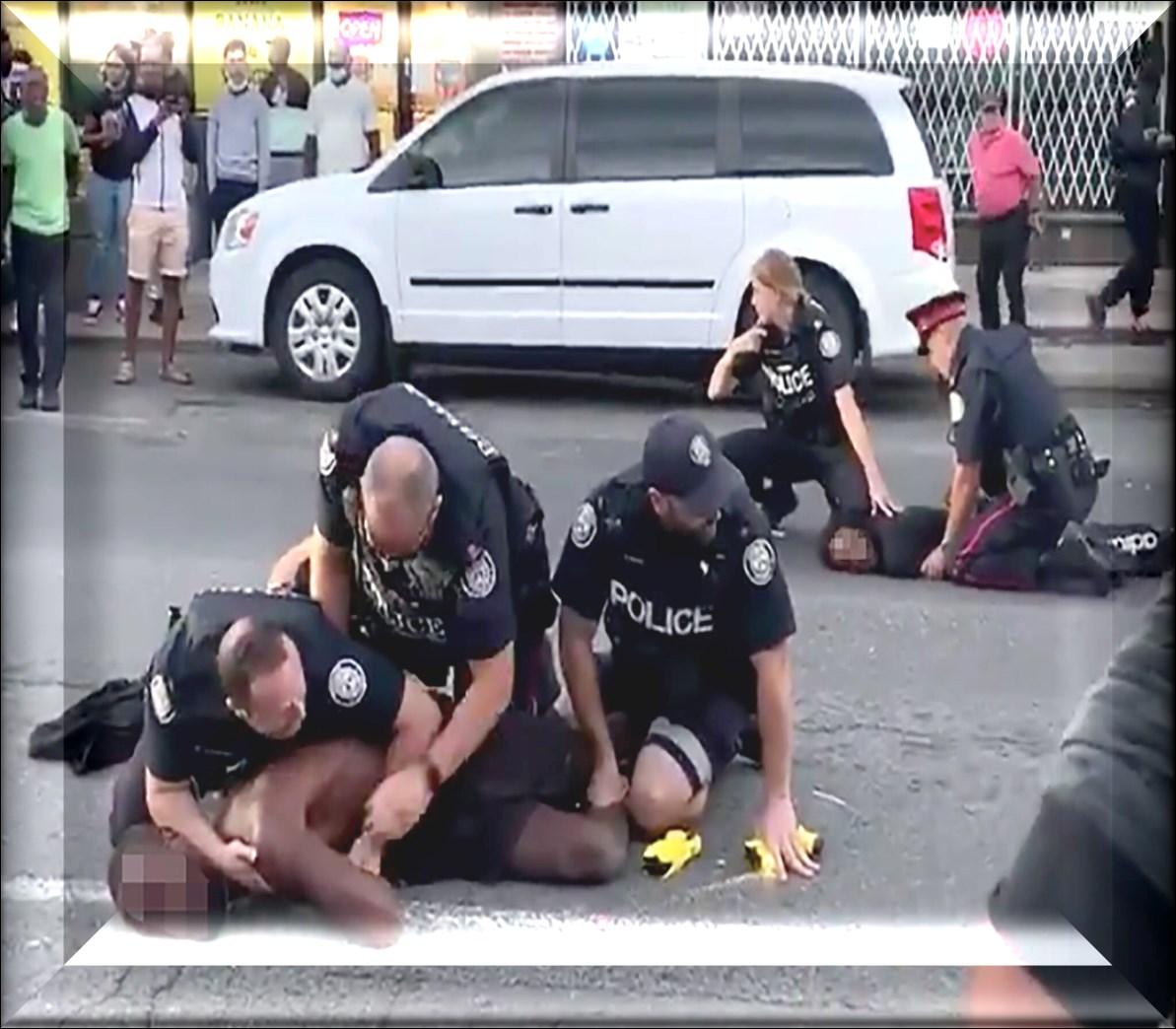
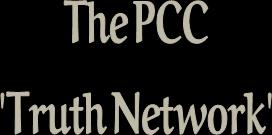
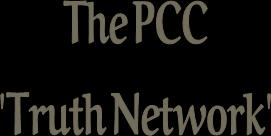

ormer President Donald Trump recited a statement that has become a fixture of his reelection campaign: “I have done more for the African American community than any president with the exception of Abraham Lincoln.”
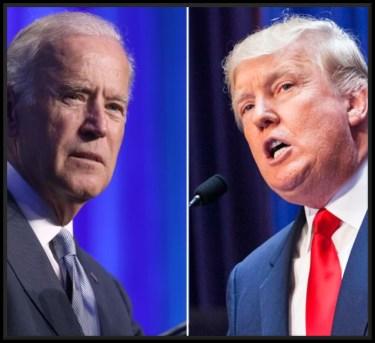
Over the years, Trump has shouted this from the campaign rallies and as a play to Black voters, a counter message to his racist rhetoric. Trump said, “We’ve done more for African Americans than the broken Washington establishment has done in more than 30 years” and rising to the bold “No president has done more for our Black community”.
Trump once tweeted a statement bragging about what he has done for Black Americans. It came just days after George Floyd, a 46-year-old Black man, was killed by Minneapolis police officers, setting off unrest and protests for Black lives across the country. He had not actually addressed the reason for millions of people marching in the streets: the institutional racism in policing.
The tone-deaf display continued when in his first address since announcing he had evaluated positive for the coronavirus, Trump confidently shouted the claim to hundreds of Black and Latinx voters standing on the White House South Lawn: “Nobody can dispute it. Nobody can dispute it. It is true. Nobody can dispute it.” The very fact that the president encouraged Black people to assemble in his name just days after his diagnosis, forgoing social distancing and despite the devastation the virus has wrought on Black and Latinx communities, one could argue undermined his message.
While Trump may be confident in his claim of having done the most for Black Americans, his record begs to differ. He has repeated “wins” on efforts on criminal justice reform and the economy as the reasons he’s been the best president for Black America since Lincoln who signed the Emancipation Proclamation, freeing enslaved people in the Confederacy, and clearing the way for the ratification of the 13th Amendment, which abolished slavery across the US but rarely does Trump put his supposed “wins” in

context. For example, Trump often tries to take credit for a decline in violent crime, though the downward trend predates him by many years.
Trump’s “since Lincoln” bit is also untrue on its face: Ulysses S. Grant created the Department of Justice and pushed for the prosecution of the Ku Klux Klan; Franklin Delano Roosevelt’s Justice Department pushed for poll tax repeal; Harry S. Truman desegregated the military; Lyndon B. Johnson through Great Society legislation signed the Voting Rights Act, the Civil Rights Act, and the Fair Housing Act, and desegregated hospitals in the South through the Social Security Act Amendments of 1965; and Barack Obama, the first Black president, passed the Affordable Care Act, which has reduced racial disparities in health care.
Trump, meanwhile, has disregarded how his strategy and policies do not help Black com-

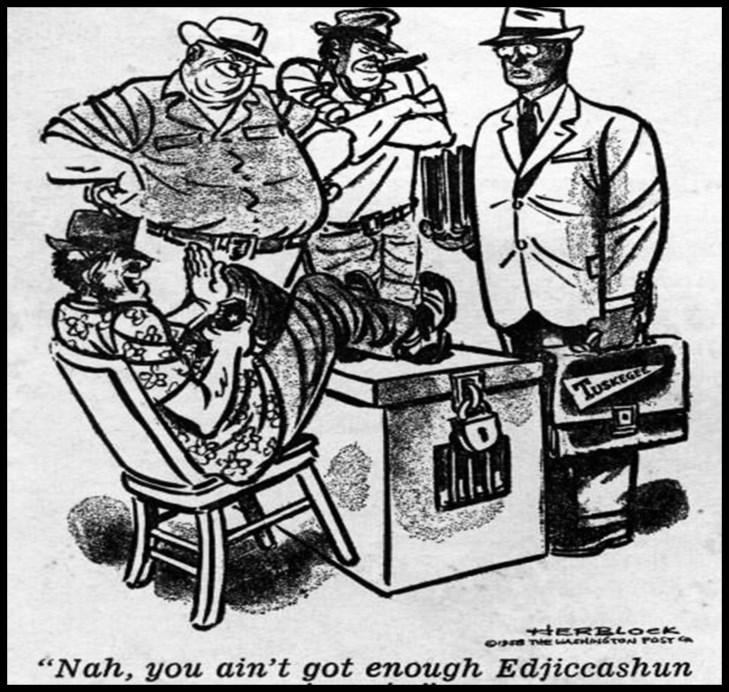
munities from his rhetoric that sows division to his inaction in addressing the coronavirus pandemic that has killed 1 in 1,000 Black people in the US.
Trump passed a significant criminal justice reform measure, but his administration has worked to undo it.
Standing before hundreds of Black and brown supporters, Trump said that America has reached a “historic reduction of violent crime” during his presidency. “We signed a landmark criminal justice reform bill that nobody thought was possible to think about. I
did that. I did that. I got that done,” he said. In December 2018, Trump did indeed sign the First Step Act, which made “the most substantial changes in a generation” to “tough on crime” laws that increased the federal prison population by 700 percent since 1970.
Since Trump signed the measure into law, more than 3,000 people have been released from federal prison due to the law’s “good time credits,” which provide early release for well-behaved inmates; hundreds have been released into the elderly home confinement pilot program, which places older federal inmates in home confinement before the end of their prison term; and more than 2,000 people 91 percent of whom are Black received sentencing reductions because the First Step Act retroactively applied the Fair Sentencing Act of 2010 (a law Obama passed), reducing the sentencing disparity between crack and cocaine charges.
While changes are substantial, many have pointed to the areas where the act fails and why Trump cannot take full credit for the initiative.
As Catherine Kim reported for Vox, Trump’s Justice Department, under Attorney General Bill Barr’s direction, has “attempted to block hundreds of eligible beneficiaries” from being released and has tried to send those who have been released back behind bars, according to the Sentencing Project. “The department has tried to freeze applications or re-incarcerate former inmates by setting higher standards for their release,” Kim wrote.
Moreover, Trump has failed to mention how the bill was the “culmination of several years of congressional debate” over how to reduce the size of the federal prison population and maintain public safety, according to the Congressional Research Service. The law is a scaled-down iteration of the Sentencing and Reform Corrections Act that was introduced in Congress in 2015.
Proponents of the law have also pointed out that its effects on the size of the federal pris on system will be minimal. Vox’s German Lopez reported:
The law may let thousands of federal in Continue on page 35.
Continued from page 34.
mates out early, but, as Stanford drug policy expert Keith Humphreys noted in the Washington Post, more than 1,700 people are released from prison every day already so the First Step Act in one sense only equates to adding a few more days of typical releases to the year.
While much of what Trump has touted did not originate with him, this summer he had the opportunity to create his own criminal justice agenda when protests swept the country over the police shootings of Black Americans like Breonna Taylor, the 26-yearold killed in her home in Louisville, Kentucky, and Jacob Blake, the 29-year-old who survived after police shot him in the back several times in Kenosha, Wisconsin. Instead, Trump claimed that the phrase “Black lives matter” is a symbol of hate and responded to the unrest by celebrating law enforcement, directing them to meet the protesters with force and violence.
Trump’s dismissal of the Black Lives Matter movement’s repeated calls for police and criminal justice reform, coupled with his “law and order” rhetoric rhetoric that incites violence and that has long been racist counters the police reform efforts he touts. Trump signed an executive order that called for more training for police officers and the establishment of a national database of police misconduct, among other actions all steps that fall far short of the transformative changes that activists have called for.
Early on, Trump made his tone clear when he tweeted, “When the looting starts the shooting starts,” focusing on the small number of people ransacking property and giving truly little attention to the families burdened by police violence.
Trump has also tried to take credit for the reduction in violent crime nationwide, but he inherited the downward trend that has been in effect since 2000. Trump has tried to argue that because he expresses support for and honors police officers unlike Obama criminals have been less inclined to commit crimes. Yet researchers have not been able to prove a link between rises in homicides and “disrespect for the police.” According to economists at the Brennan Center, by claiming that he is responsible for lower crime rates, Trump is promoting dangerous misconceptions about the relationship between crime and policing.
Black employment gains before the pandemic were real but not the result of Trump’s presidential term.
Trump has repeatedly patted himself on the back for achieving “the lowest Black and Hispanic unemployment rate in the history of our country.”
Before the pandemic hit, the unemployment rate for Black Americans reached an all-time low (since the Bureau of Labor Statistics started keeping track in 1972) at 5.9 percent in May 2018. But as many have pointed out, the decline in the Black unemployment rate began during President Obama’s presidency.
Even as the overall unemployment rate dropped after a sharp rise in March, the Black unemployment rate remained higher. White Americans have found work more quickly overall, and the employment gap persisted, even as further economic relief from the government remains nowhere in sight. The continued failure to contain the coronavirus epidemic makes a full recovery even more difficult.
Trump also choose not to mention the kinds of jobs that Black Americans occupy. A Brookings Institution report found that Black Americans are overrepresented in low wage, undervalued “essential” jobs in which they are more likely to die due to factors like the coronavirus.
According to an Associated Press factcheck, household median income was higher for Black people before Trump took office. Furthermore, Trump’s focus on the unemployment rate ignores other economic hardships that Black people face, like low rates of Black homeownership and low Black male labor force participation rates, according to the New York Times.
In the same breath, Trump has often celebrated the “opportunity zones” provisions included in the 2017 tax bill that he signed into law. While opportunity zones are supposed to encourage investment in high-need communities, according to a 2019 New York Times report, the program has mostly just benefited wealthy Americans making the investments and have not been proven to help under resourced communities. The early beneficiaries of the tax breaks are billionaires... and Trump family members for “highend apartment buildings and hotels, storage facilities that employ only a handful of workers, according to the report.
Trump’s claims on poverty do not tell the full story of racial disparity.
Trump cites declining poverty rates before the pandemic as proof of his success. “Black and Hispanic American poverty reached the lowest ever in the history of our country,” Trump said at the White House event earlier
this month.
According to census data, Trump’s claim is correct but ignores the major disparities that remain. According to the data, the US poverty rate was 10.5 percent in 2019, the lowest since 1959, when data was first collected and released on this scale, with an 18.8 percent poverty rate for Black people and a 15.7 percent poverty rate for Hispanics.
Despite these historic lows, Black and Hispanic people are overrepresented in the poverty population relative to their representation in the overall population. According to the data, Black people represented 13.2 percent of the total population in the United States but 23.8 percent of the poverty group almost two times greater than their portion of the general population. Hispanics comprised 18.7 percent of the total population, but 28.1 percent of the population was in poverty 1.5 times more than their share of the population. Rerun: NY times.


Officials deny all charges
By Chinta Strausberg
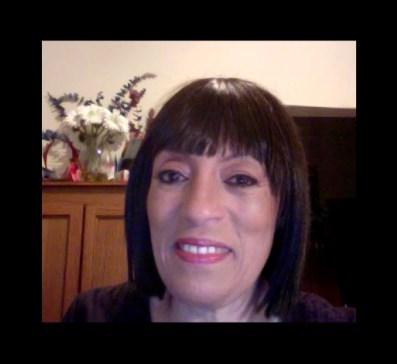


“living hell” being denied social interactions with children, enjoyment of holidays, by 1800 Century Jehovah Witness man-made rules that still ban women from preaching, talking, or praying if men, even an 8year-old boy, are present.
Erica Nanton, a mother of a four-yearold son, was born into a five generations of Jehovah Witnesses, and she still has nightmares about how she was stifled, threatened, isolated, and punished in her childhood if she broke any rules of the archaic religion that even bans dating outside of her religion.
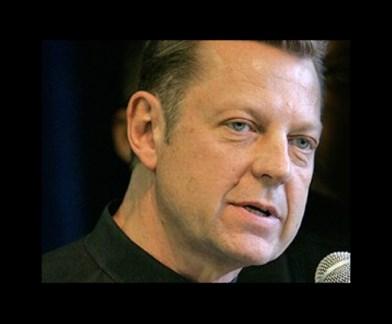

Calling the 8.6 million Jehovah Witness religion “a cult,” When she reached the majority age of 18, Nanton broke those religious chains and not only sees herself as a free woman, but now an organizer for the St. Sabina Church headed by Father Michael L. Pfleger fighting to help save the Black community from gun violence as a social justice agent for change.
She caught the eye of Father Pfleger when she marched for 200 miles over 15 days in May of 2017 from Chicago to Springfield, carrying a cross, as part of the Fair Economy Illinois coalition to raise the Cook County minimum wage to $13 an hour as part of a People and Plant First budget.
Written on that wooden cross was the name Elijah Murphy, a father of four who was fatally shot in November of 2016 in front of his daughter while on his way to work in the Back of the Yards
community. Nanton carried that cross as a reminder of 800 similar gun violence victims who had died the year before. She continues that fight today, but as a Jehovah Witness she would be banned from doing so.
And now more than seven years later, a freed Nanton is not only marching on various social justice issues including more federal funds to end homelessness, but now a Christian with a mission to let people know the truth about the Jehovah Witness religion.
Growing up, Nanton said she was
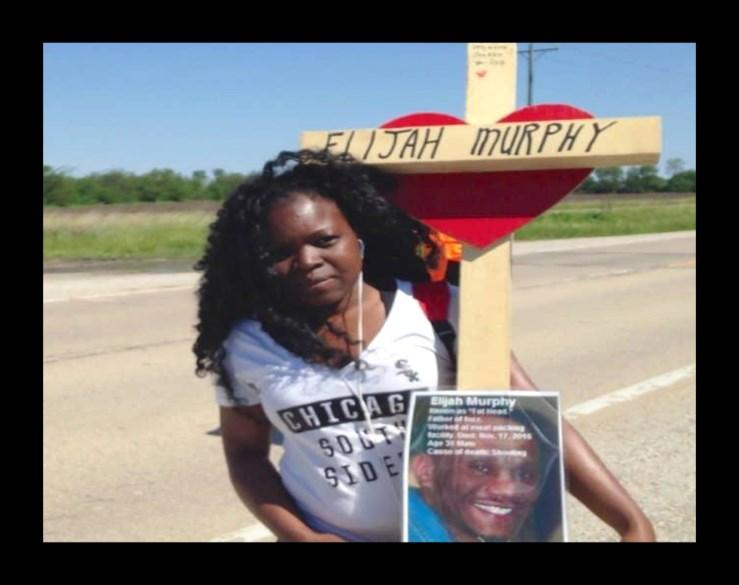


taught that Christianity was a “false religion.” She remembers being banned from celebrating birthdays, Christmas, Easter, Mother’s Day, Father’s Day. “I had to watch others enjoy these holiday days. It’s against the rules to be on this political show. It was a very difficult upbringing.
“Basically, Jehovah Witnesses feel everybody else is a lie and that includes every religion, anything you are interested in. Only they have the truth,” said Nanton. The one thing that really bothered Nanton was the practice of shunning by her religion.
“When I decided I no longer wanted to be a Jehovah Witness, I was shunned by my own mother and my brother,” said Nanton. “My mother doesn’t even know she has a grandson. “The Jehovah Witness religion is now facing numerous lawsuits because of this really horrible practice of shunning that is sep-
arating families.
“Why don’t they tell you the truth when they knock on your door and let people know if you join their religion and if your family member leaves the religion, you can’t talk to them anymore? It’s because nobody in their right mind would go along with that,” Nanton said.
“What I am doing now speaking out about that religion is being considered an actual enemy to the organization… public enemy one. No one is allowed to speak to me,” she said referring to current Jehovah Witnesses.
“I am considered one of the biggest threats to their control over people because I speak truth. They forbid people to not even look in my direction and that includes my mother and family.
“They try to kill your spirit, your psyche. I know parents who have left the Jehovah Witness religion, and they cannot visit their grandchildren. The Jehovah Witness religion tries to destroy your soul. It is sick.”
When asked how she survived the suppressive nature of this religion, Nanton said, “I was born into it and as a minor I had no choice, but the minute I was 18 I was out of there. Many Jehovah Witness people do the same thing. It’s like getting out of prison, but you are shunned. You lose your family.”
Nanton said as a Jehovah Witness if she were to date someone out of her religion, she would have to go before a tribunal of all men who even before young girls ask them how far did, they go on this date. “They ask the gory details from these girls like if they had vaginal or anal intercourse, was there ejaculations and if you kissed the man Their punishment depended on their answers.
When asked what the punishment is, Nanton said women could no longer raise their hands in meetings and are forced to be silent. They would be banned from going door-to-door to re-
cruit new members which is “attached to your salvation. Women have few rights in this religion.”
When asked who started the Jehovah Witness religion, Nance said it was founded in 1872 by Charles Taze Russell, a white man, who led a bible studies student movement in Pittsburgh, PA. Nanton’s Jehovah Witness roots go back to her great-grandmother who was the first to join the religion.
Nanton said members of your faith call her an “apostate” because she openly speaks out about the abuse against women in your faith. She says she is completely shunned by current members. “I am considered irredeemable and spiritually diseased” because Nanton says they feel she might “infect” other members by her freedom from their religion.
“They are not allowed to google anything about their faith,” but because she does do that and speak out, she is considered “very dangerous” to members of your faith.
Nanton says there are two kinds of punishments--private or public reproofs and if public, the elder male will announce your sins before the congregation. If it is a private reproof, you won’t be able to participate in meetings and have to be silent.
Globally, the Jehovah Witness religion has been losing legal battles like in Norway where they have lost their legal effort to regain the state financial support offered to all religious organizations, according to NEWS in ENGLISH. The court ruled that, “members must freely be allowed to join them or leave.”
In reaction to Nanton’s allegations, Jehovah Witness officials from their NYC headquarters told the Chicago Crusader, “Thank you for your inquiries. The claims made in your email are false.”
Denying allegations that women cannot be preachers, Jehovah Witness officials said, “Yes. All of Jehovah’s Witnesses are preachers, or ministers including several million women. As the Bible foretold, “many, many women spread the good news.” Psalm 68:11, NET
Bible.
“Women who are Jehovah’s Witnesses follow the example set by women in the Bible. (Proverbs 31:10-31) Although they don’t assume a leadership role within the congregation, they have a full share in the public ministry. They also teach Bible principles to their children. (Proverbs 1:8) By their words and actions, Witness women work hard to be an influence for good. Titus 2:3-5.”
Asked if a person can resign from their organization, officials said there are two ways they can do that “by formal request either orally or in writing or a person can state his decision that he no longer wants to be known as one of Jehovah’s Witnesses.
“Or they can “take an action that places him outside our worldwide brotherhood. (1Peter 5:9) For example, he might join another religion and make known his intention to remain part of it.1 John 2:19
To the question if a person no longer preaches or attends your meetings, does that constitute a resignation, officials said, “No, we do not. Resigning, or disassociating oneself, is different from becoming weak in faith. Often, those who for a time slow down or stop in their worship have not abandoned their faith but are suffering from discouragement. Rather than shunning such ones, we try to give them consolation and support. (1Thessalonians 5:14; Jude 22) If the person wants help, congregation elders

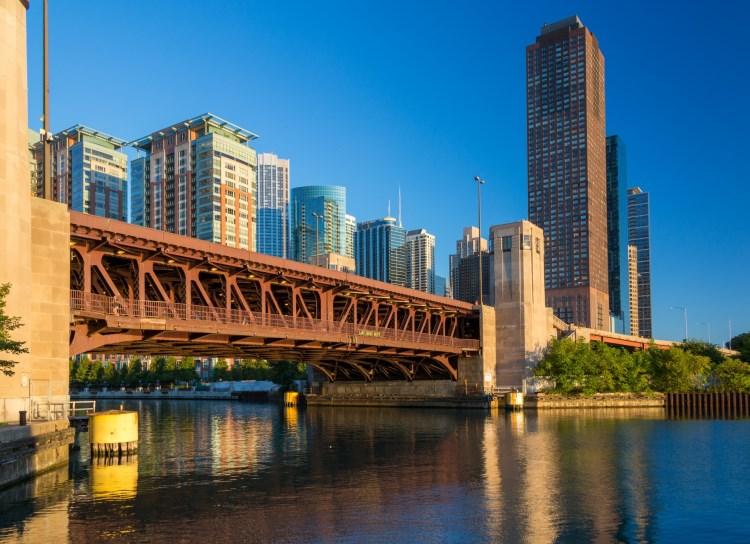
take the lead in providing spiritual assistance. Galatians 6:1;1 Peter 5:1-3.
“However, the elders are not authorized to coerce or pressure someone to remain as one of Jehovah’s Witnesses. Each person makes his own choice regarding religion. (Joshua 24:15) We believe that those who worship God must do so willingly, from the heart. Psalm 110:3. Matthew 22:37.
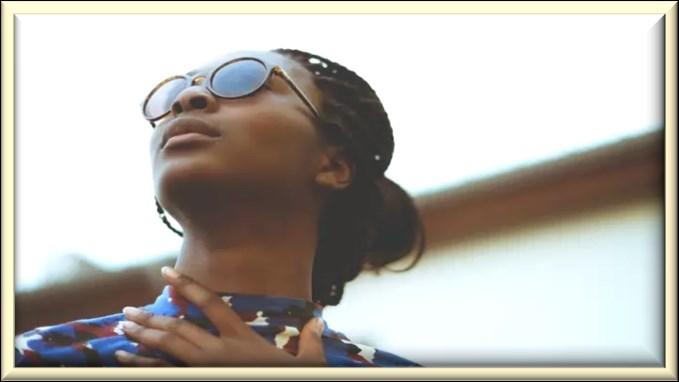




After 59 years,
t has been 59 years since 18-year-old Milton Lee Olive, III, grabbed a live grenade, placed it under his body allowing it to explode saving the lives of four of his comrades with the lone survivor, retired Army Captain Jimmy B. Stanford, still giving thanks for his paying the ultimate price.
Olive, whose family called him Skipper, was the first African American to have received the Medal of Honor during the Vietnam War. He willingly paid the ultimate price when on Friday, October 22, 1965, he spotted a live grenade, place it on his stomach allowing it to explode saving the lives of Stanford and three others of his comrades.
Stanford continues to ask himself why he survived when Olive could have easily thrown that device at him allowing his body to absorb the blast. “I keep a picture of Skipper in my house, and I look at him every morning and say, ‘Thank you, Milton.’ “Without him, I would not be here.”
Skipper, who was this writer’s cousin, was born a breech baby on November 7, 1946, in Chicago’s Englewood community to Milton B. Olive, II, and his wife, Clara, died hours later after Skipper was born.
His father asked this writer’s paternal grandparents, Jacob Augustus, and Zylphia Wareagle Spencer, to raise his newborn son, and they did until my uncle married Chicago Public School teacher Antionette Mainor.
Skipper lived with them for a while, but he kept running away to Lexington, Mississippi where his paternal grandparents lived. Skipper always felt my grandmother was his mother.

From Texas, Stanford, who appeared on WVON’s “ON THE CASE” talk show Sunday, November 5th, admitted he was raised a racist because that was how things were back then.
However, after young Olive saved his life as well as John “Hop” Foster, Lionel Hubbard, two Blacks, and Sgt. Vince Yrineo, a Mexican American, Stanford closed the door to racism and now mentor’s others who spew hatred towards Blacks. For four years, he worked in race relations.
“But I still can’t figure out why Skipper didn’t throw that grenade at me. He could have,” Stanford later told the Chicago Crusader. “I too saw that grenade, and I froze. I saw Skipper take that grenade” and watched while the device tore his body apart. “I will never forget that. It haunts me every day,” said 88-year-old Stanford.
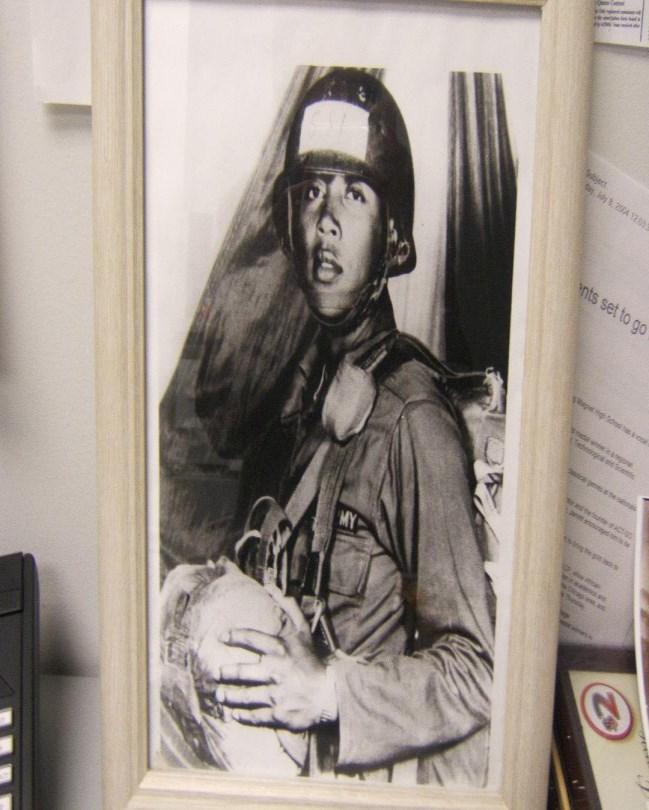



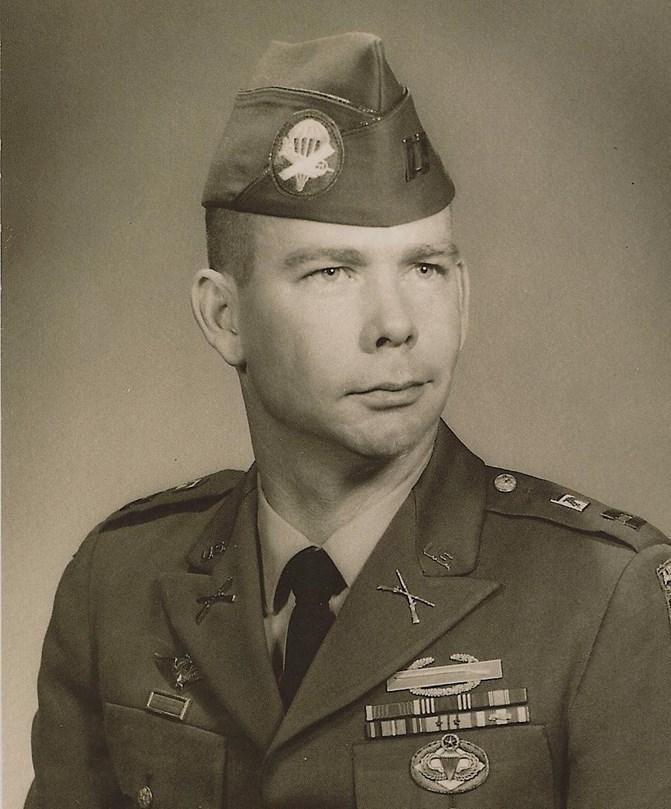
The last time Skipper ran away from home, he joined a Freedom Voter Registration drive in Mississippi. When his father found out, he called his son giving him three choices, go back to school, get a job, or join the military. Skipper chose the latter.

As a paratrooper, Skipper was injured and received a Purple Heart. According to my late cousin, Dr. Barbara Penelton, he told my grandmother, “I have to go back to finish my job.” The lives of the teenage war hero and Stanford were quite starkly different.
Joining Stanford on WVON, was Col. Eugene Scott, former publisher of the Chicago Defender who entered the Army in 1962, did not know Skipper but was aware of his unit. The 28-year Army veteran said Skipper’s unit was the first American unit sent to Vietnam in “a real enemy infested area. They were constantly having combat engagements. I did not know Skipper, but I think it was an act of courage and heroism what Skipper did,” Col. Scott told the Chicago Crusader.
Just days before the annual Veterans Day celebrations, Stanford said, “A lot of people thank veterans for their service, but no thanks are necessary because I had an obligation of duty to do this. It was also a pleasure to spend 24 years in the Army.”
Asked how he felt about Veterans Day, Stanford said, “Every day is Veterans Day and Memorial Day to me. I’m proud that I survived, but I didn’t survive by myself. I had help. I met Milton.”
Referring to Friday, October 22, 1965, while he was on a search and destroy mission in Vietnam along with Olive and three others in his unit, Stanford said, “It was hot and dry. We were tired, sweating, and thirsty. We got caught for the second time that day in an ambush. I lost two people that day,” he recalled referring to Yrineo and Foster.

Continue on page 41. Continued from page 40.
“I saw when Skipper grabbed that grenade,” recalled Stanford. “It was an American made grenade, but it didn’t mean that it came from our troops.” Explaining, Stanford said when shipments of ammunition arrived, part of the shipment went to the U.S. and part went to the Vietnamese Army. “A lot of it was sold on the black market by the Vietnamese soldiers,” he revealed.
“But I still wonder why Skipper threw it under him instead of throwing it on the other side of me,” Stanford said. “I have asked myself that many times.” At that time, Stanford had been in the infantry three or four days. He knew a couple of the sergeants, but he did not know Olive.
“Why did Skipper choose to die and me to live?” asked Stanford. “It would probably have killed both of us, but he could have easily thrown it beside me and let me absorb the blast. I saw the grenade, and I froze. I was scared. I knew that was it.”
Stanford is the recipient of a Purple Heart, a Bronze Star, a combat Infantry Badge, a Master Parachuter’s Badge, and a Meritorious award, but he credits Skipper for being able to achieve those acts of bravery by his paying the ultimate price.
Because of Skipper’s act of bravery, Stanford has 10 great-grandchildren, and all of the other three soldiers also have greatgrandchildren.

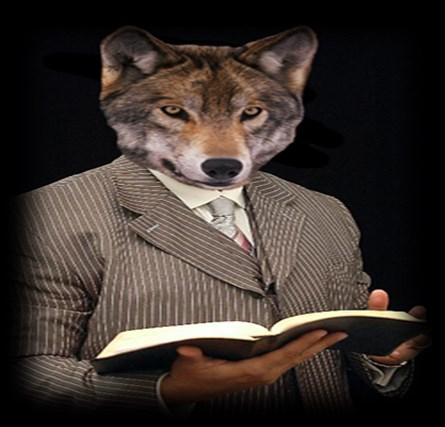
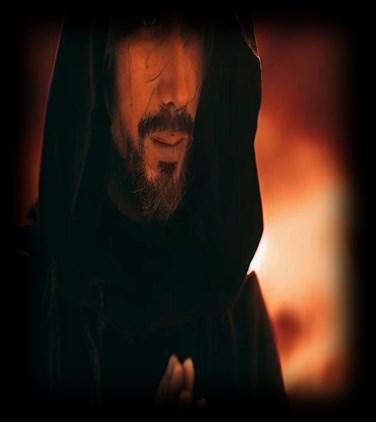

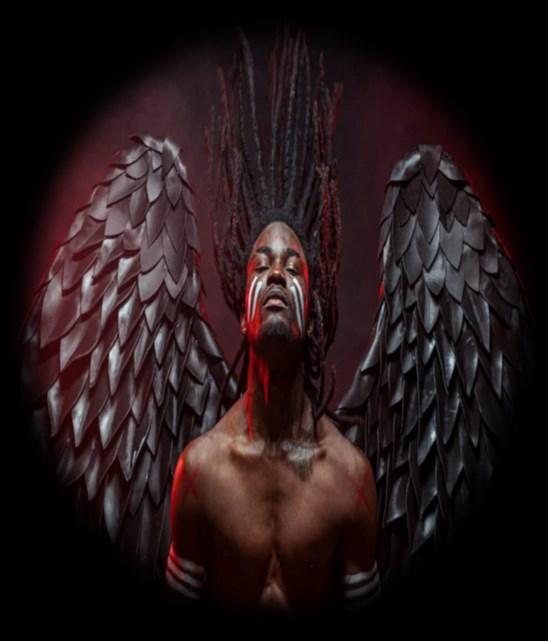
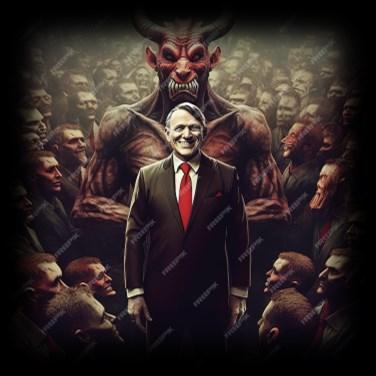



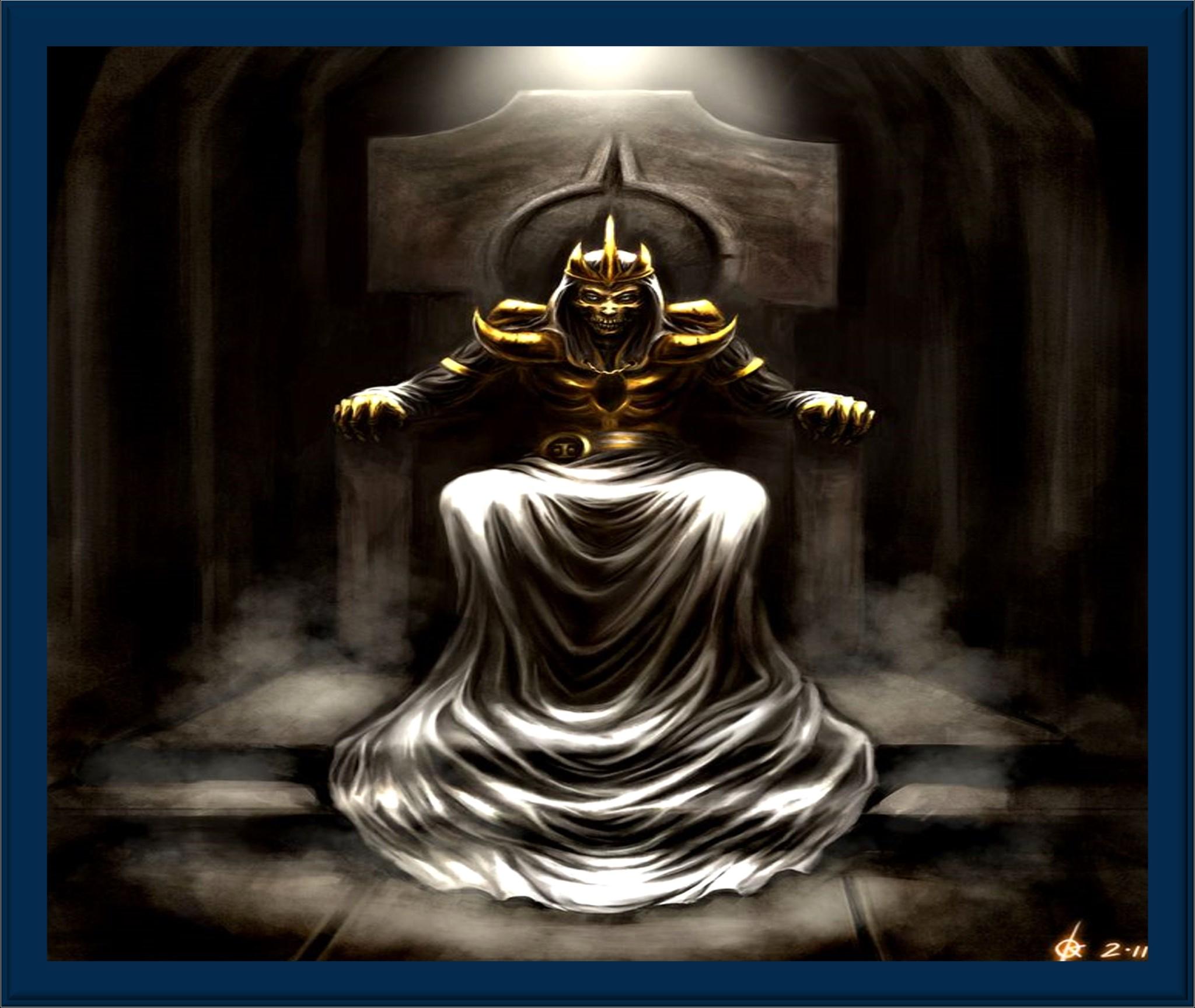


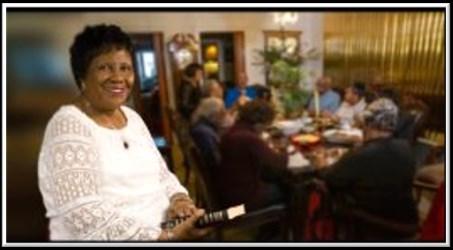

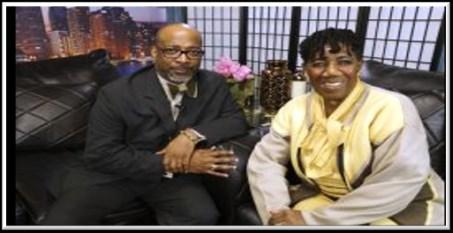
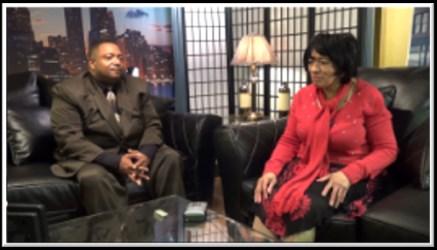


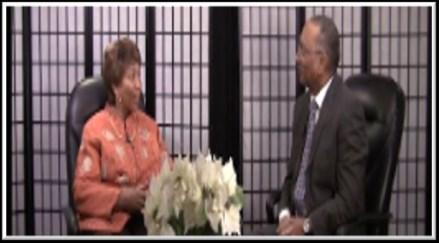


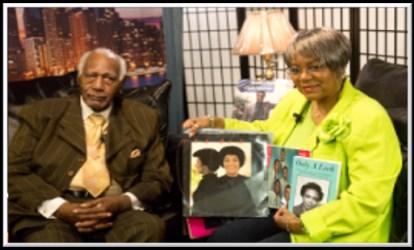


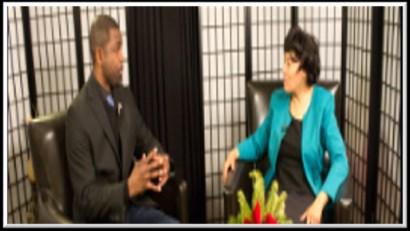
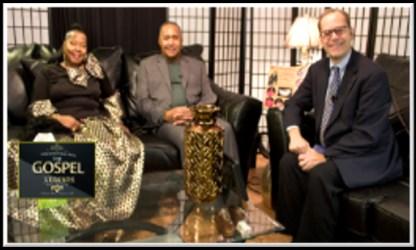




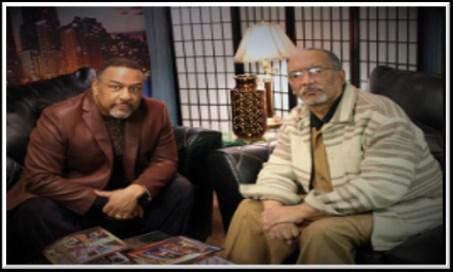


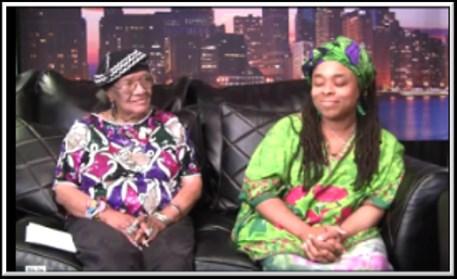
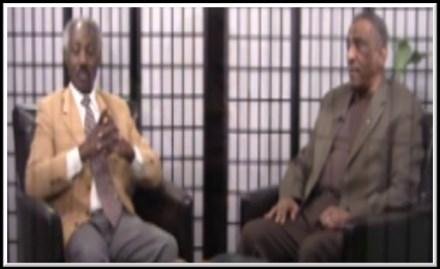


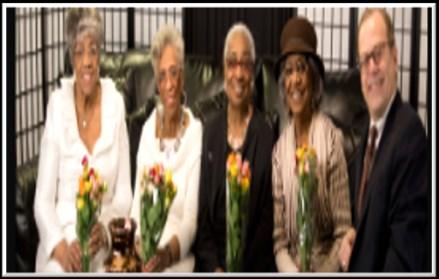
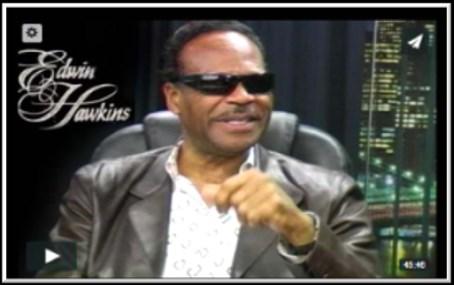




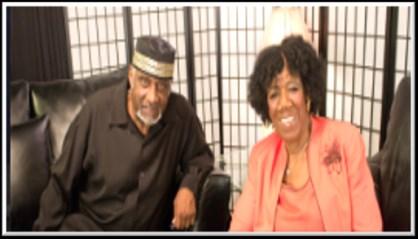
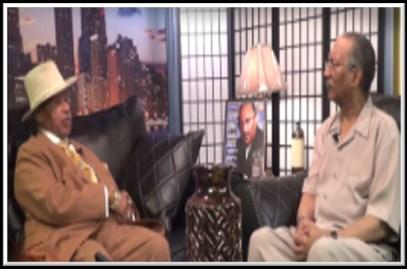




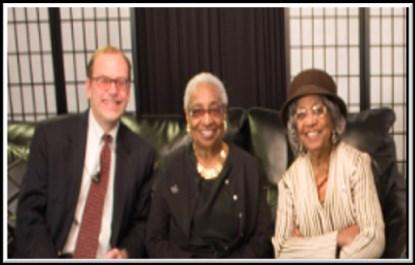
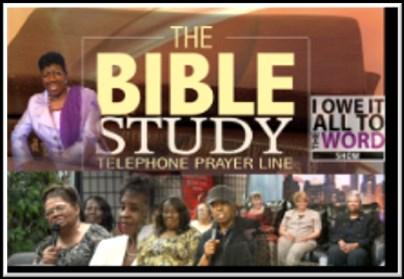






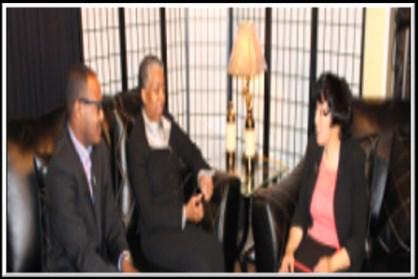
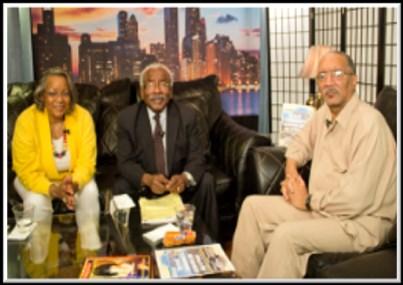
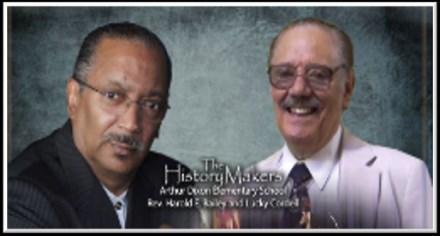
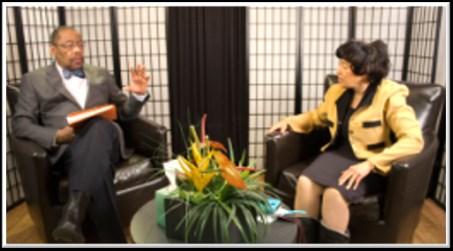





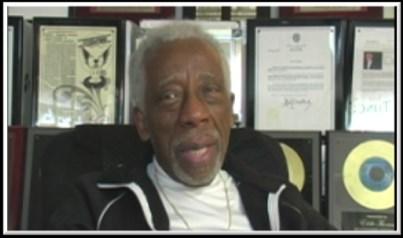
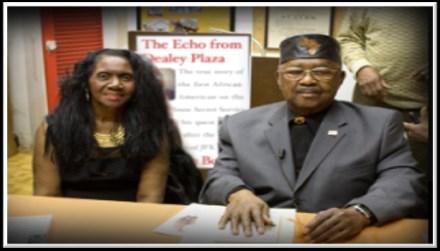



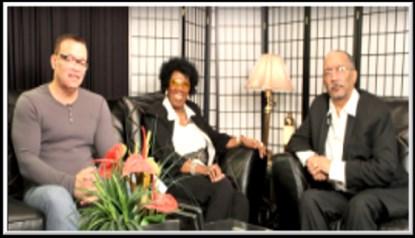
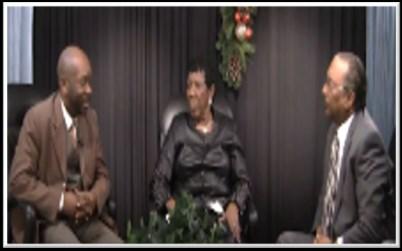


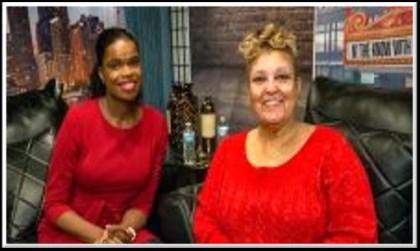


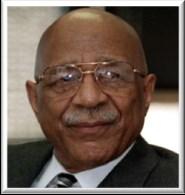

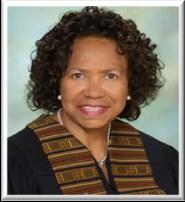

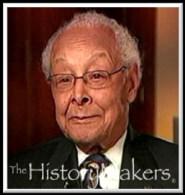


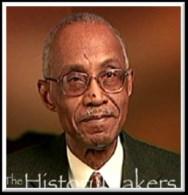

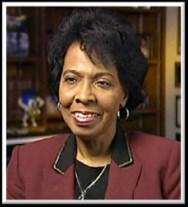


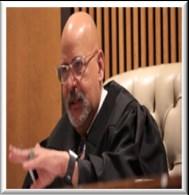

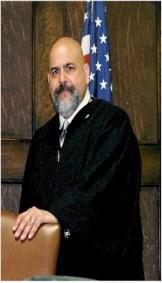


 BYJENS MANUEL KROGSTADANDMOHAMAD MOSLIMANI
BYJENS MANUEL KROGSTADANDMOHAMAD MOSLIMANI

he number of Black eligible voters in the United States is projected to reach 34.4 million in November 2024 after several years of modest growth. And Black eligible voters stand out for turnout rates that are higher than among Latino and Asian eligible voters.
Black voters could play an important role in determining the outcome of key 2024 elections, including for U.S. president. In Georgia, a closely watched swing state, Black Americans account for a third of eligible voters.
In 2020, 92% of single-race Black, non -Hispanic voters cast a vote for Democrat Joe Biden, while only 8% backed Republican Donald Trump, according to a Pew Research Center analysis of validated voters.
Ahead of the 2024 presidential election, here are five key facts about Black eligible voters in the U.S., based on our own projections for 2024, as well as Census Bureau data for earlier years. (Eligible voters in this analysis are defined as citizens ages 18 and older residing in the 50 states and the District of Columbia. Not all eligible voters are actually registered to vote. Detailed demographic information about Black eligible voters is available in the dropdown box at the bottom of this post.)
Key facts about Hispanic eligible voters in 2024
Black Americans are projected to account for 14.0% of eligible voters in the U.S. in November, according to Pew Research Center projections. The percentage of eligible voters who are Black has risen slowly in the past two decades. In 2012, for example, Black voters represented 13.2% of all eligible voters. In the last U.S. presidential election in 2020, they represented 13.5%.
At the same time, the number of Black eligible voters has grown steadily. Between 2020 and 2024, that number has grown by an estimated 7.1%, a slower
rate than among Asian eligible voters (15.3%) or Hispanic eligible voters (12.1%).
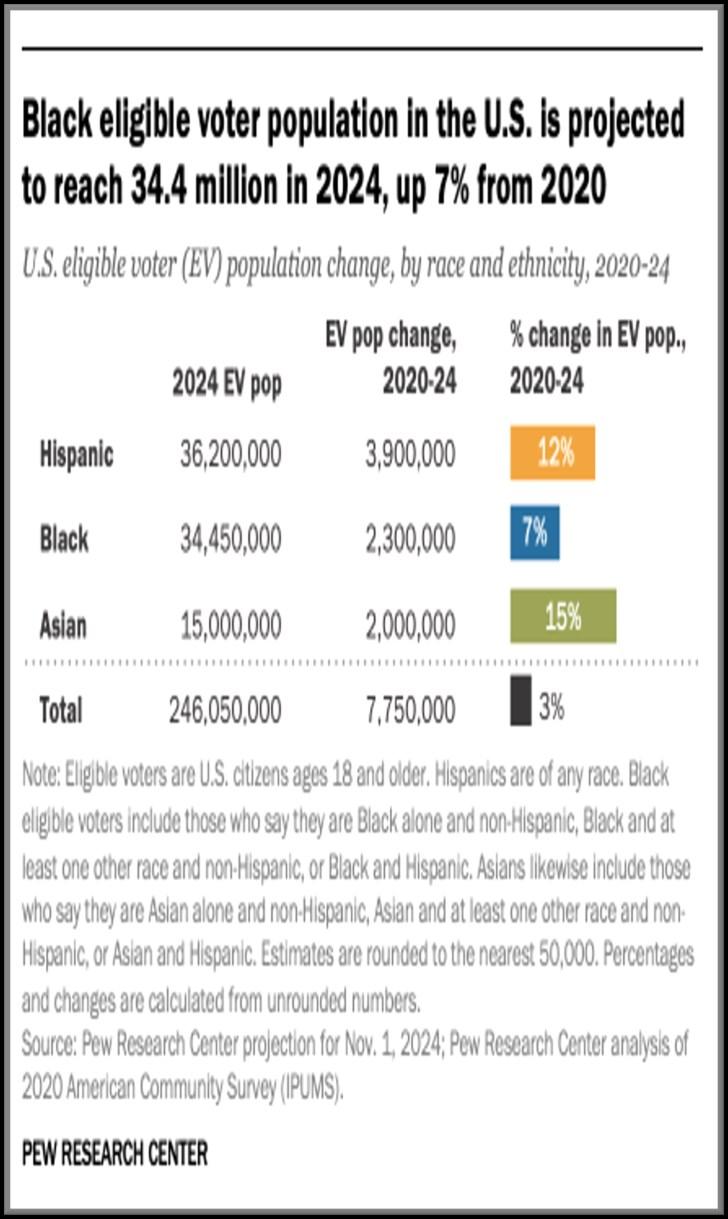
As of 2022, about half of Black eligible voters live in one of eight states. Texas
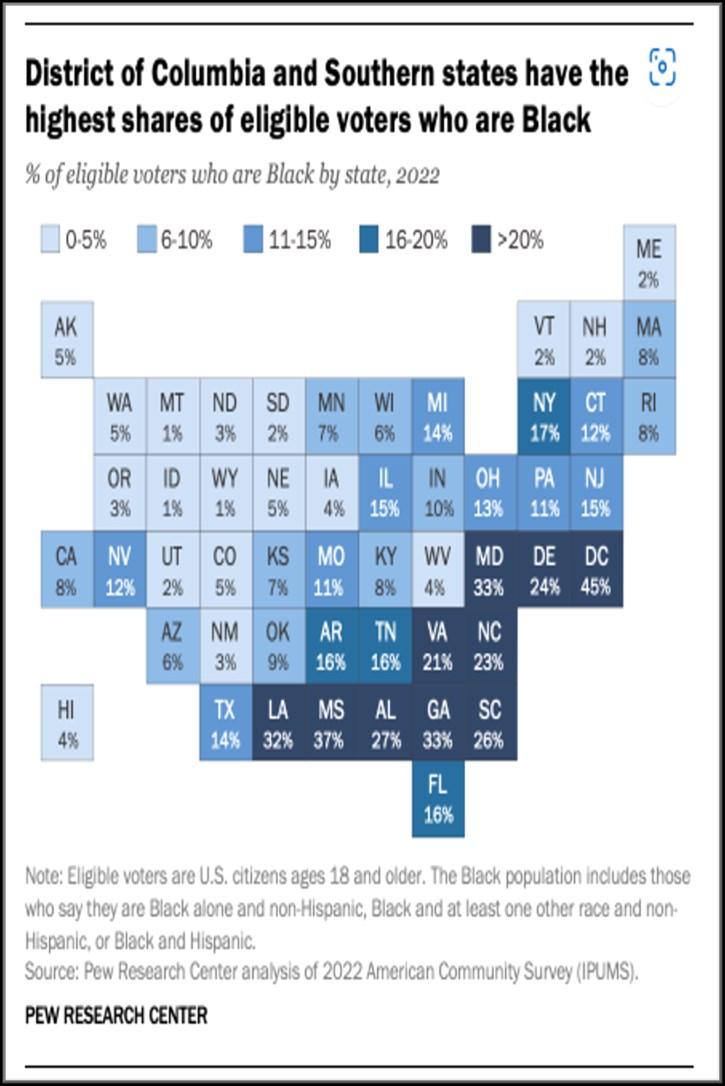
has the largest number, with 2.9 million, followed by Georgia and Florida (2.6 million each). Rounding out the top eight
are New York (2.4 million), California (2.0 million), North Carolina (1.8 million), and Maryland and Illinois (1.4 million each). Together, these states account for 52% of Black eligible voters in the 50 states and the District of Columbia.
Black voters made up nearly half (45%) of all eligible voters in the District of Columbia in 2022, a higher share than in any state. Other places with large shares of Black eligible voters are Mississippi (37%), Georgia (33%), Maryland (33%) and Louisiana (32%).
Regionally, more than half of Black eligible voters (57%) live in Southern states. The Midwest (17%) and Northeast (16%) have the next-highest shares of the nation’s Black eligible voters, while relatively few live in the West (10%).
About seven-in-ten Black people in the U.S. are eligible to vote, a higher share than among Hispanics and Asian Americans. Black Americans are more likely to be eligible to vote than some other groups because a high share are ages 18 and older (73%) and an even larger share are citizens (96%).
Nevertheless, the share of the Black population that is eligible to vote varies considerably by state. While 74% of all Black residents of Alabama, D.C. and South Carolina are eligible to vote, fewer than six-in-ten are eligible in Minnesota (55%), Utah (55%) and Iowa (53%).
Black eligible voters differ from the overall population of eligible voters by age, education and other factors.
Around one-in-four Black eligible voters (23%) have a bachelor’s degree, lower than the share among all U.S. adults eligible to vote (33%). Another 34% of Black eligible voters have some college education or an associate degree. The remaining 43% have a high school diploma or less, compared with 36% of all eligible voters.








